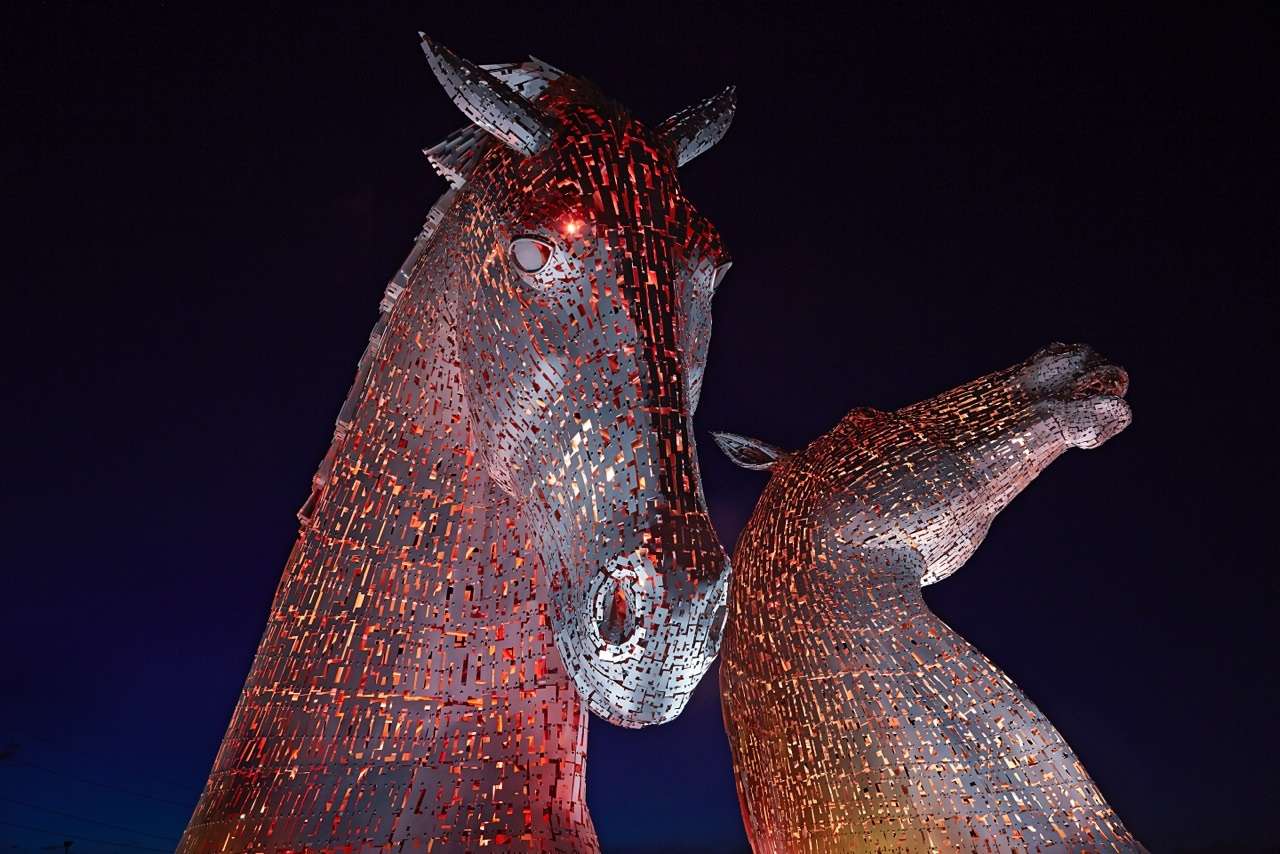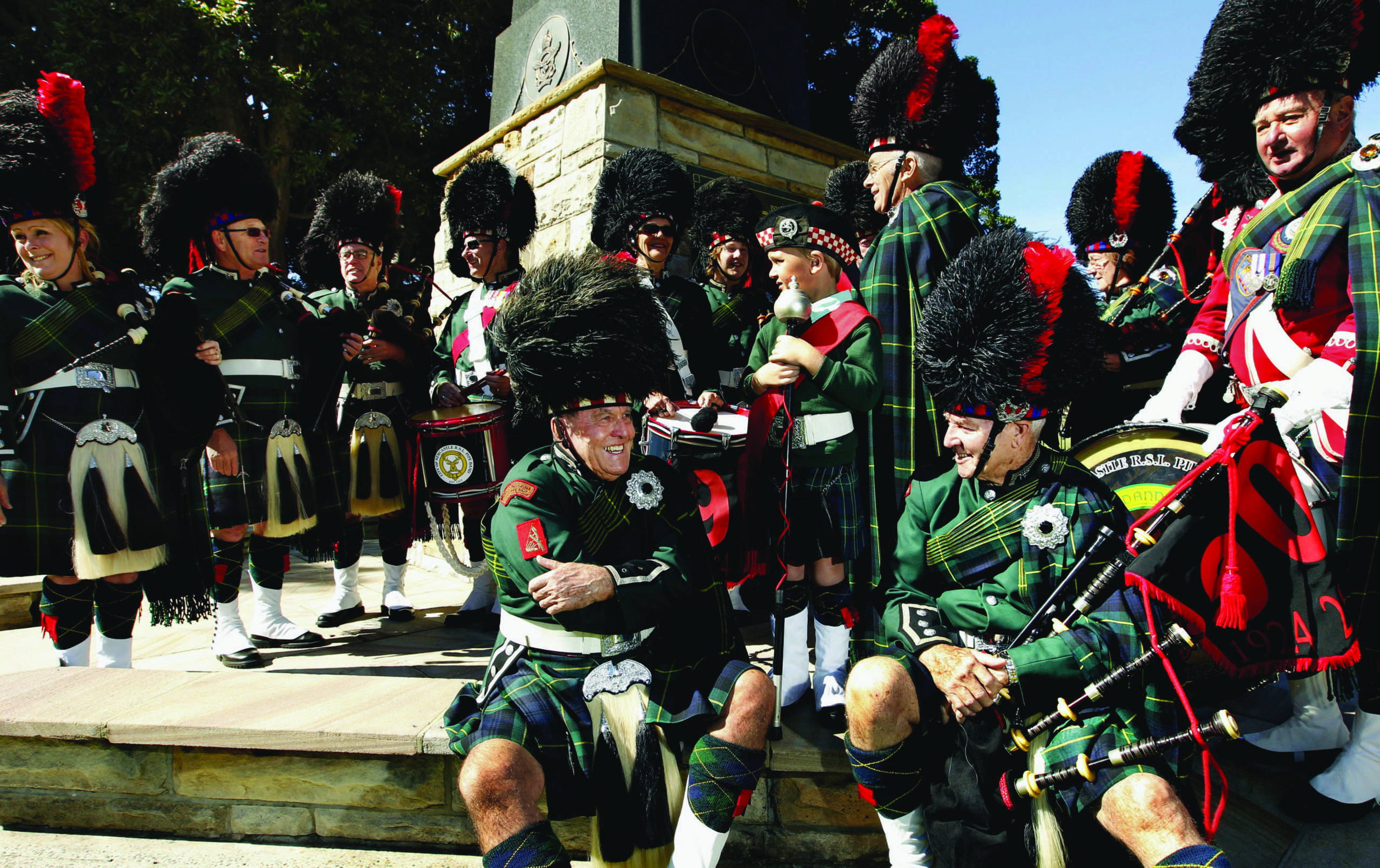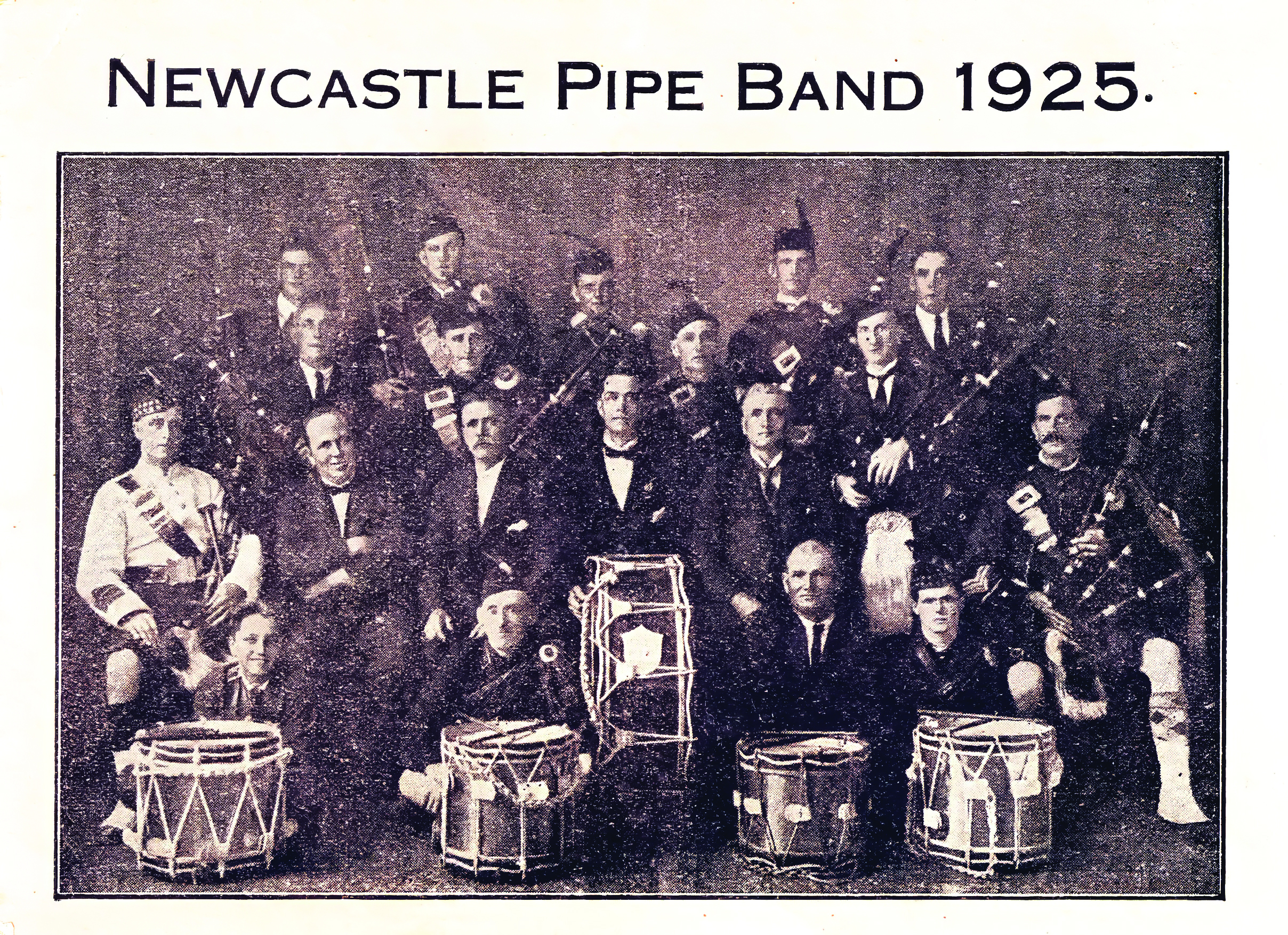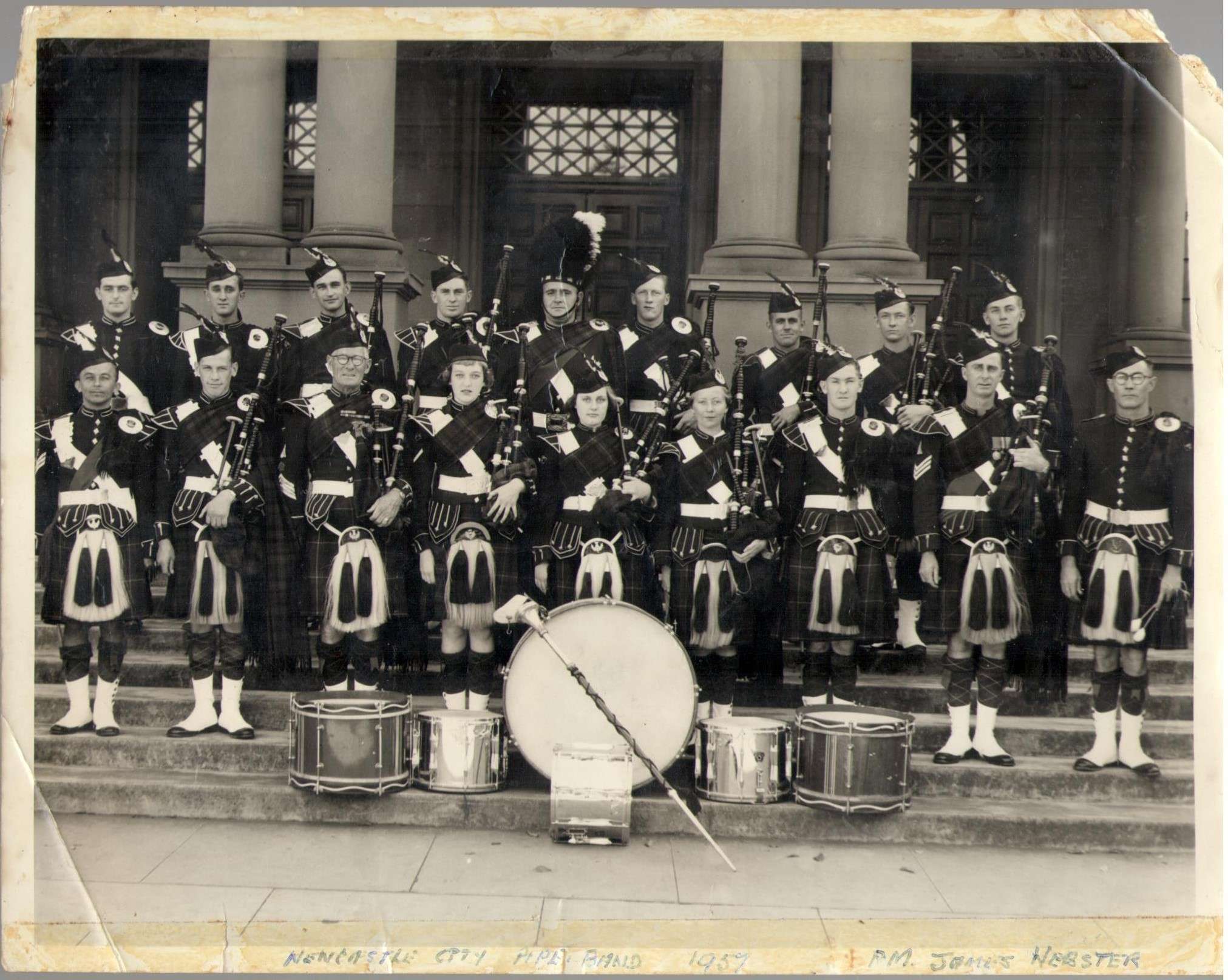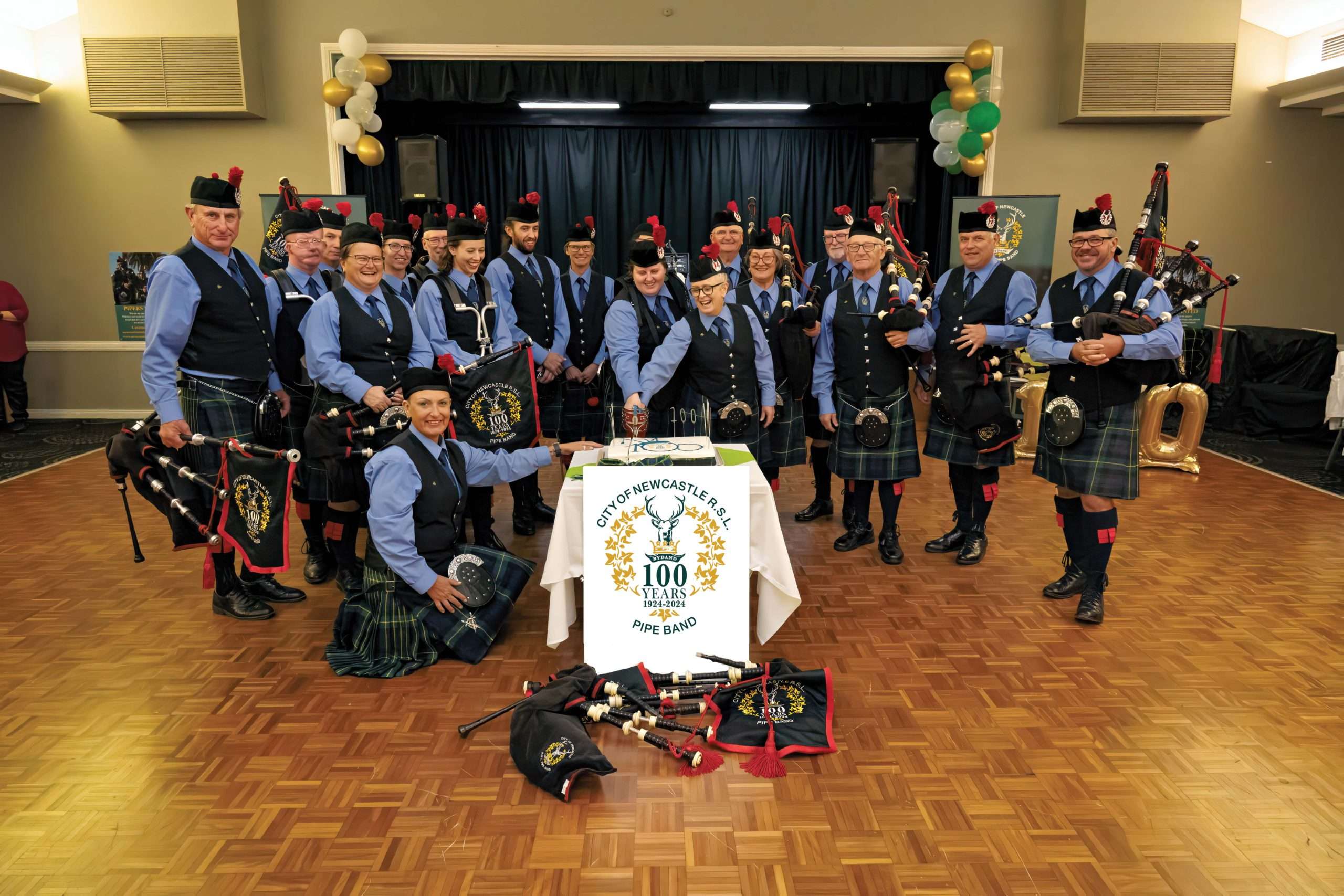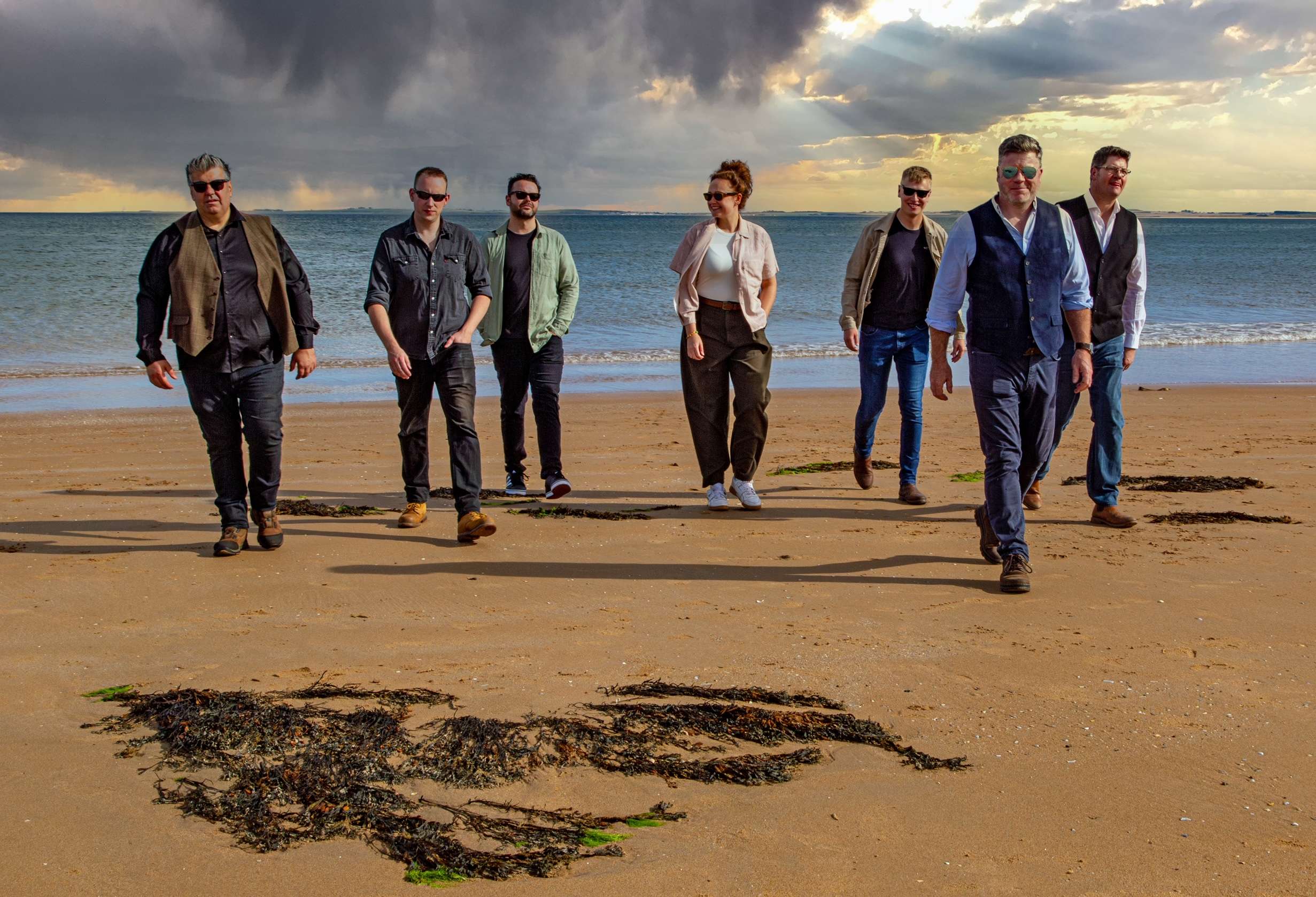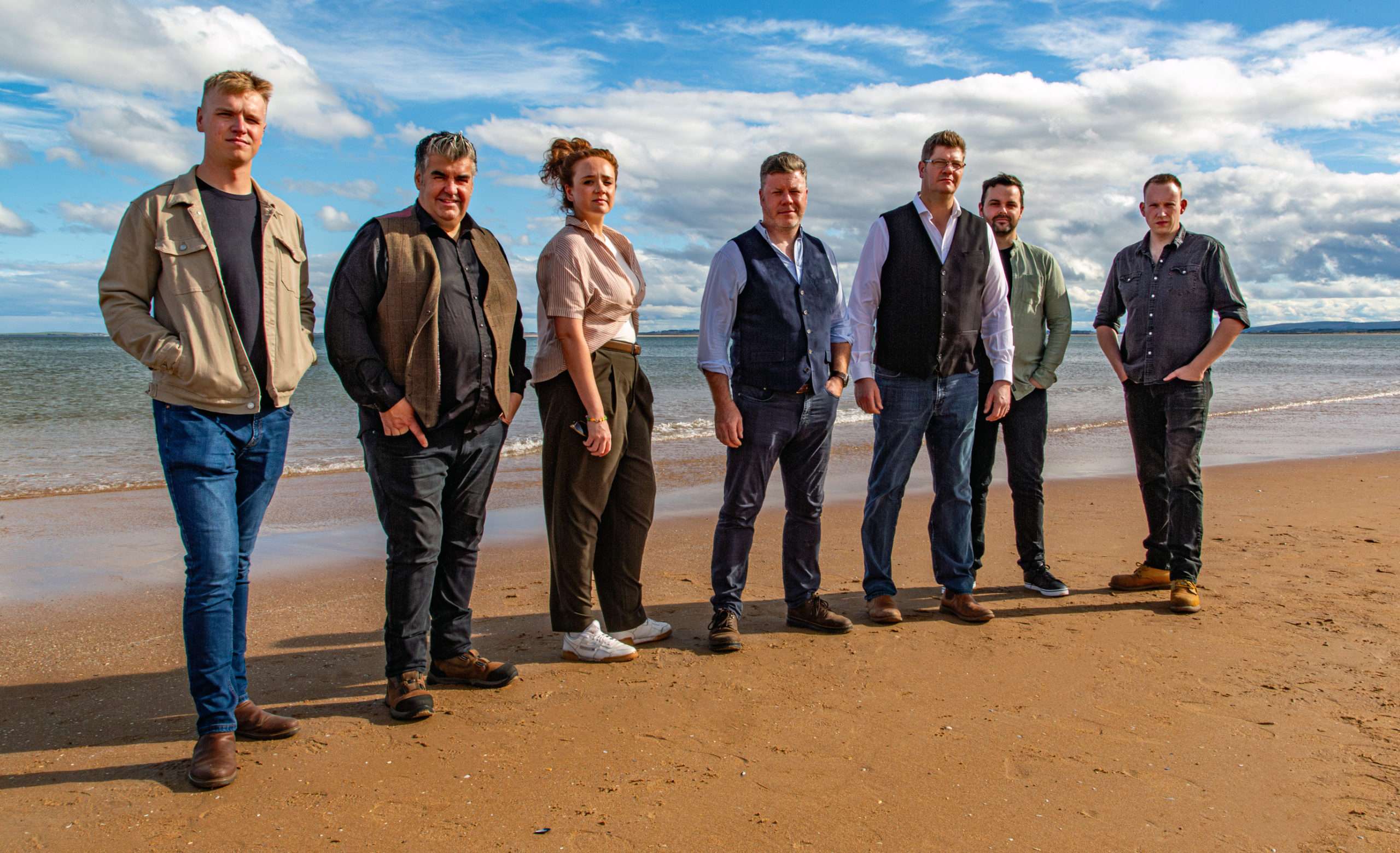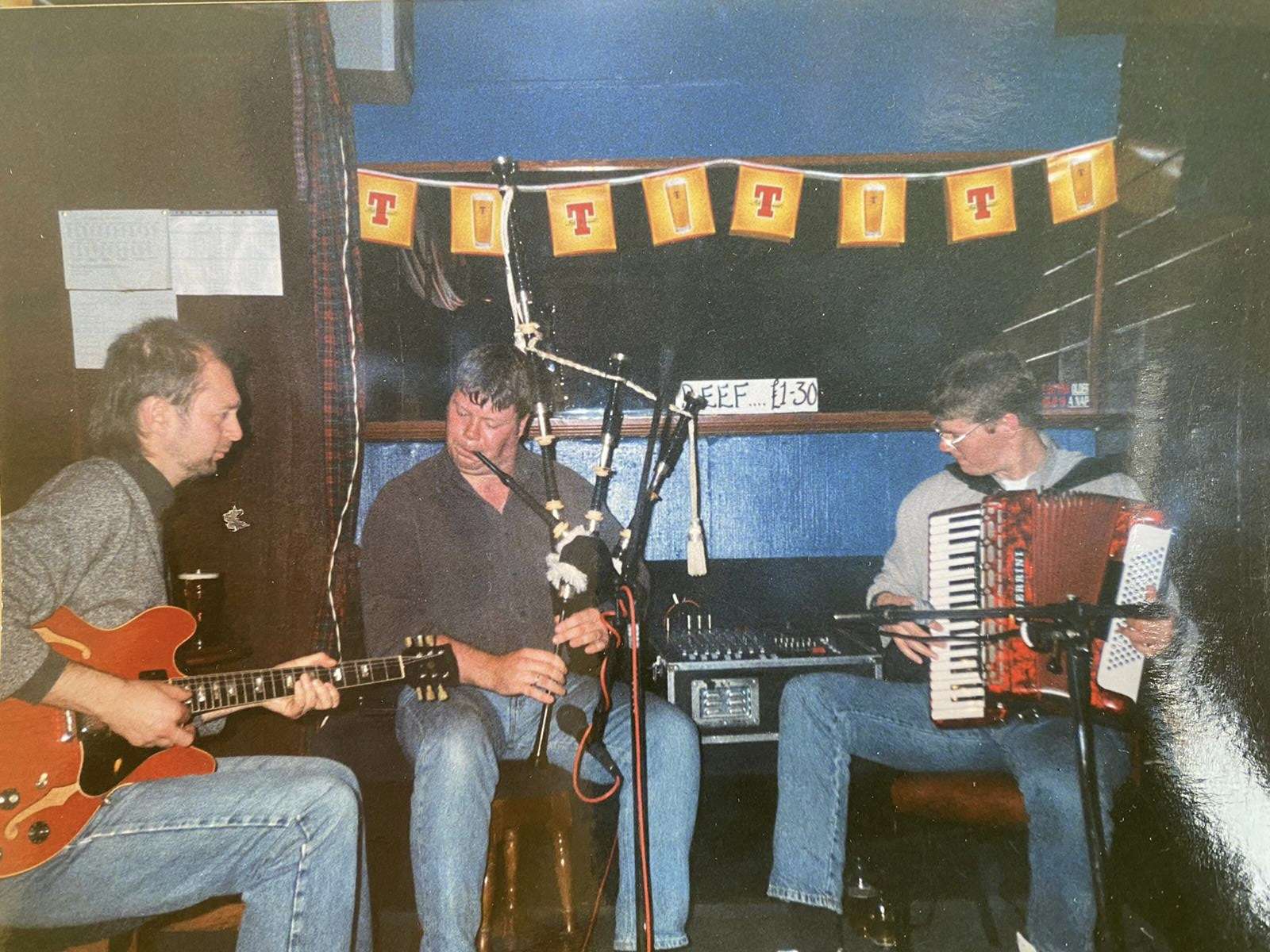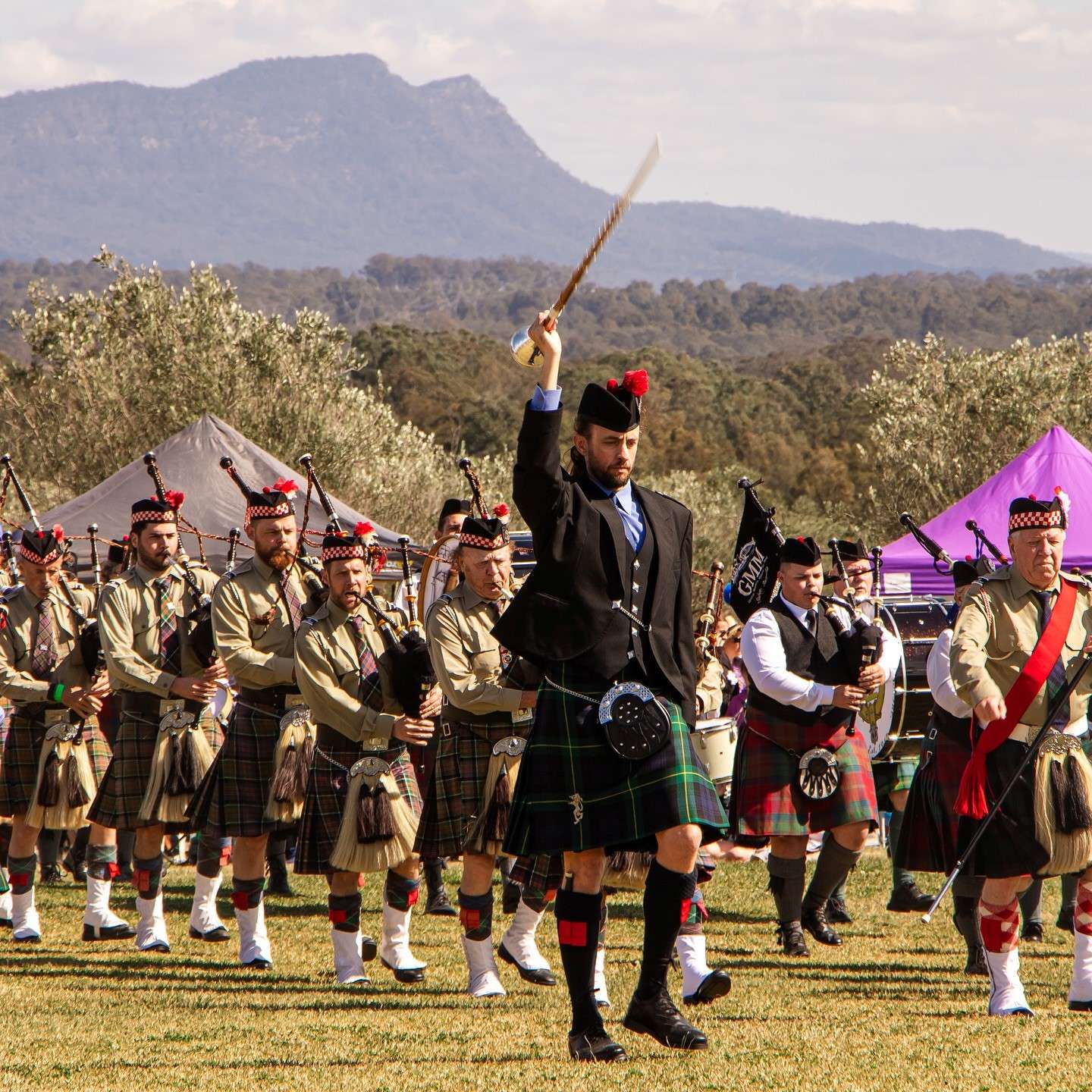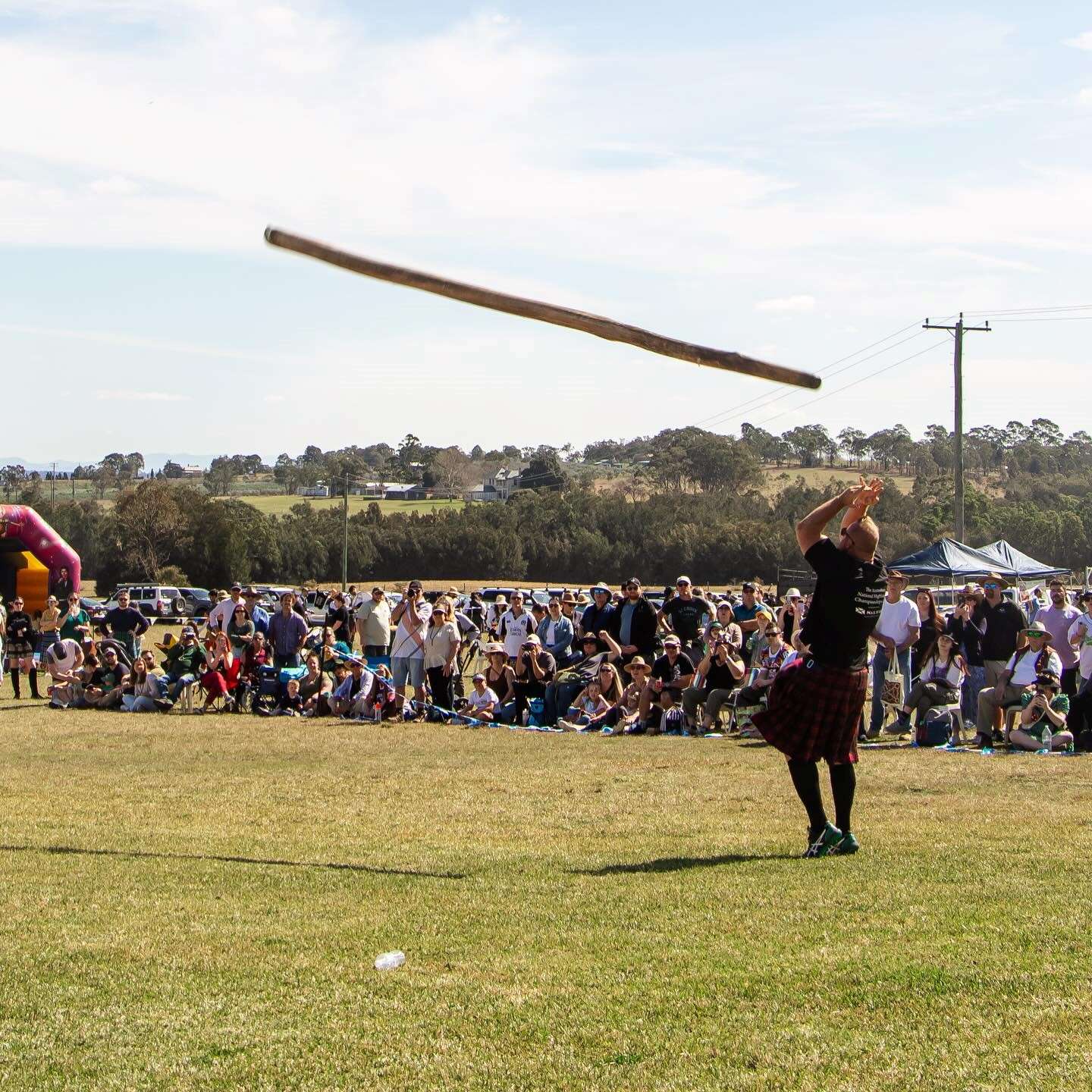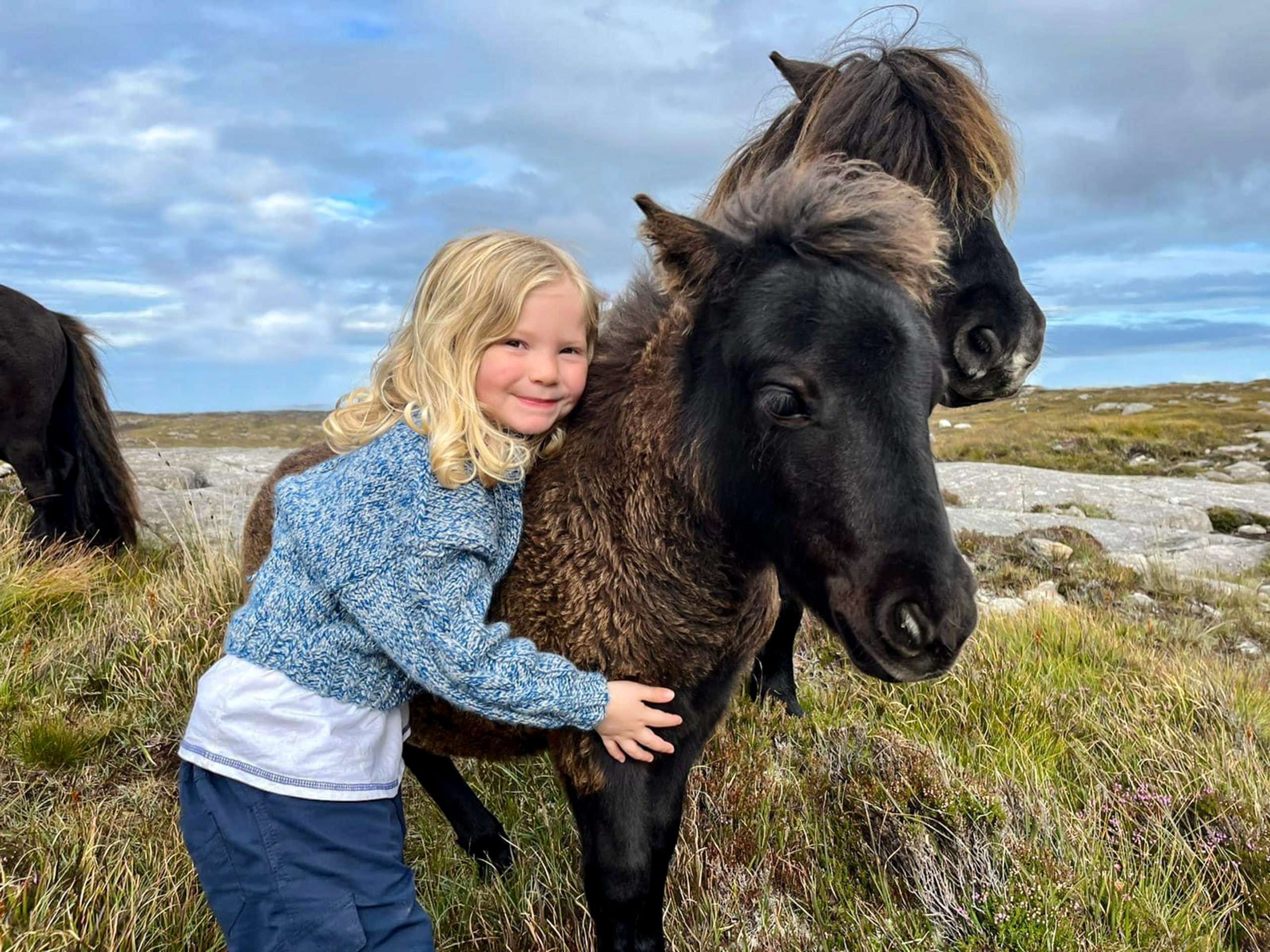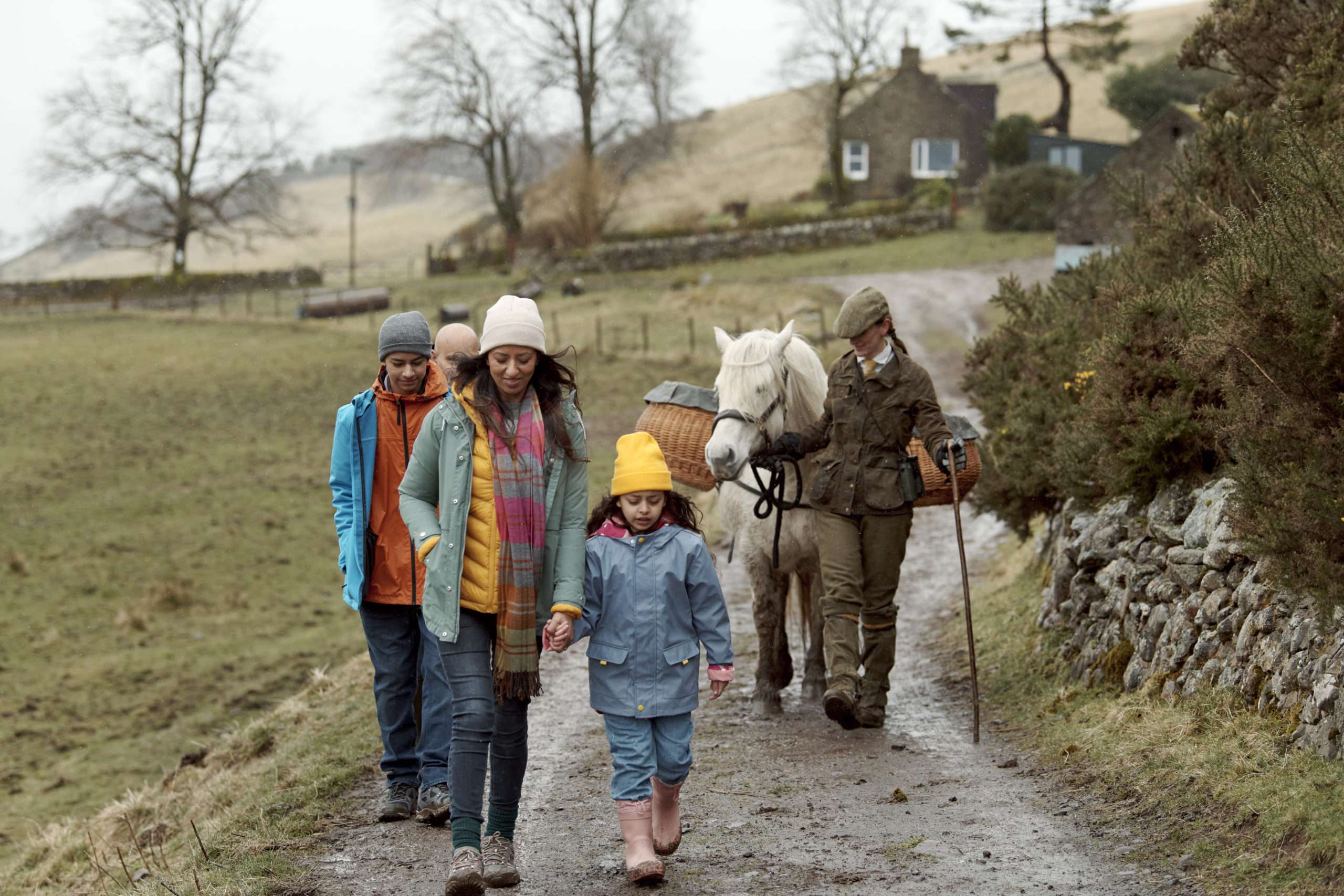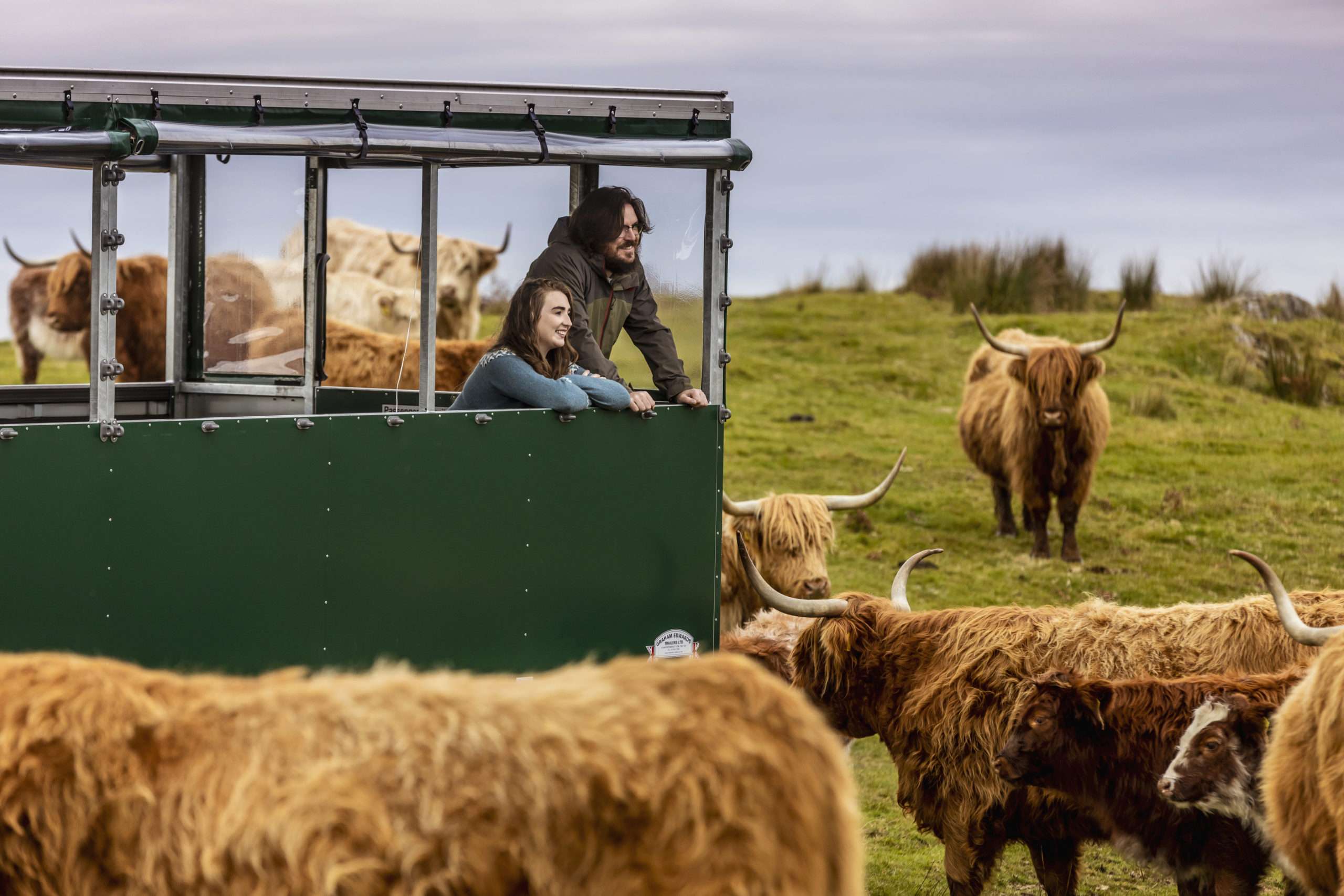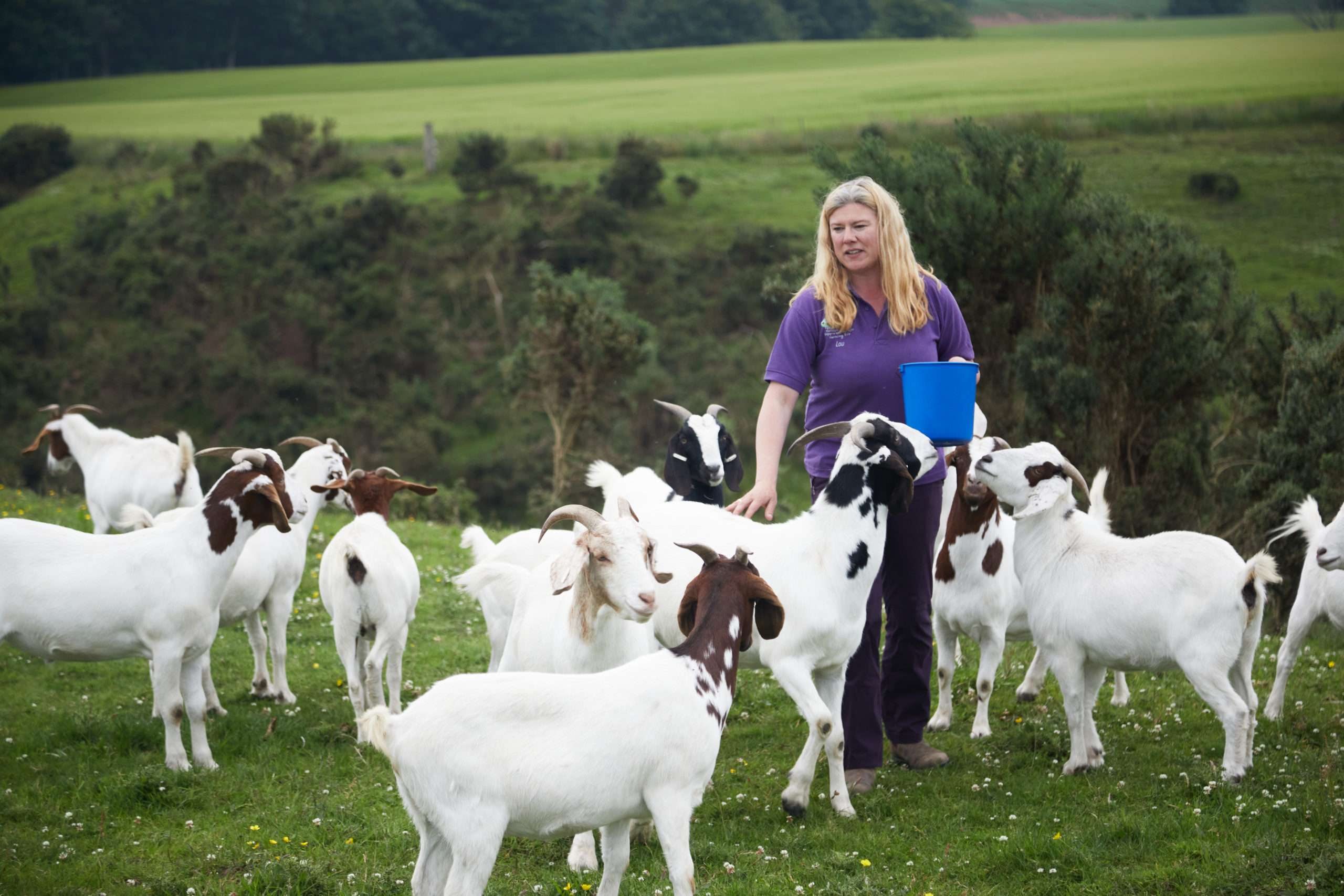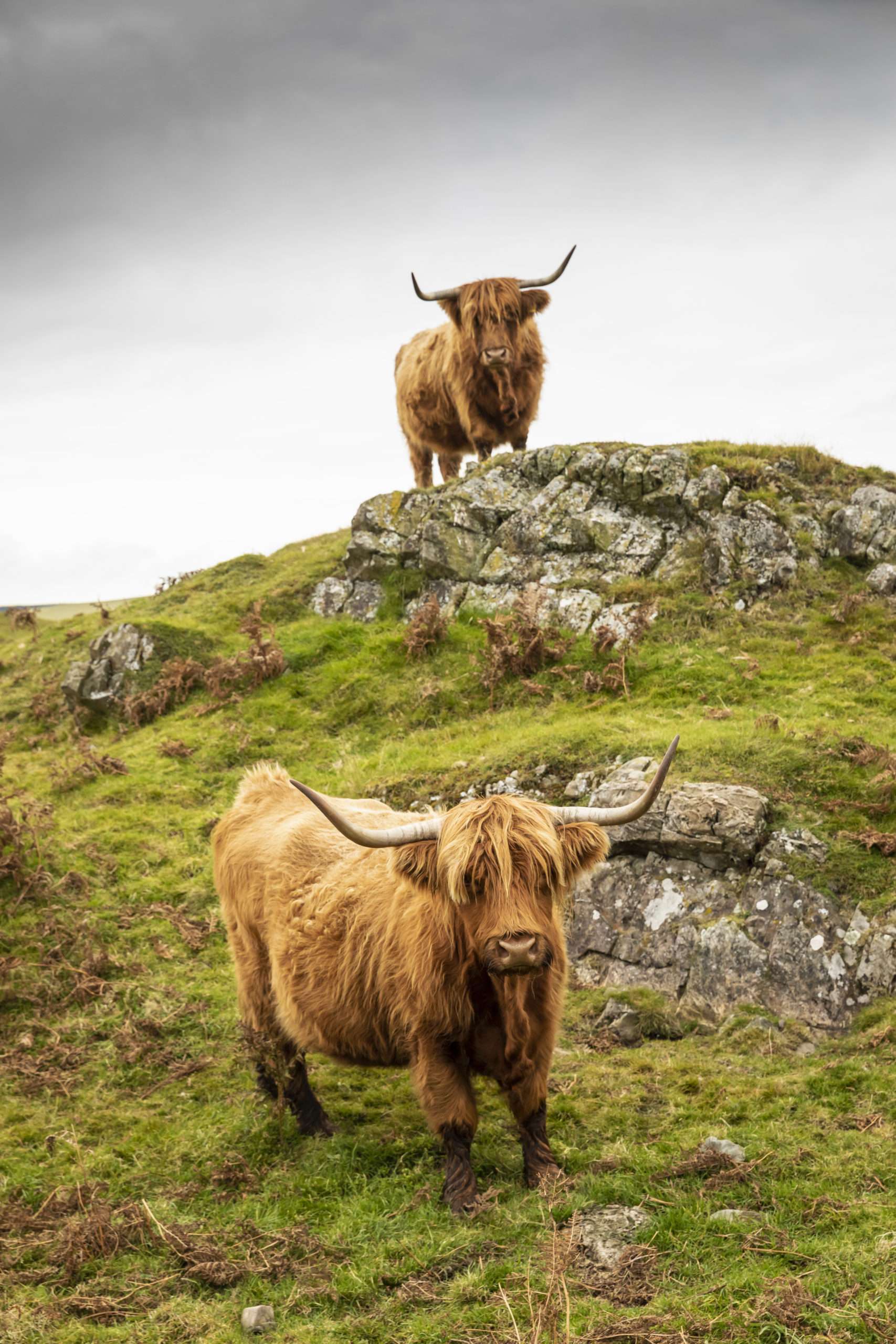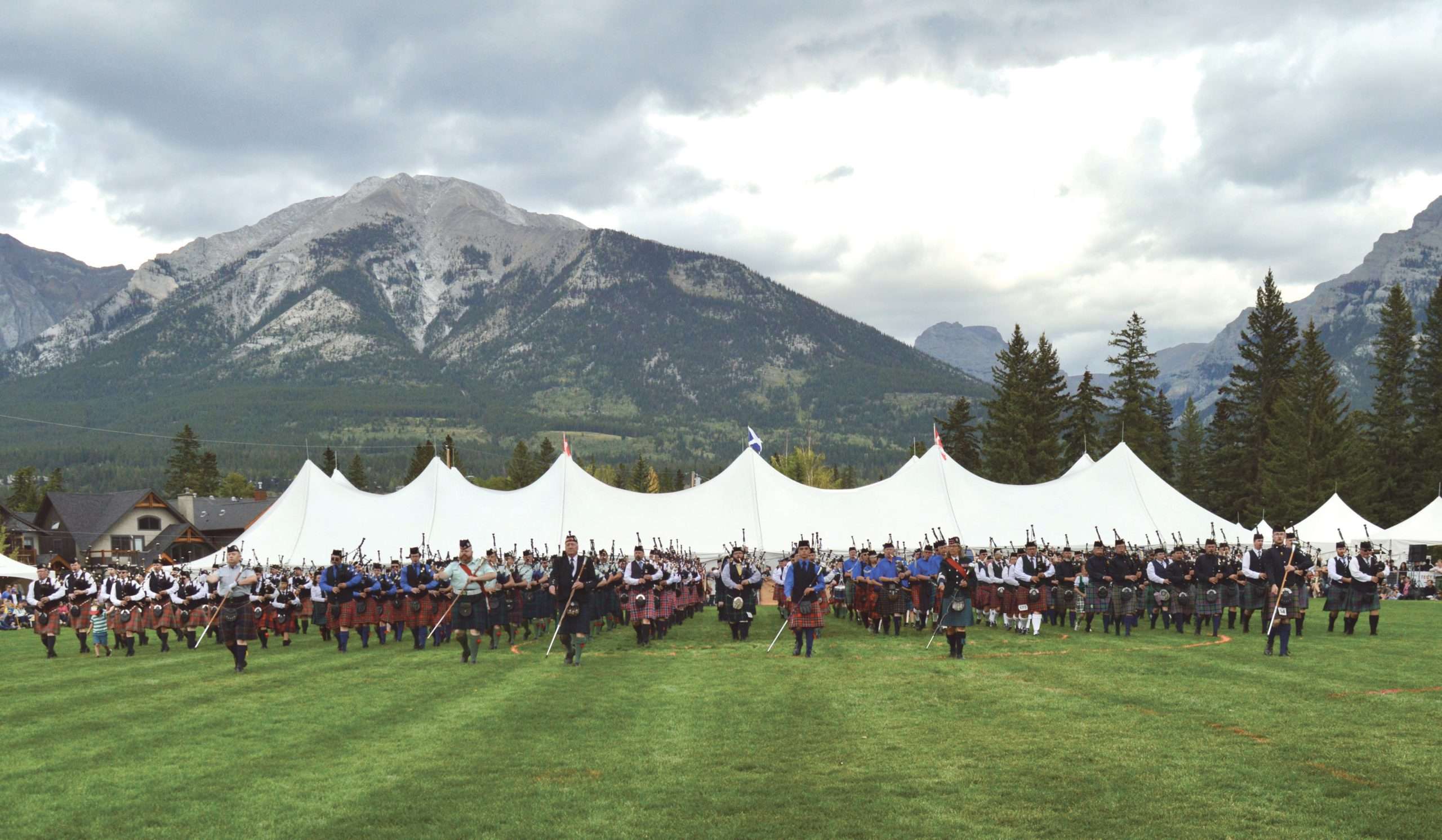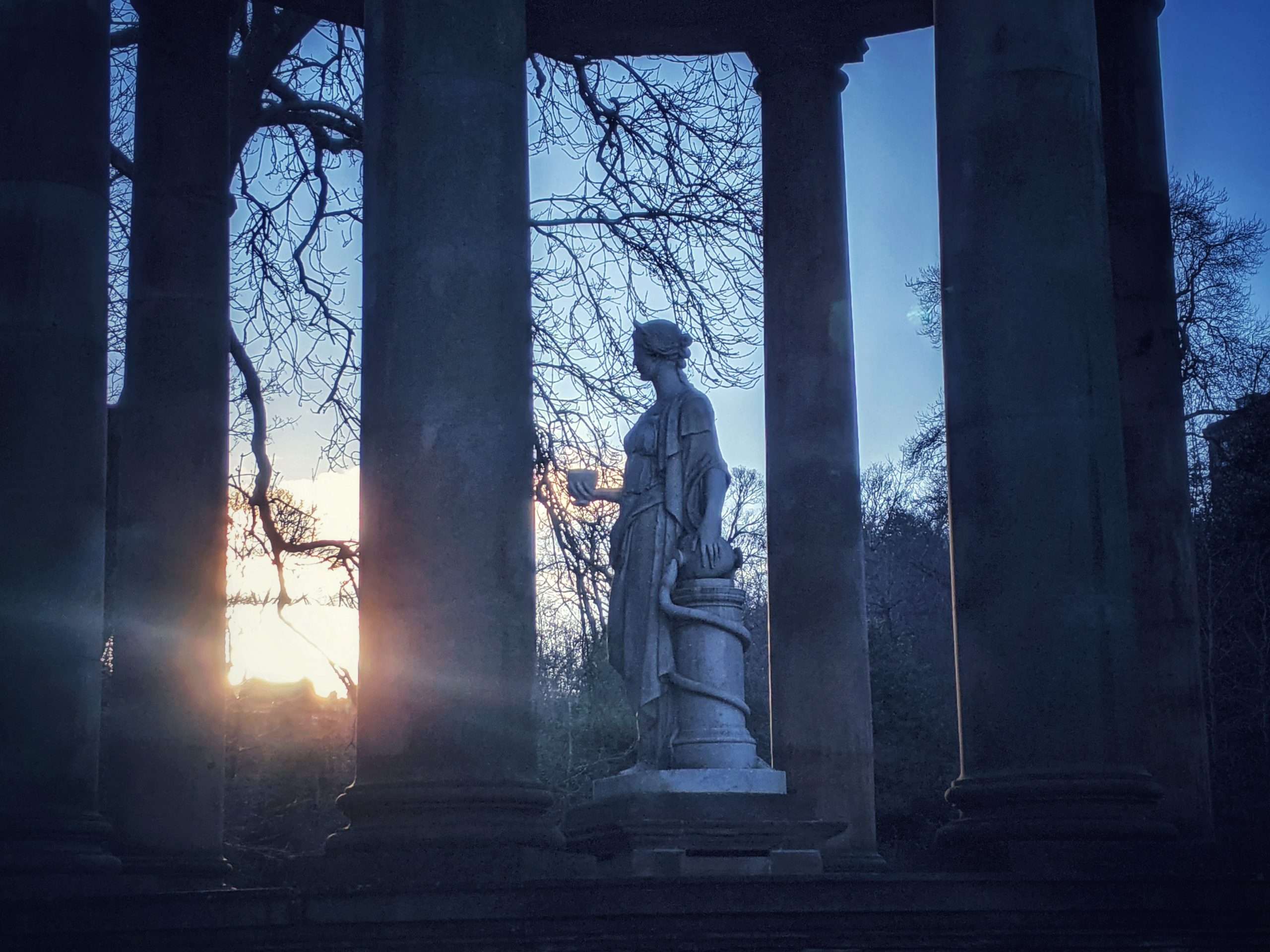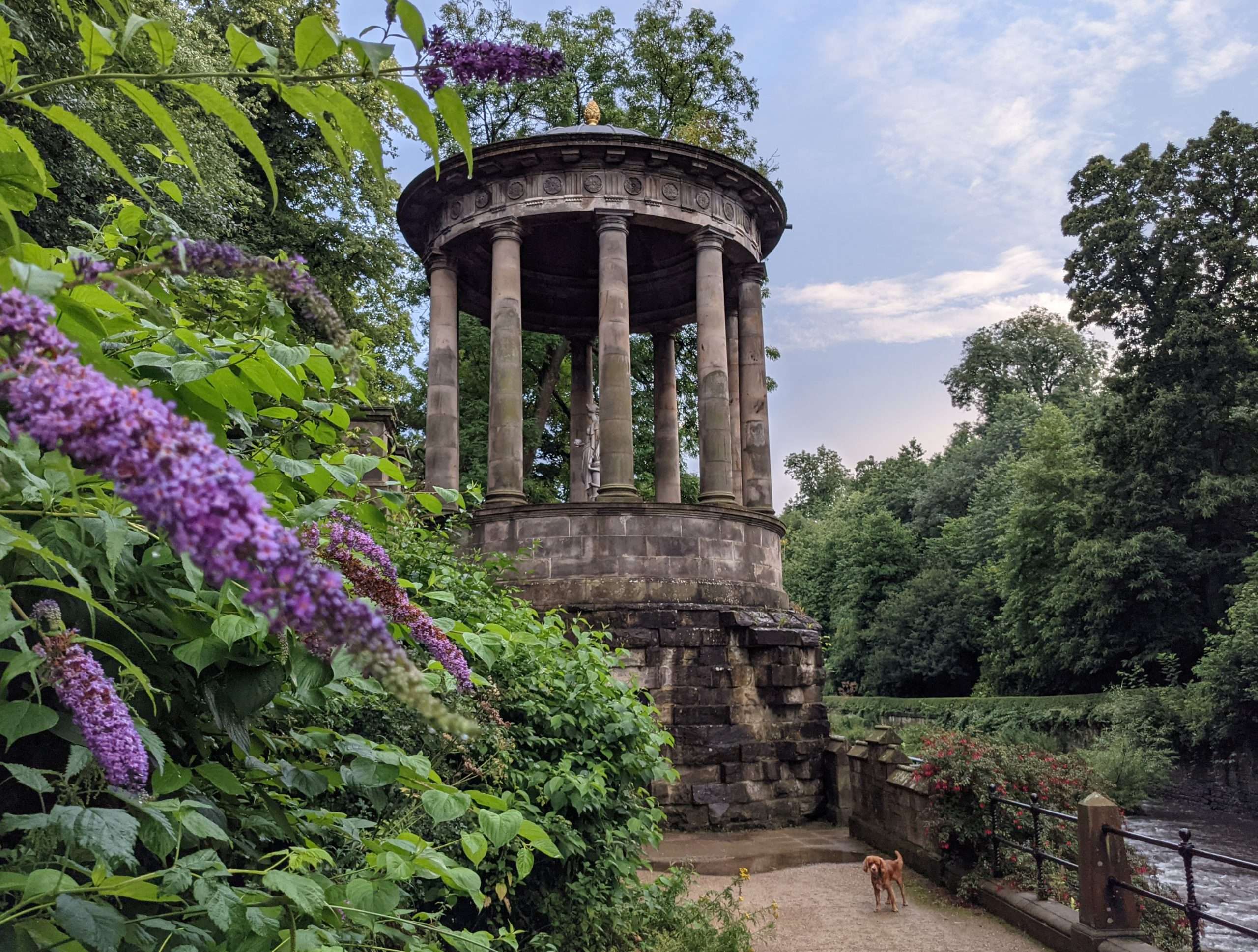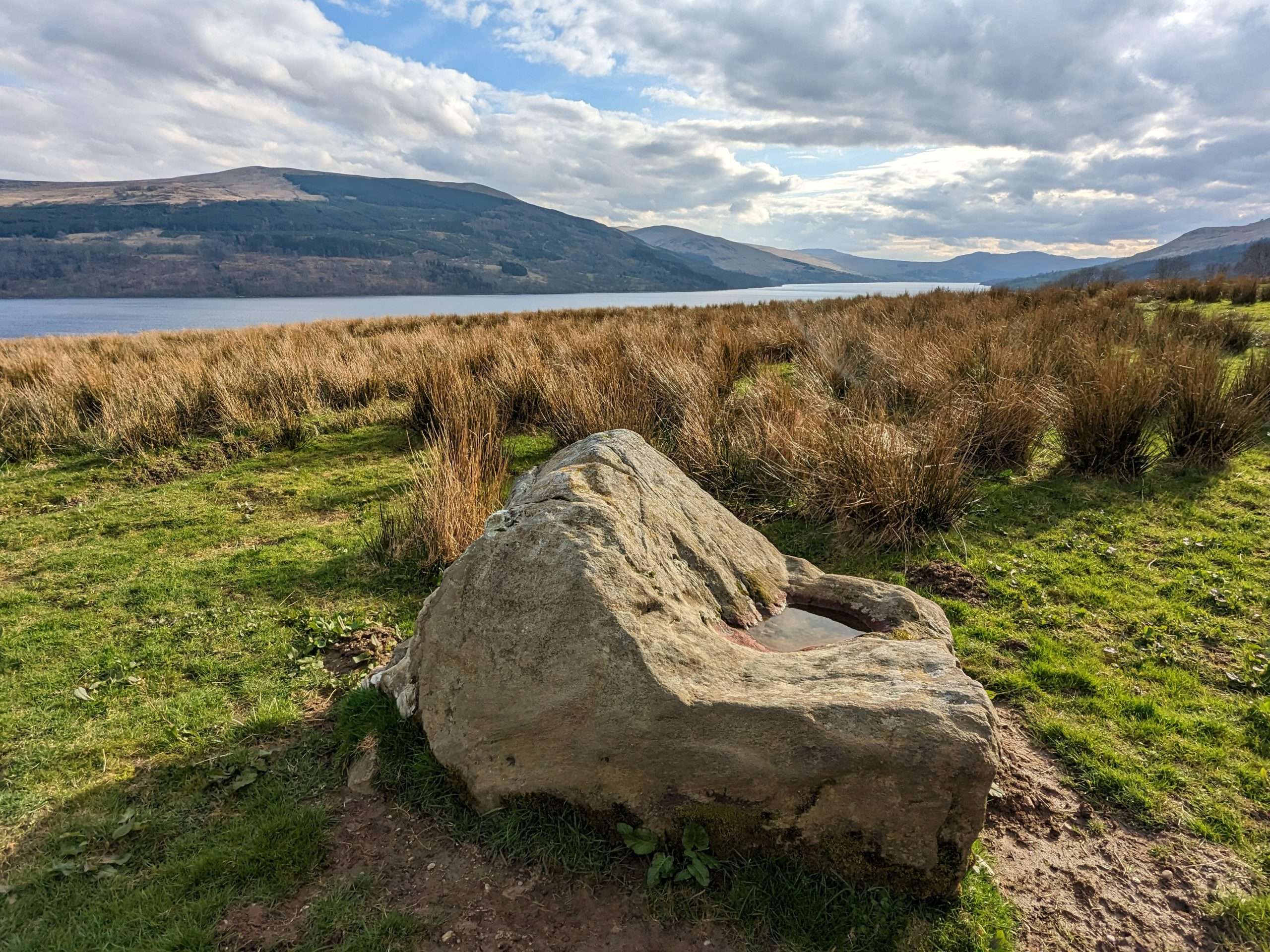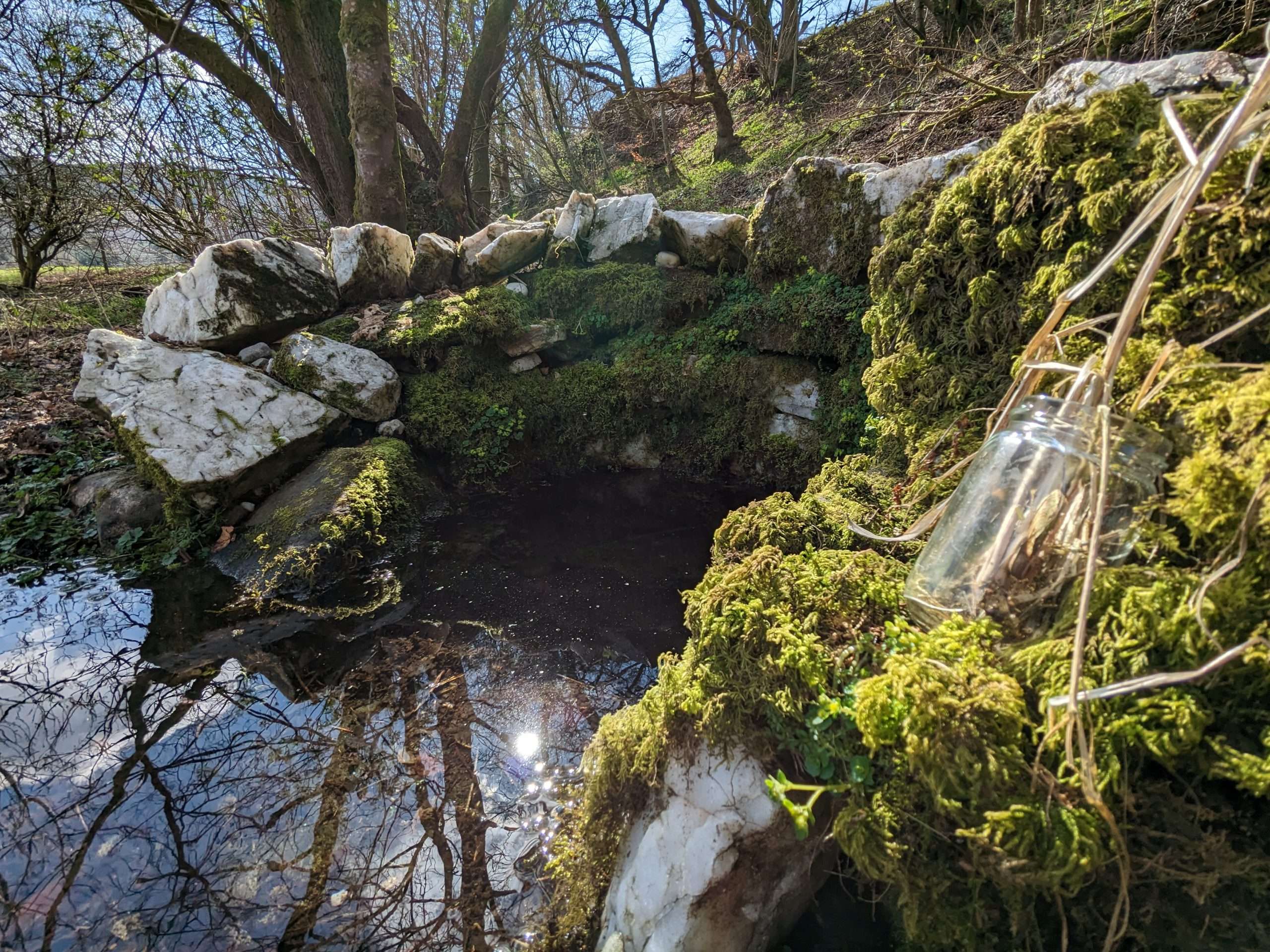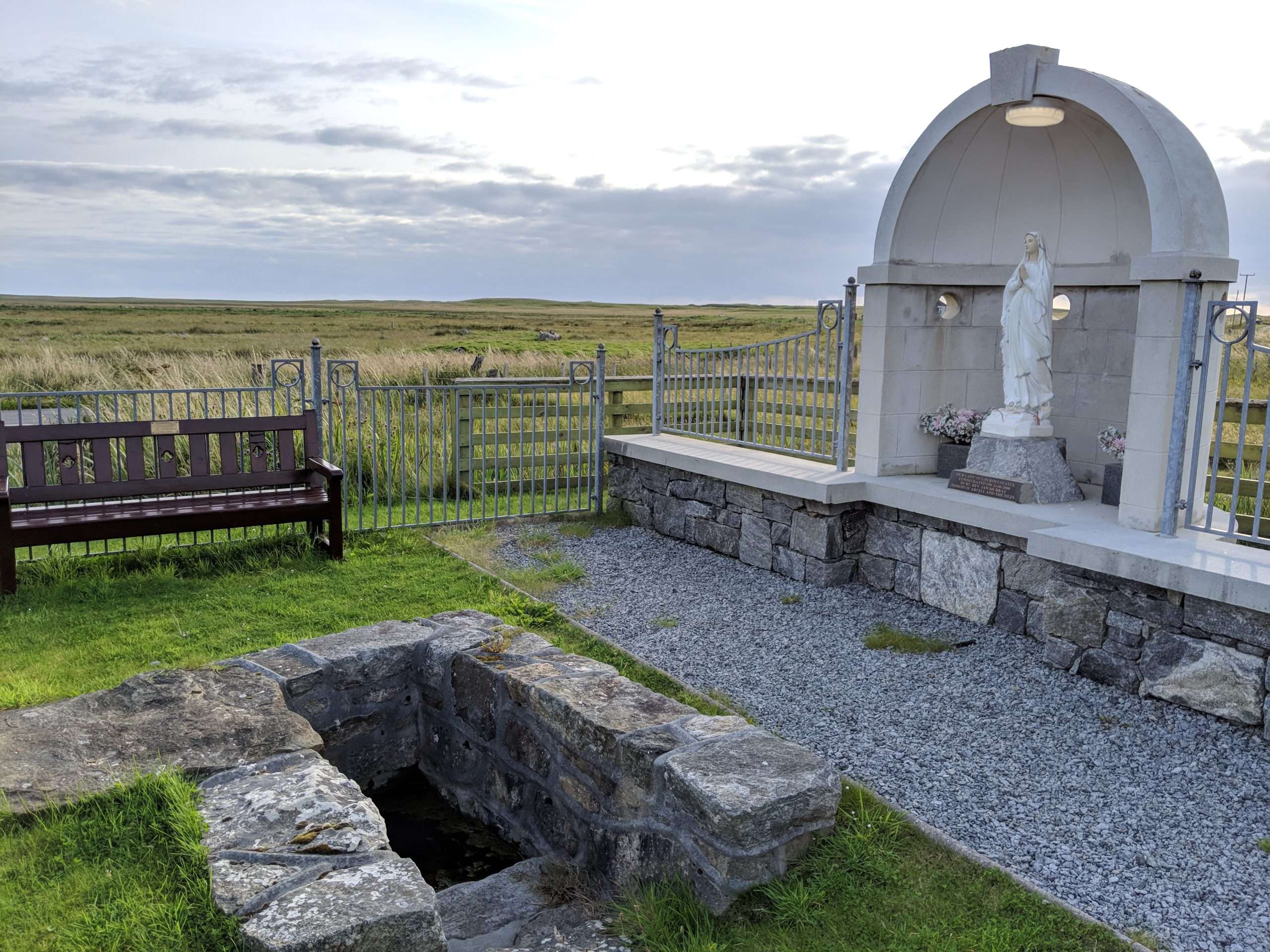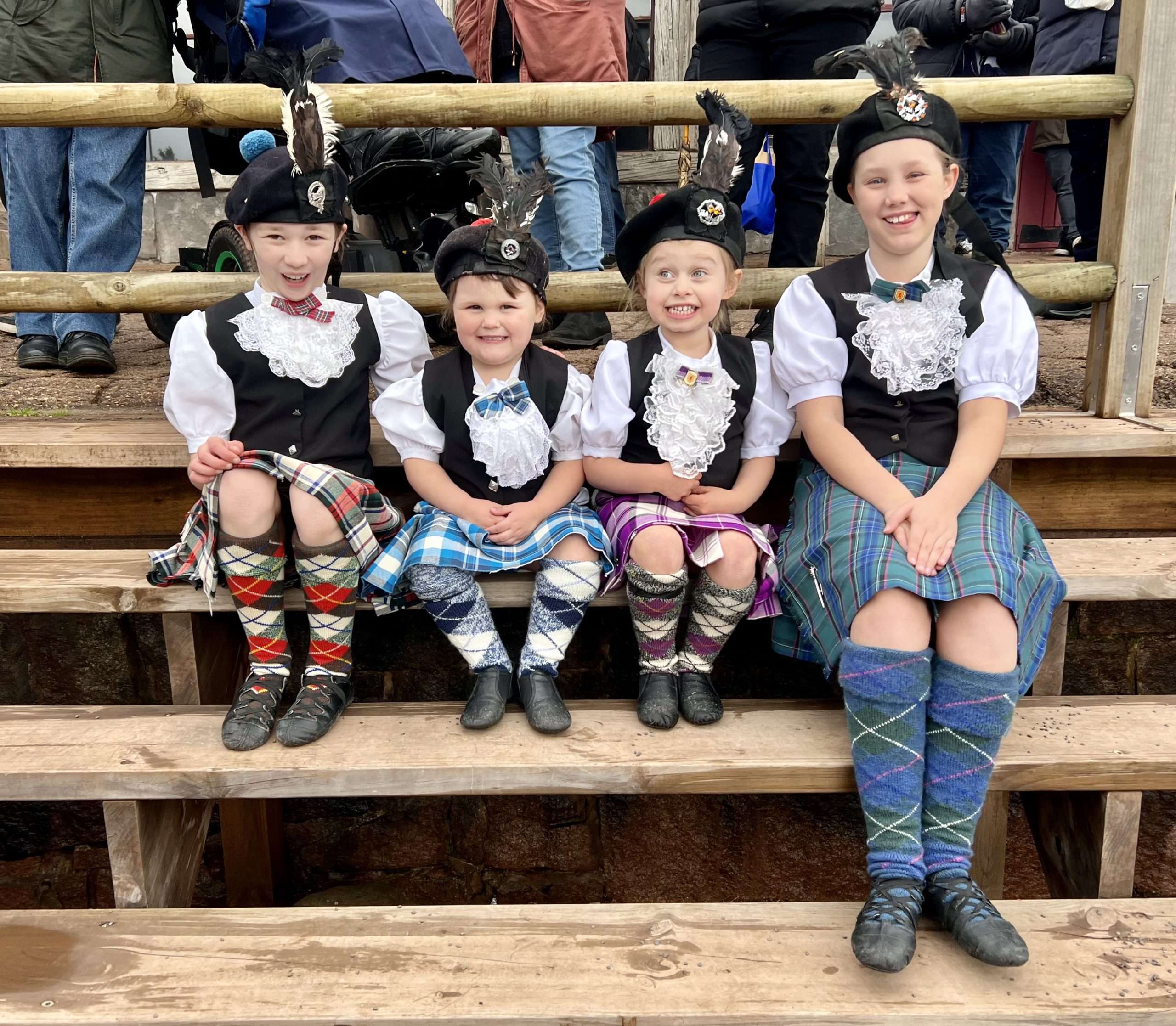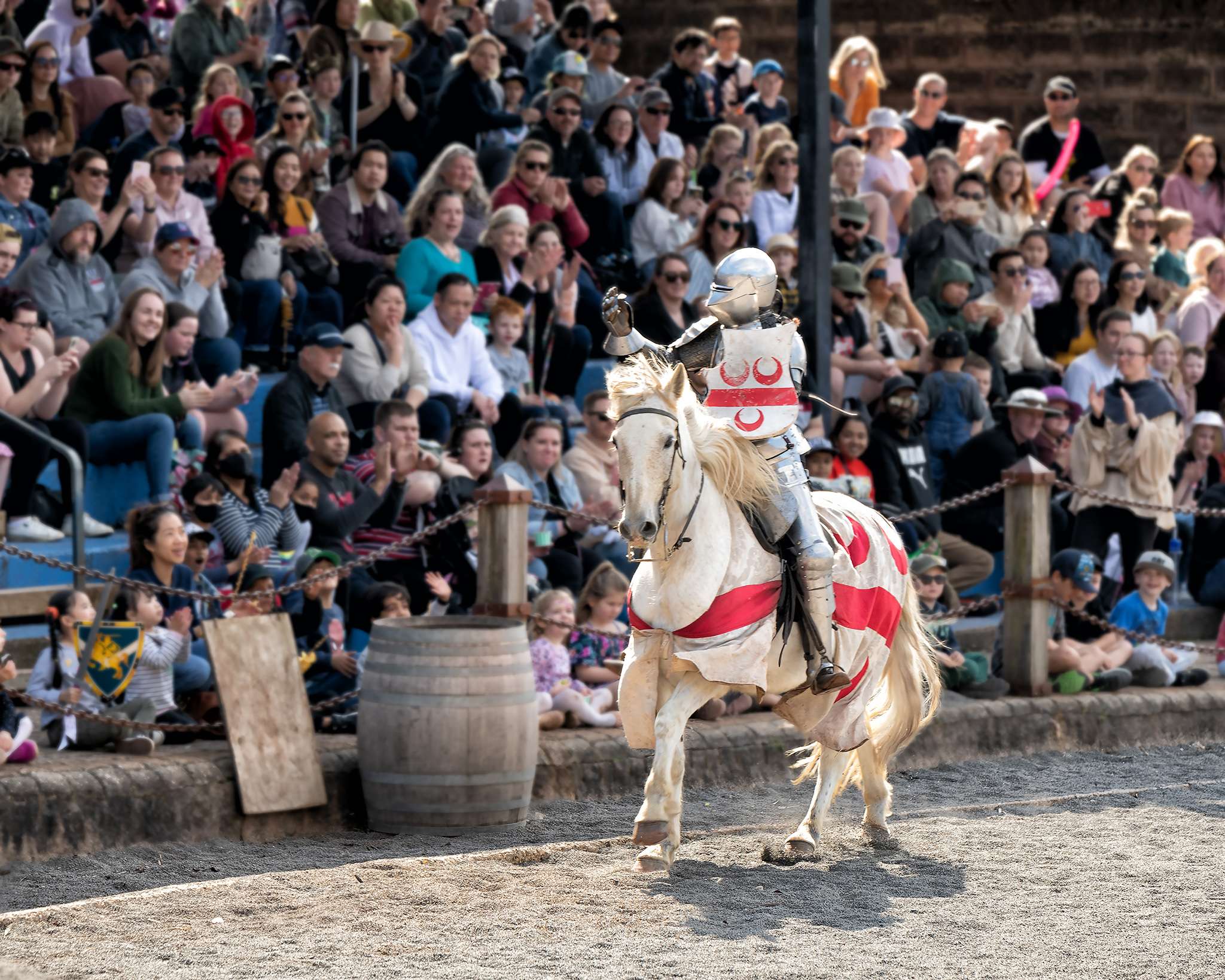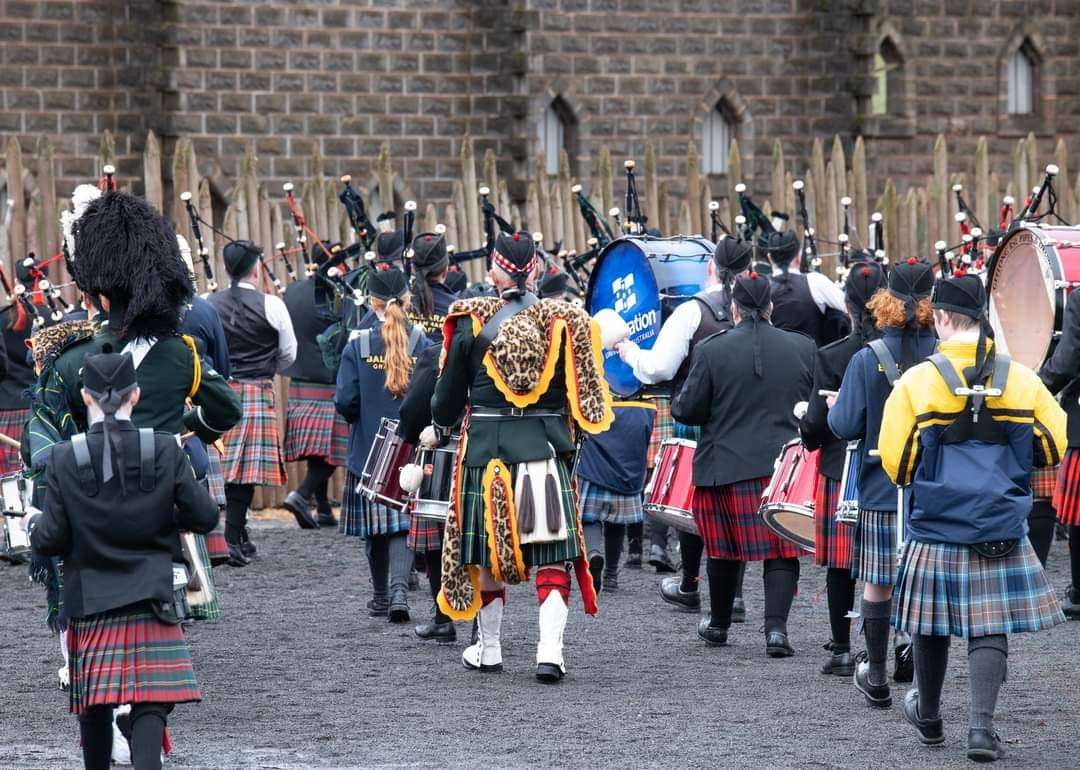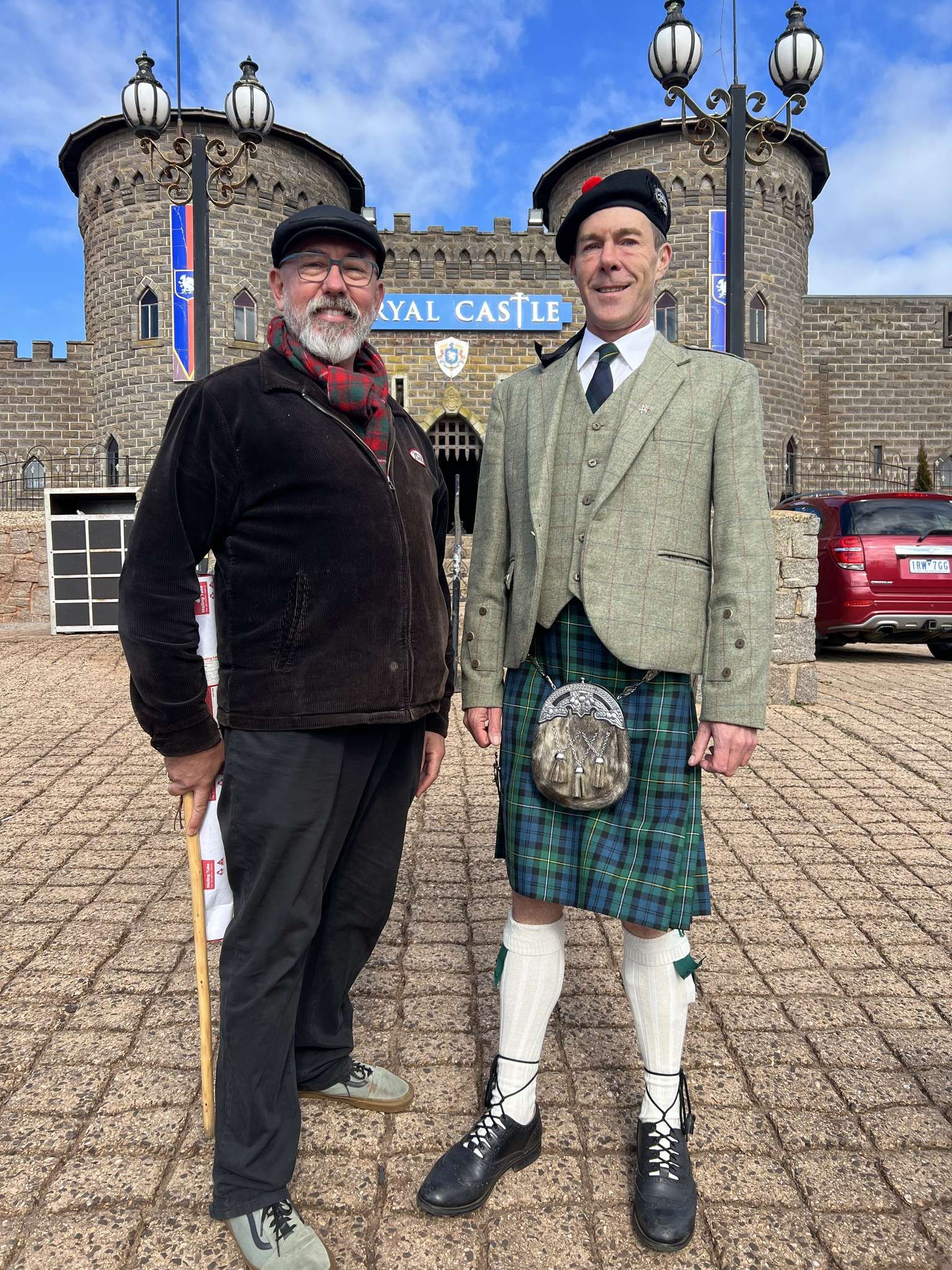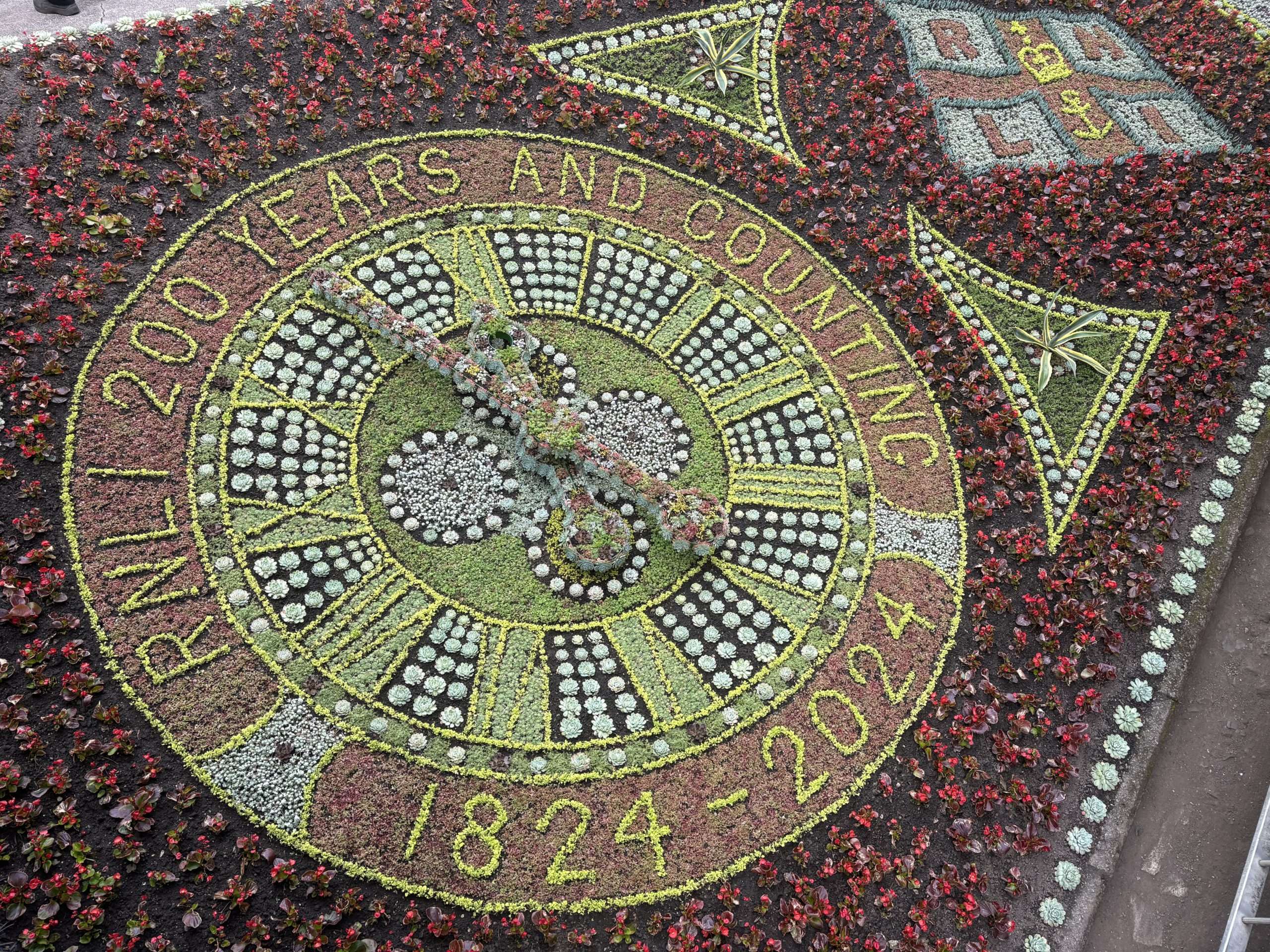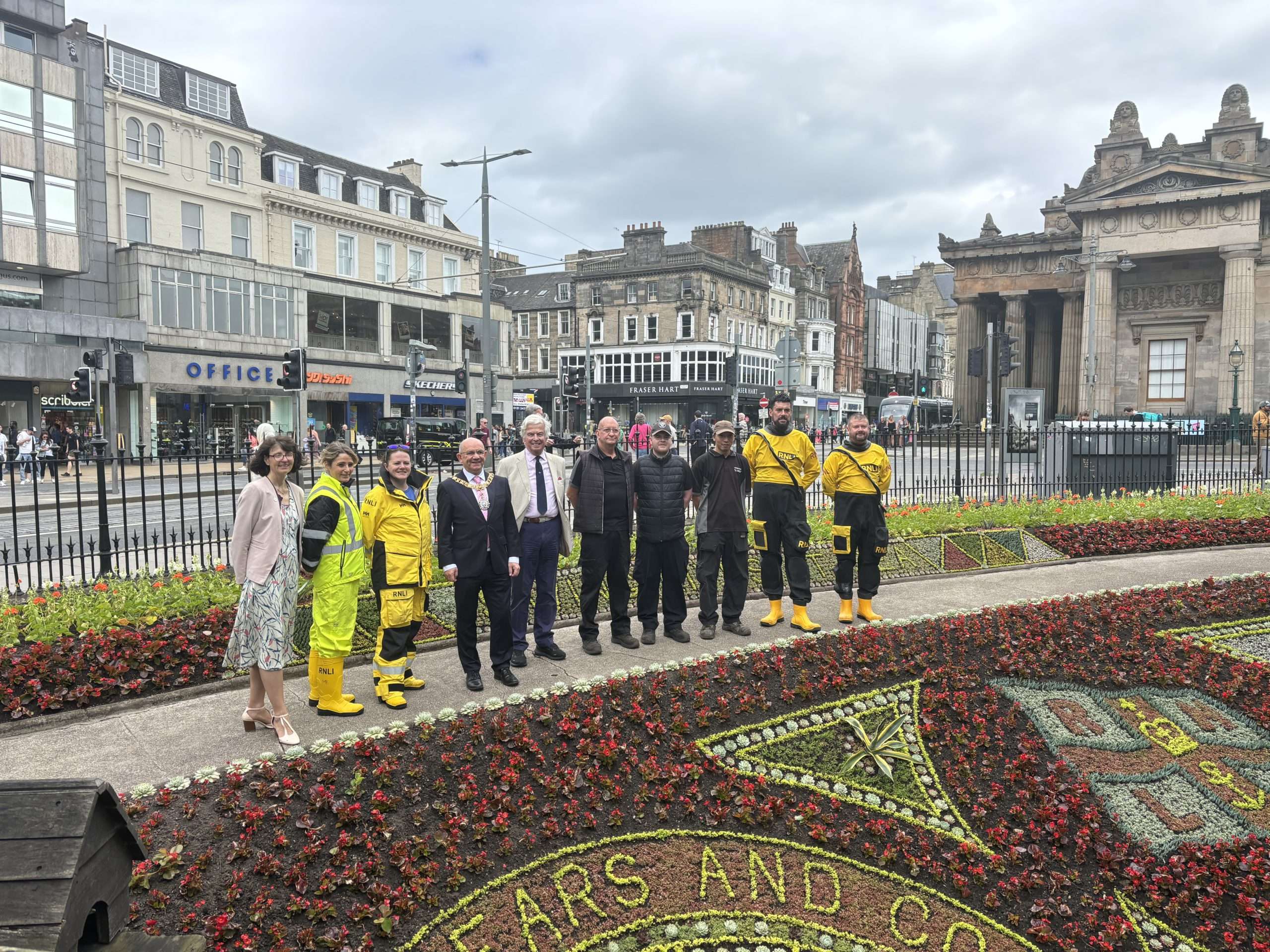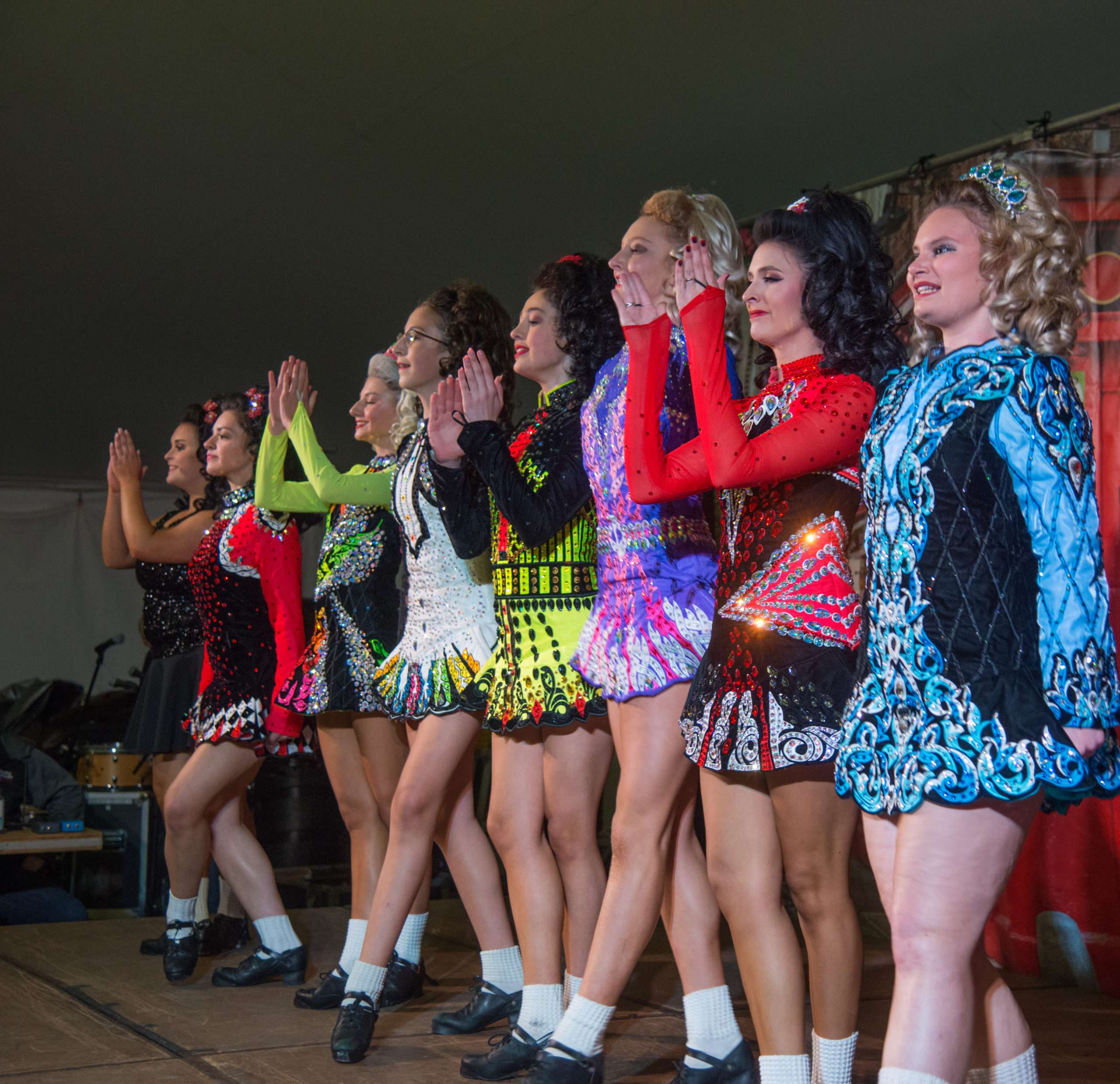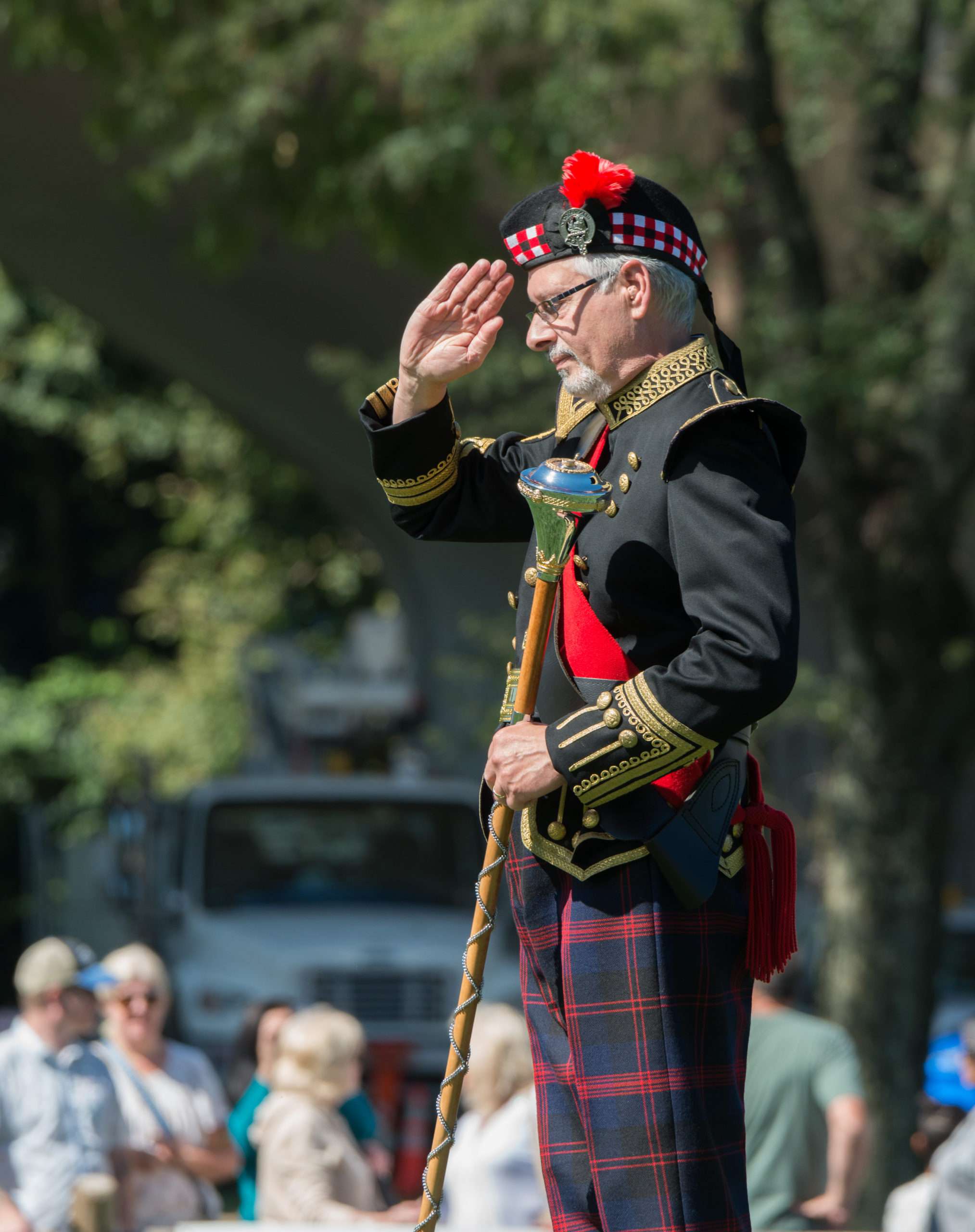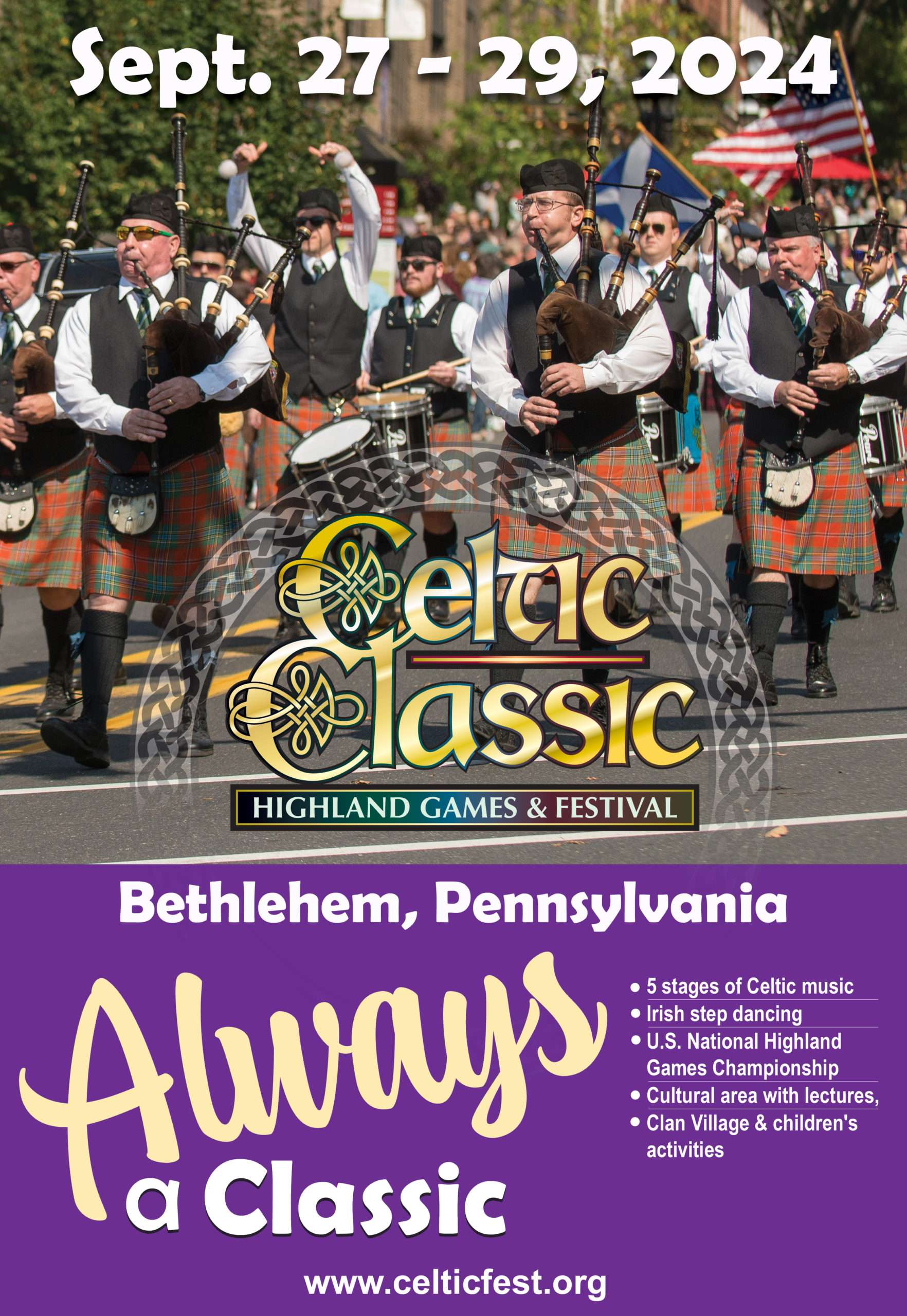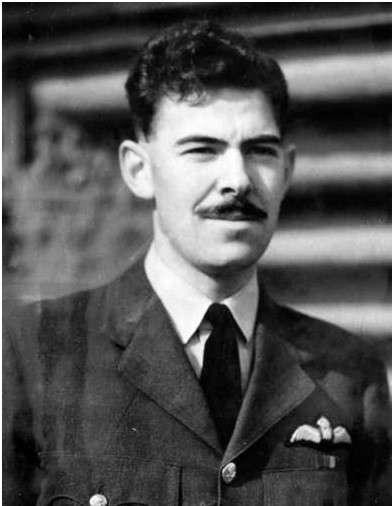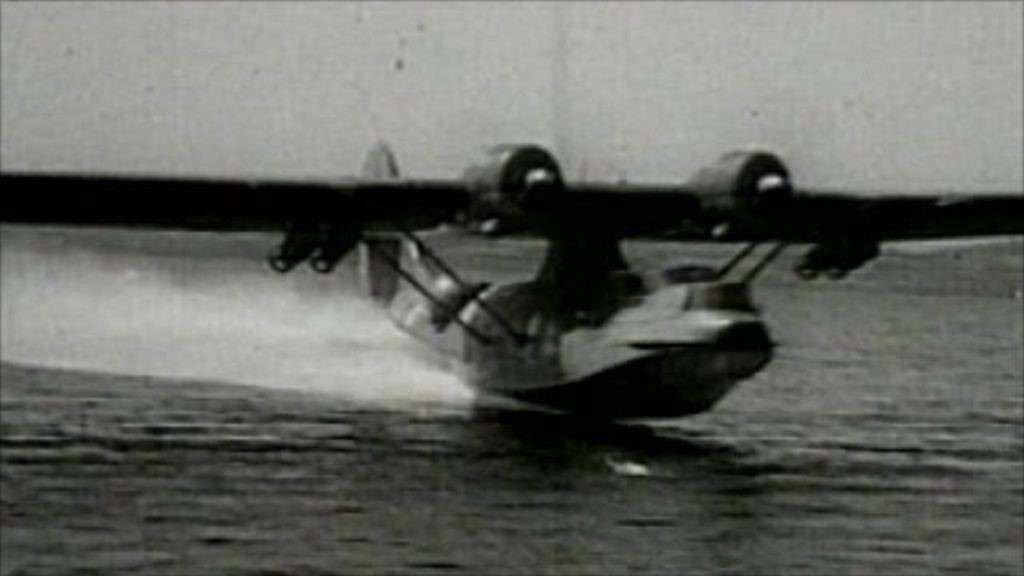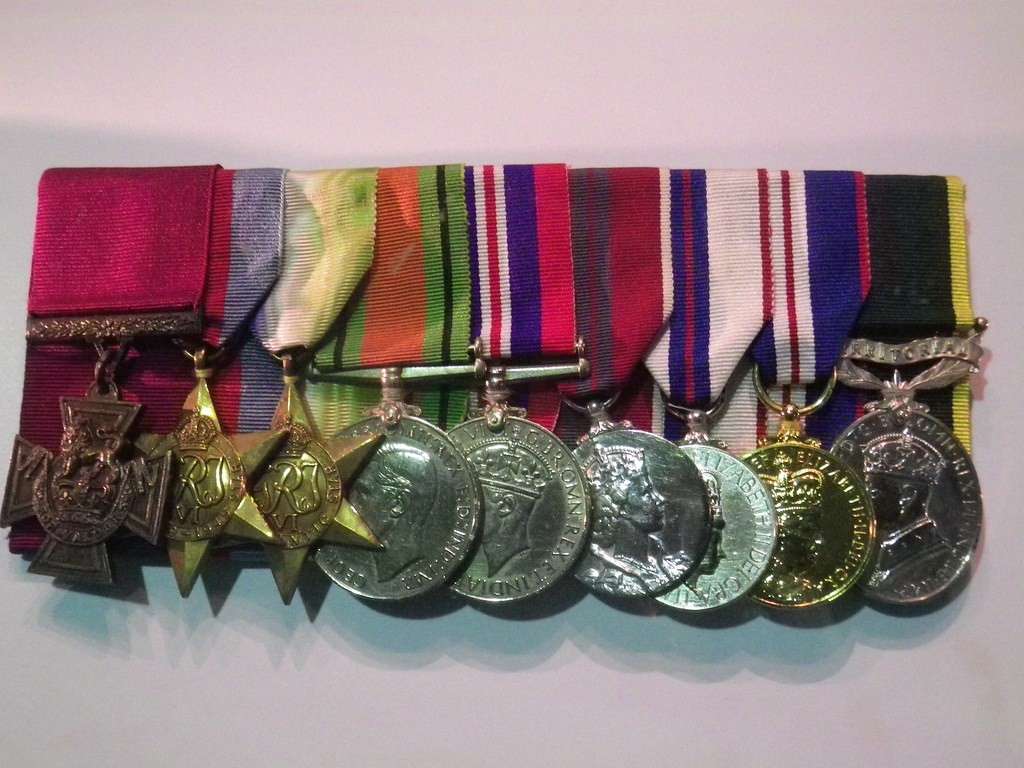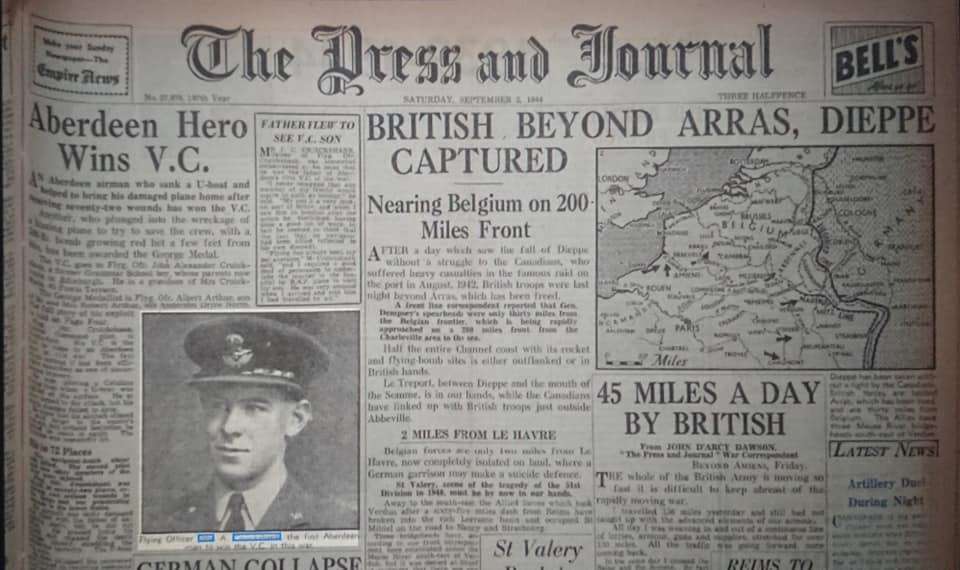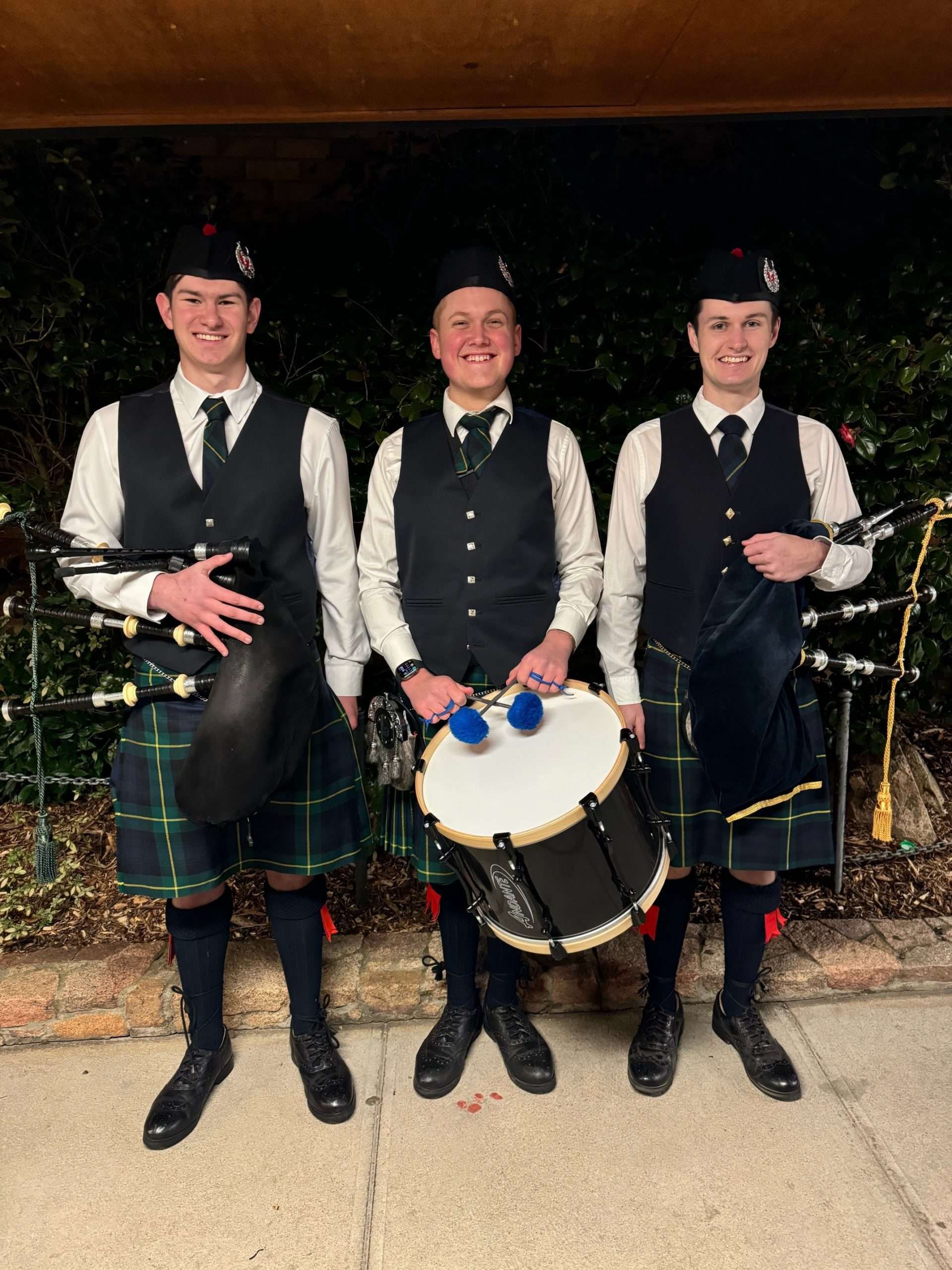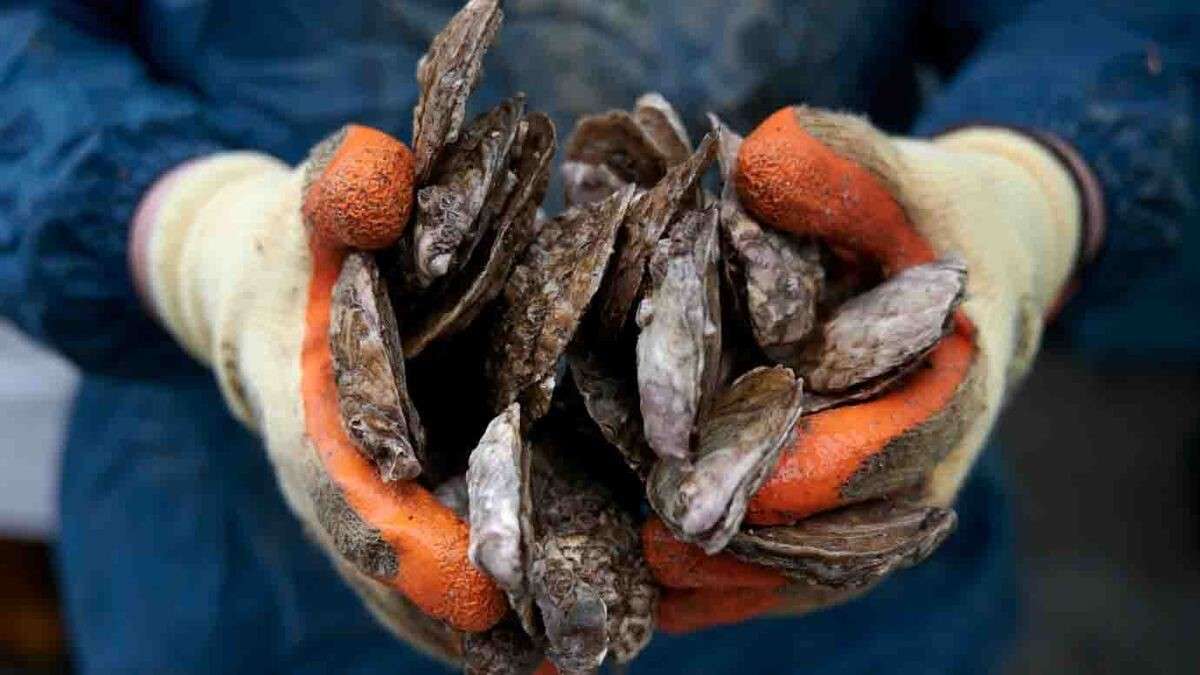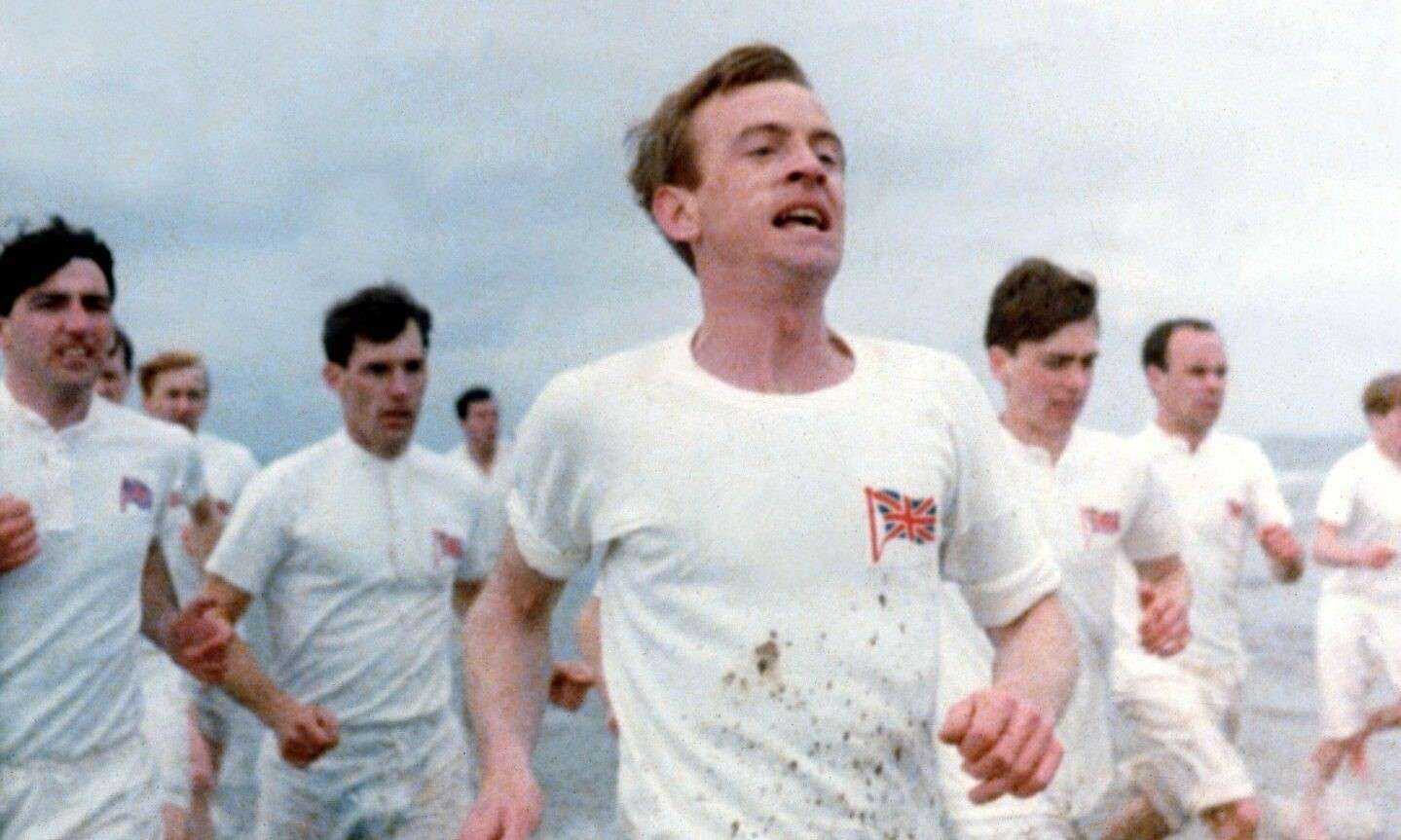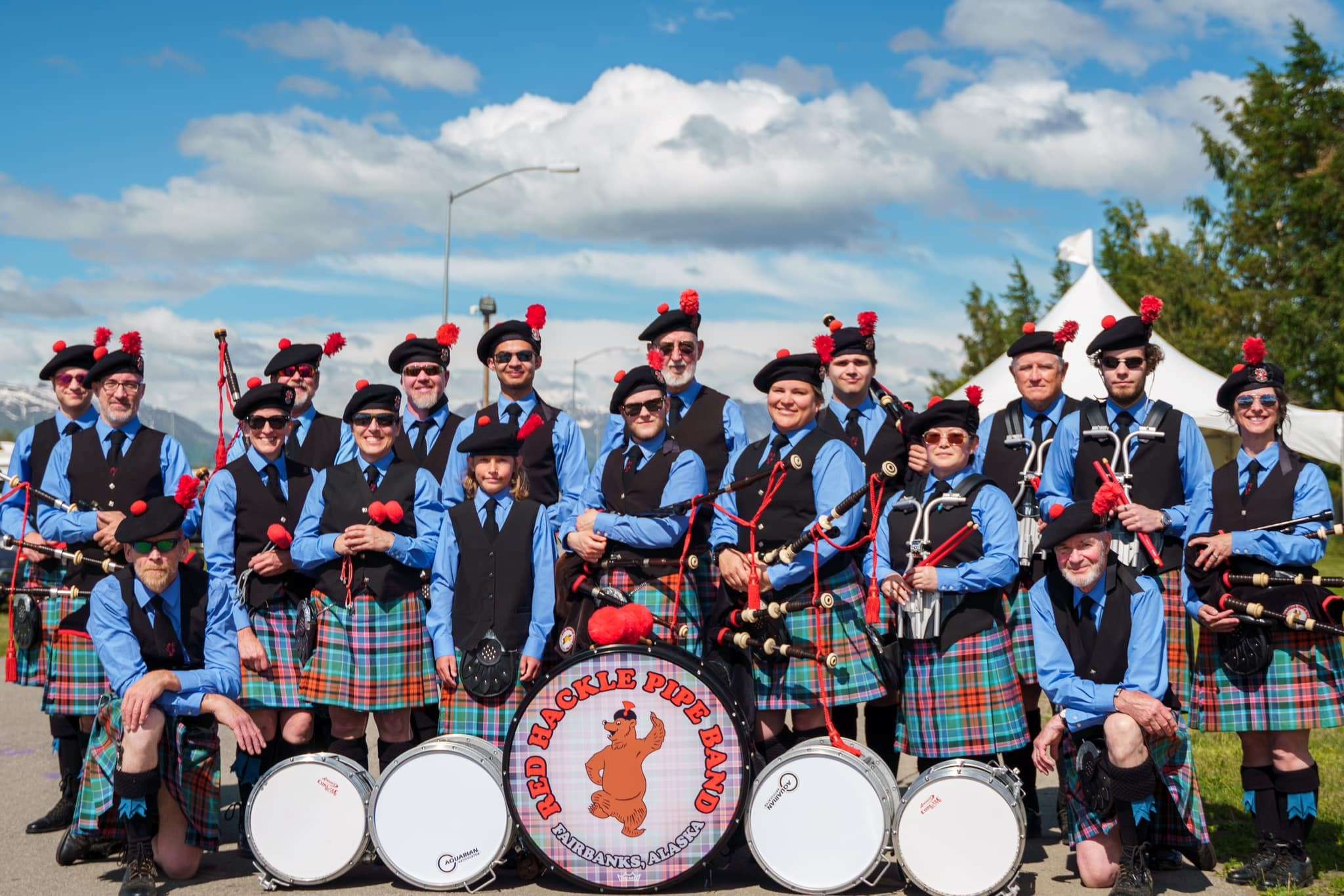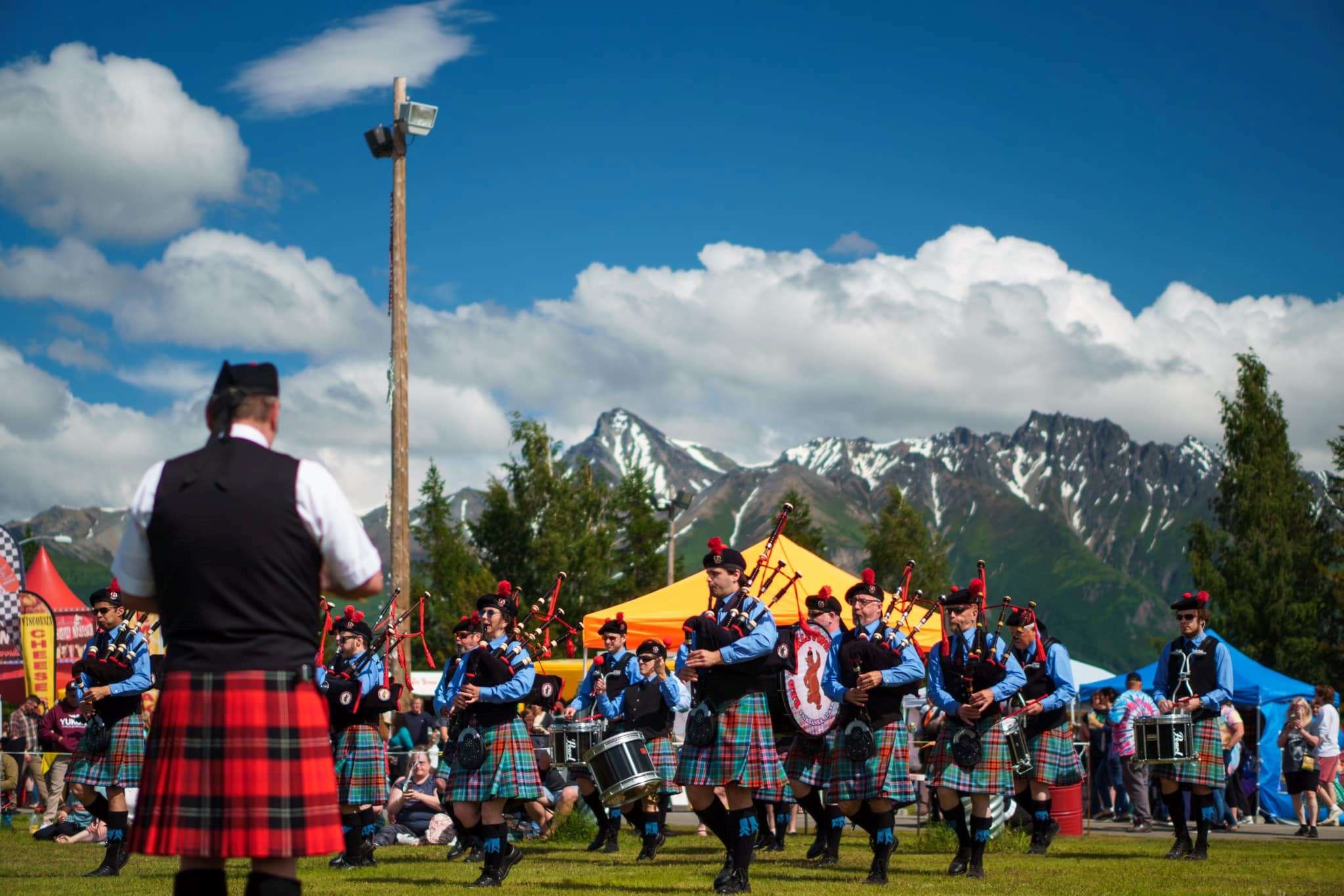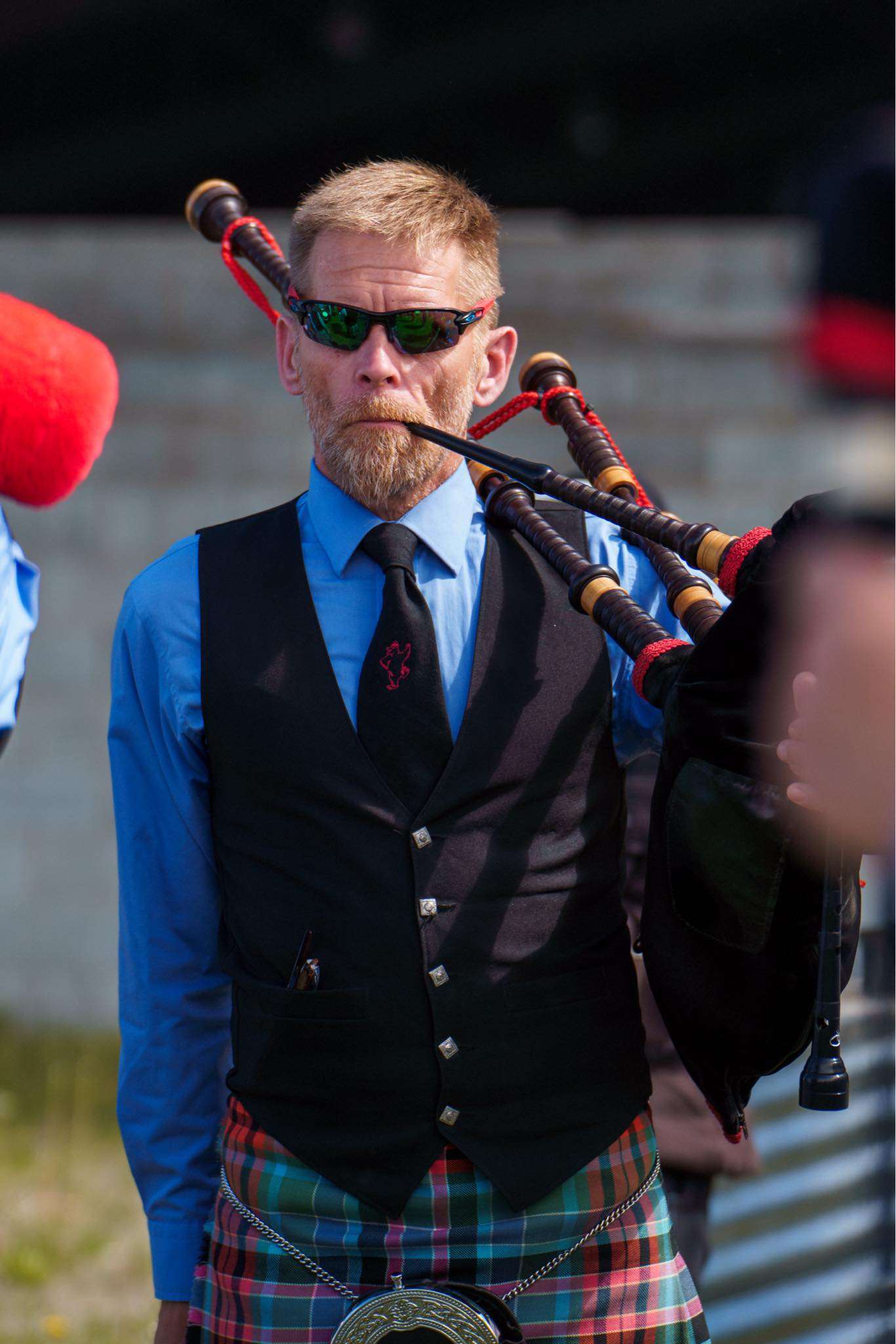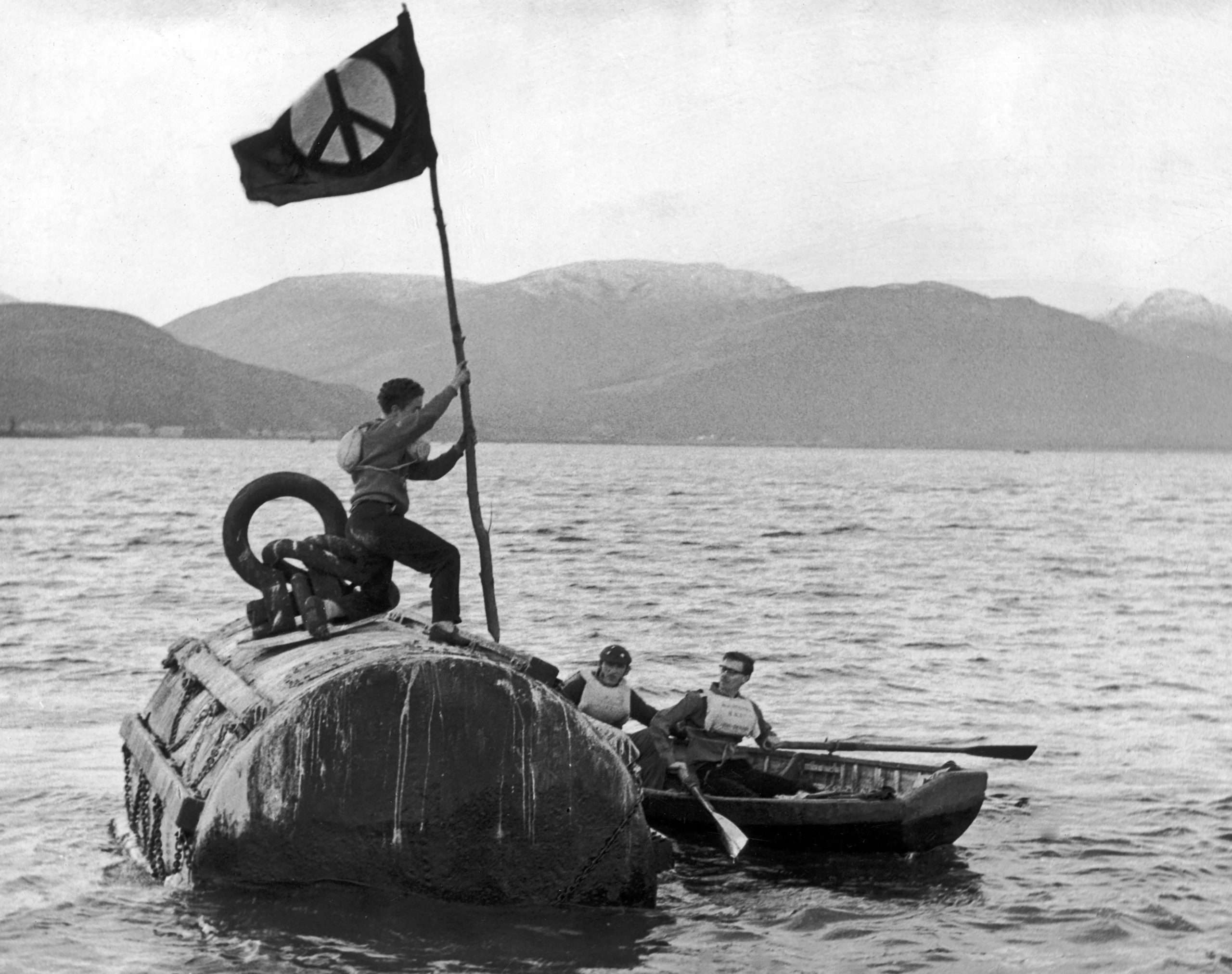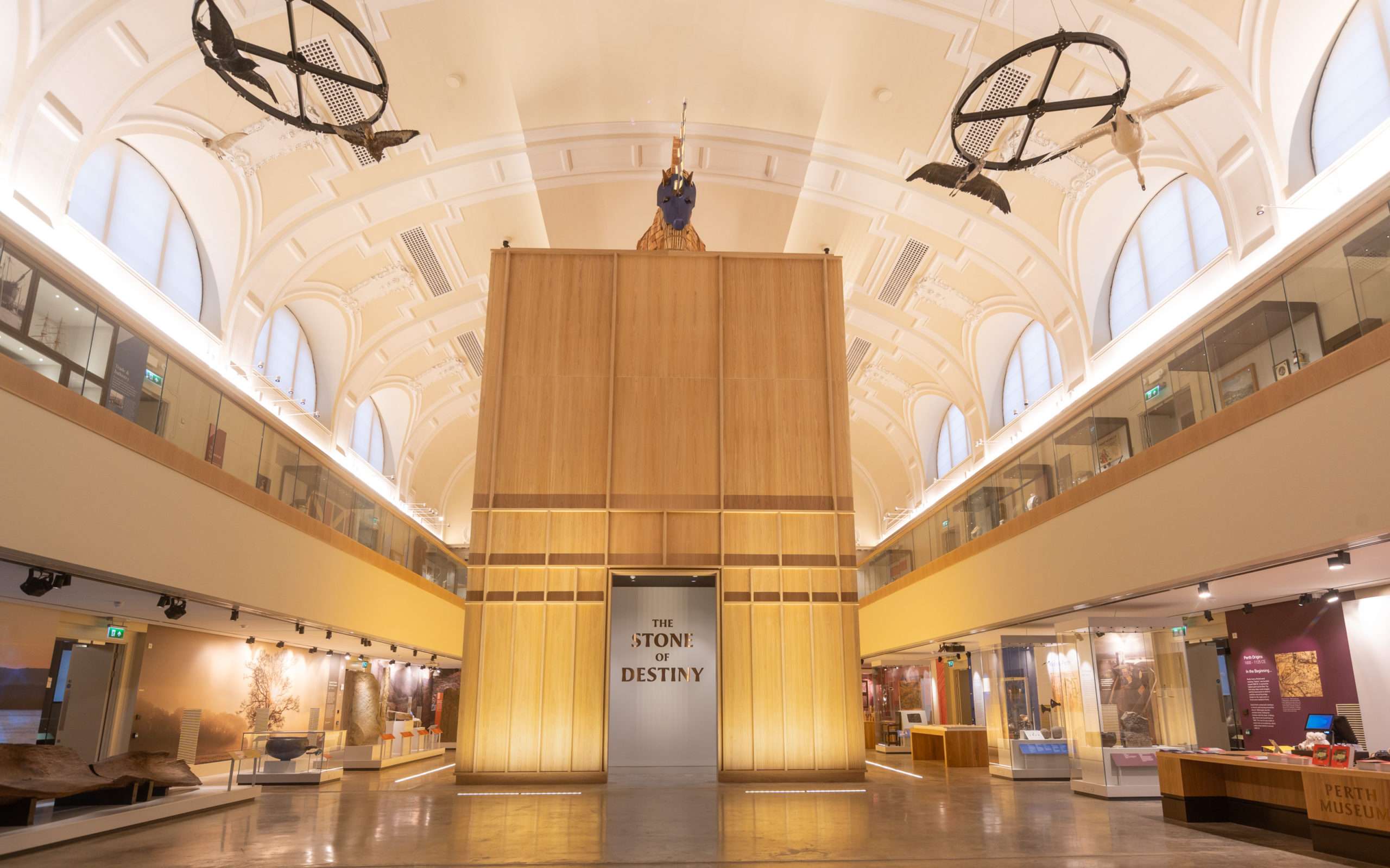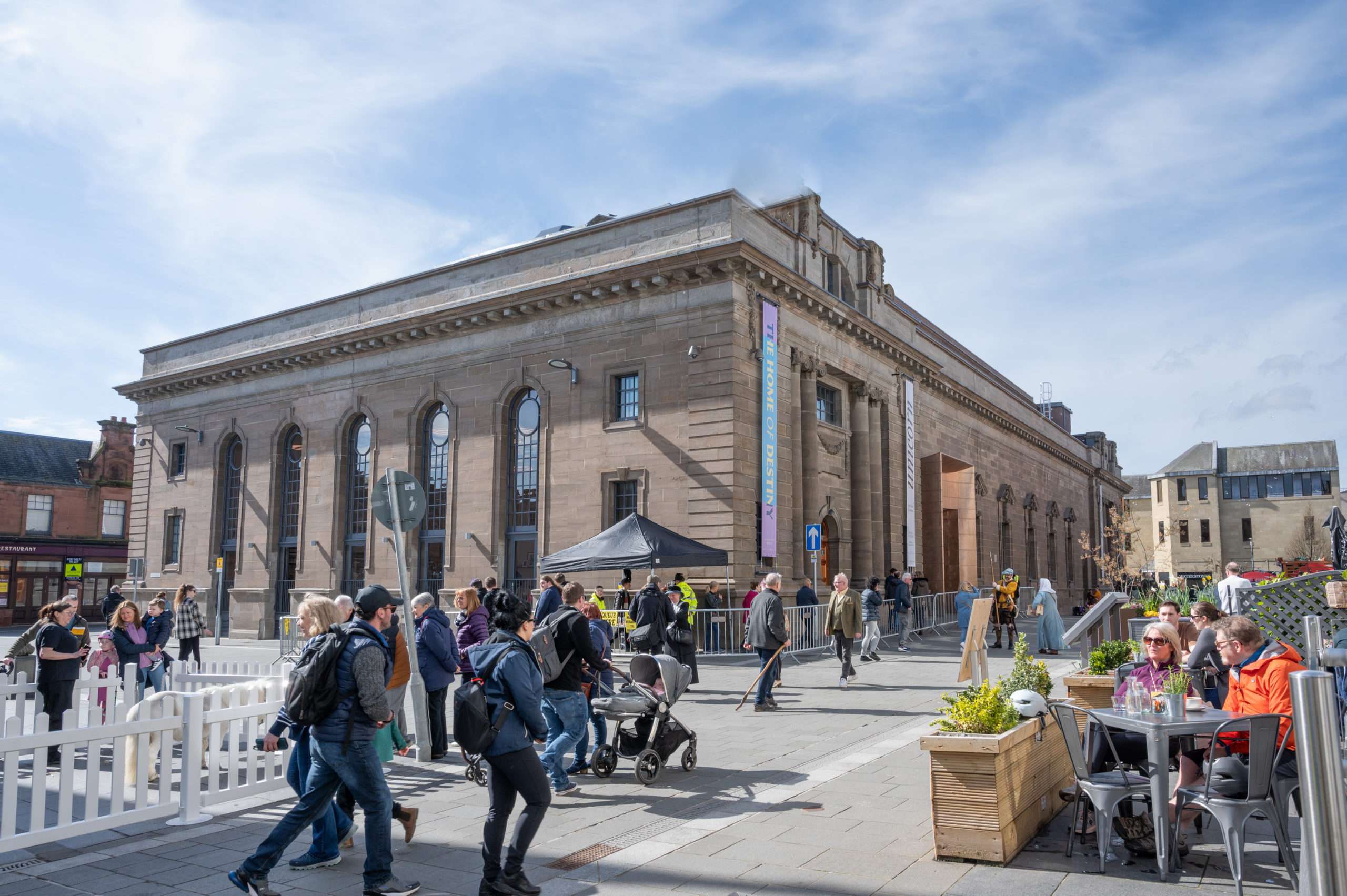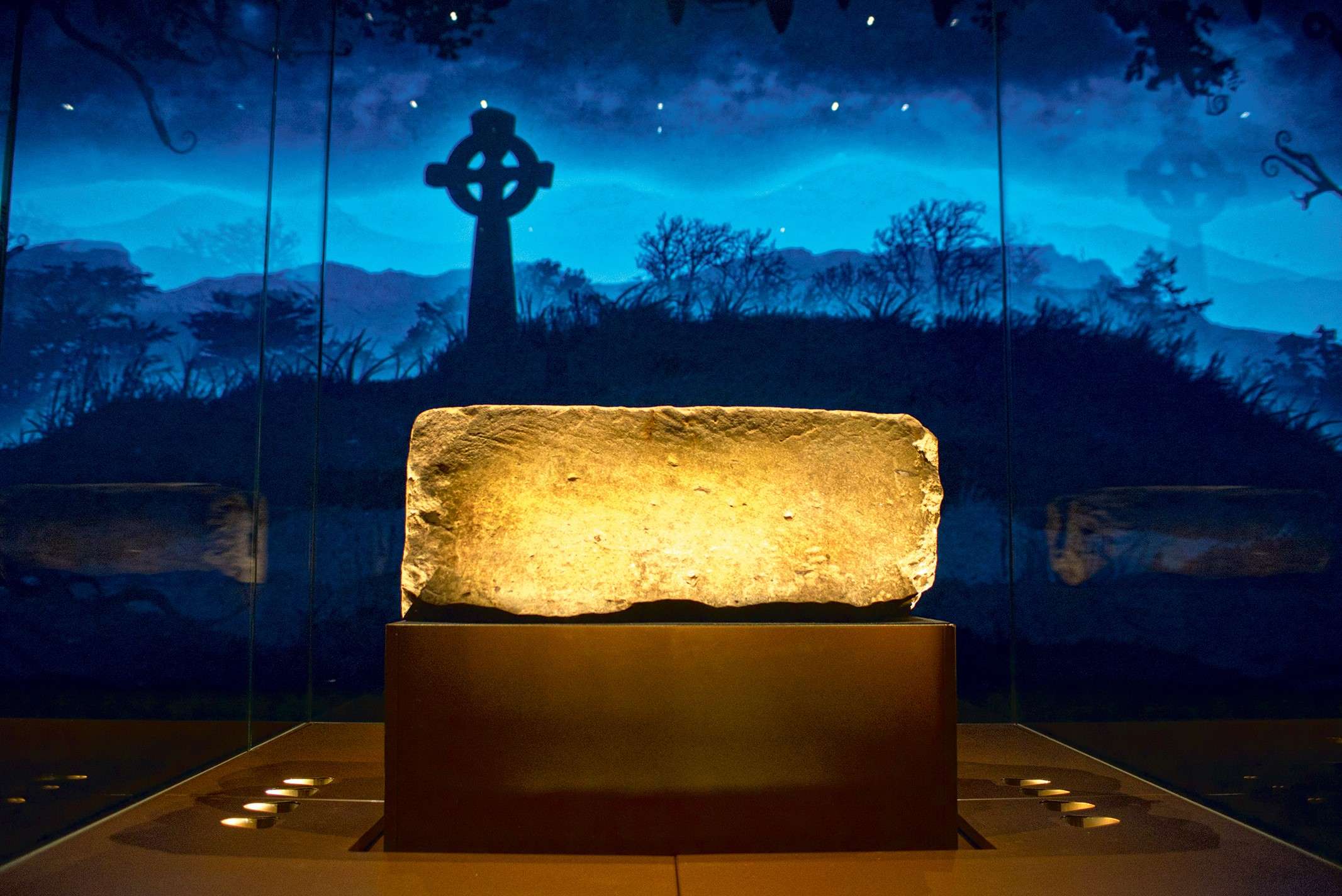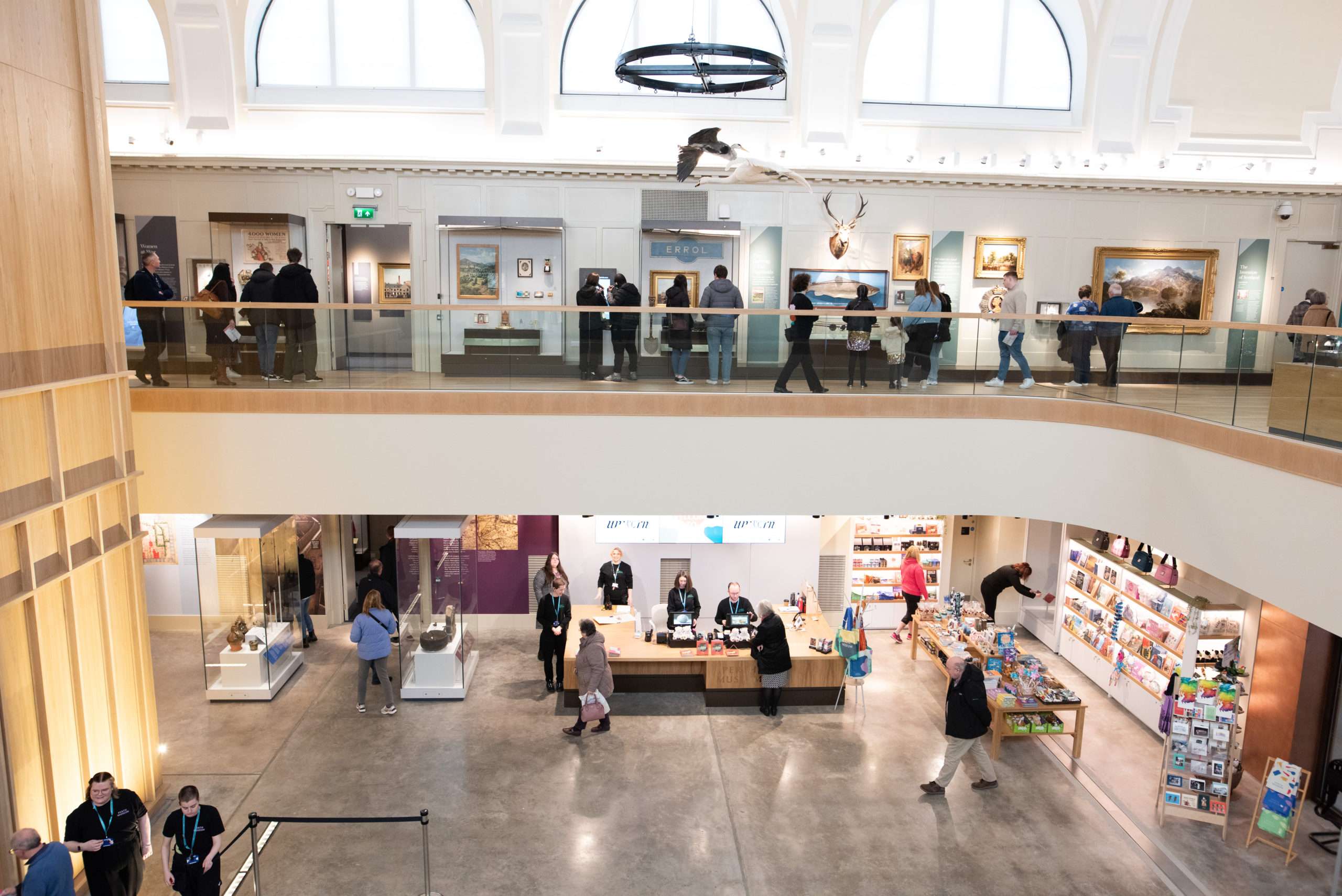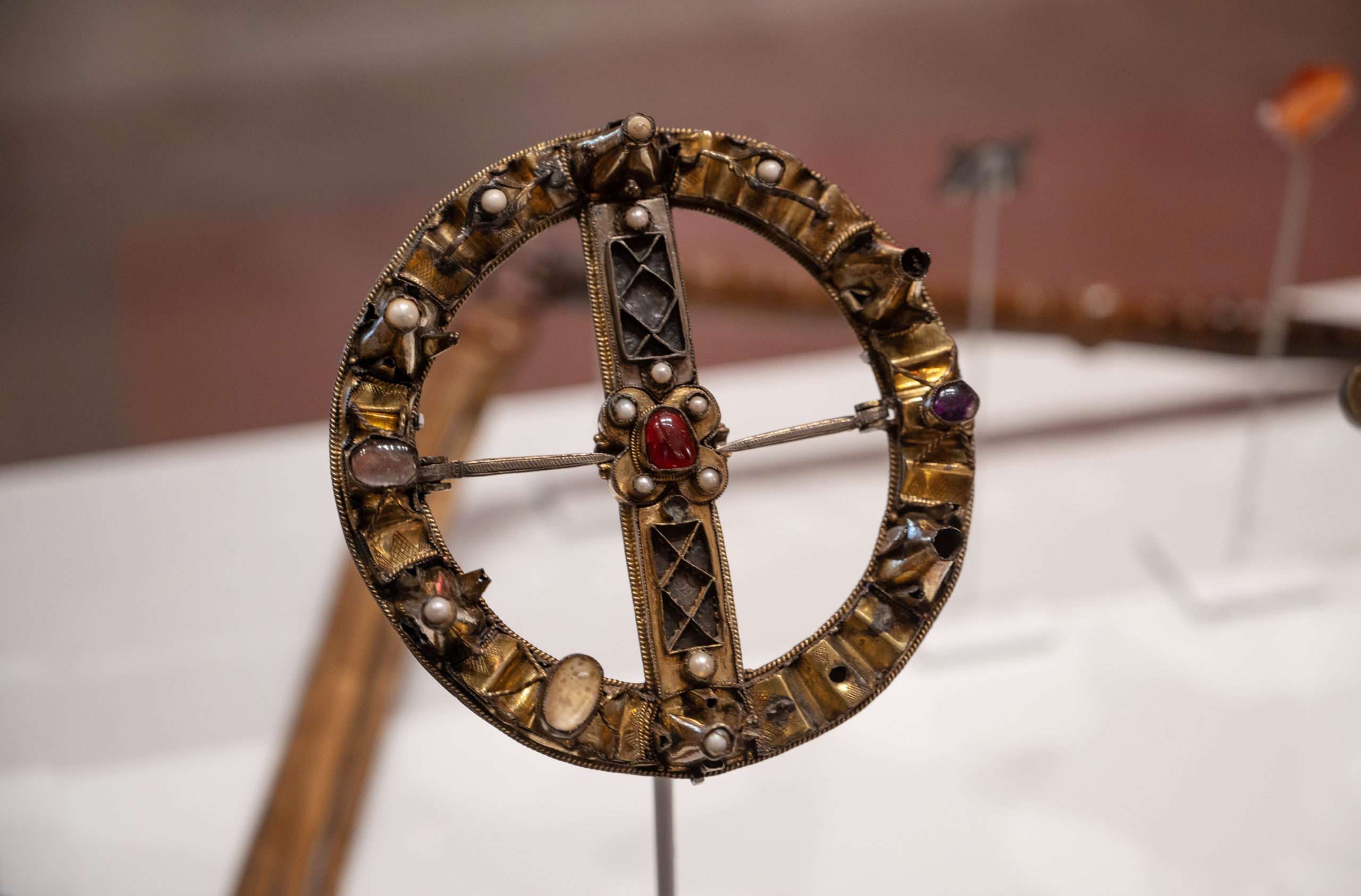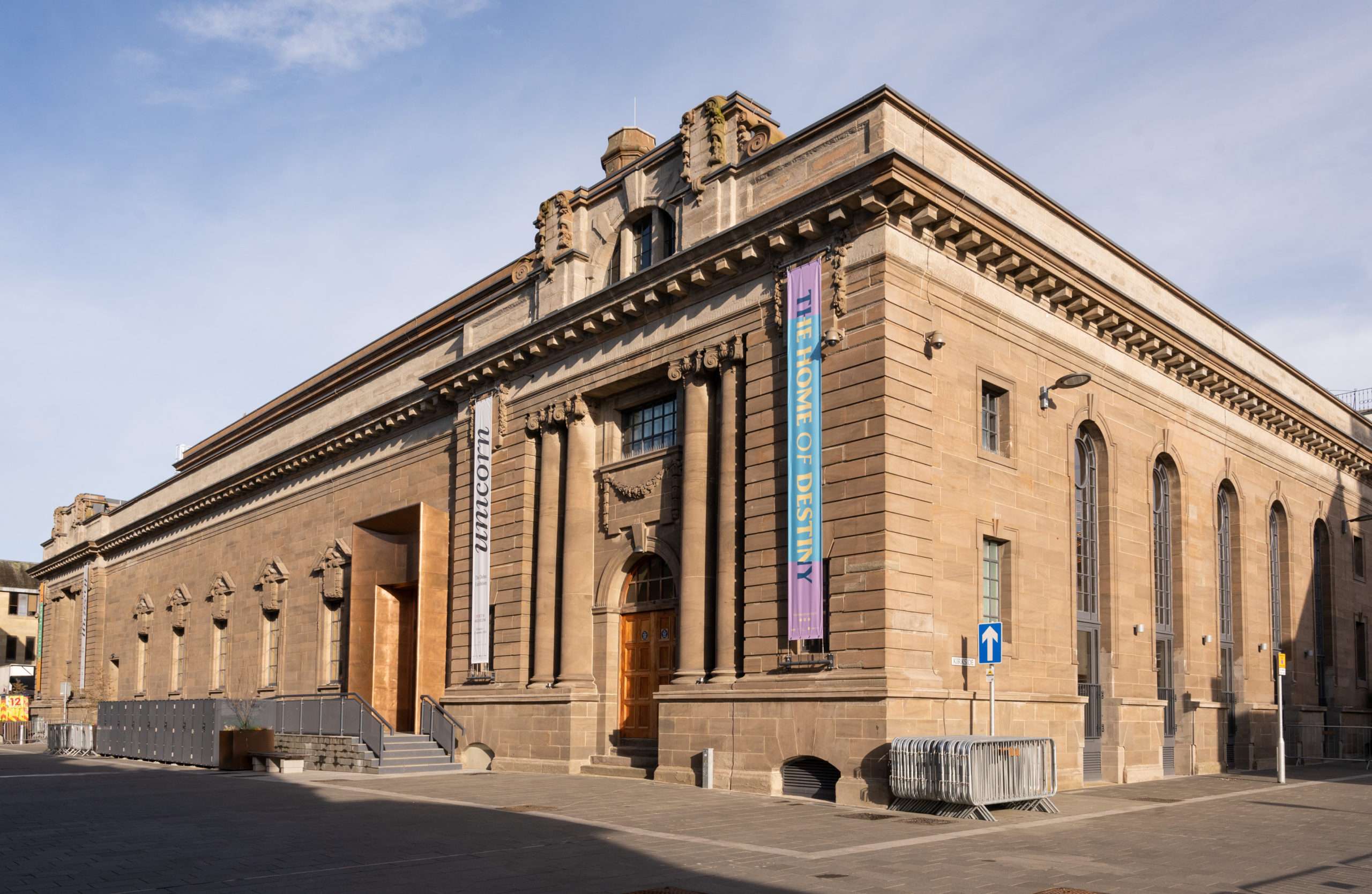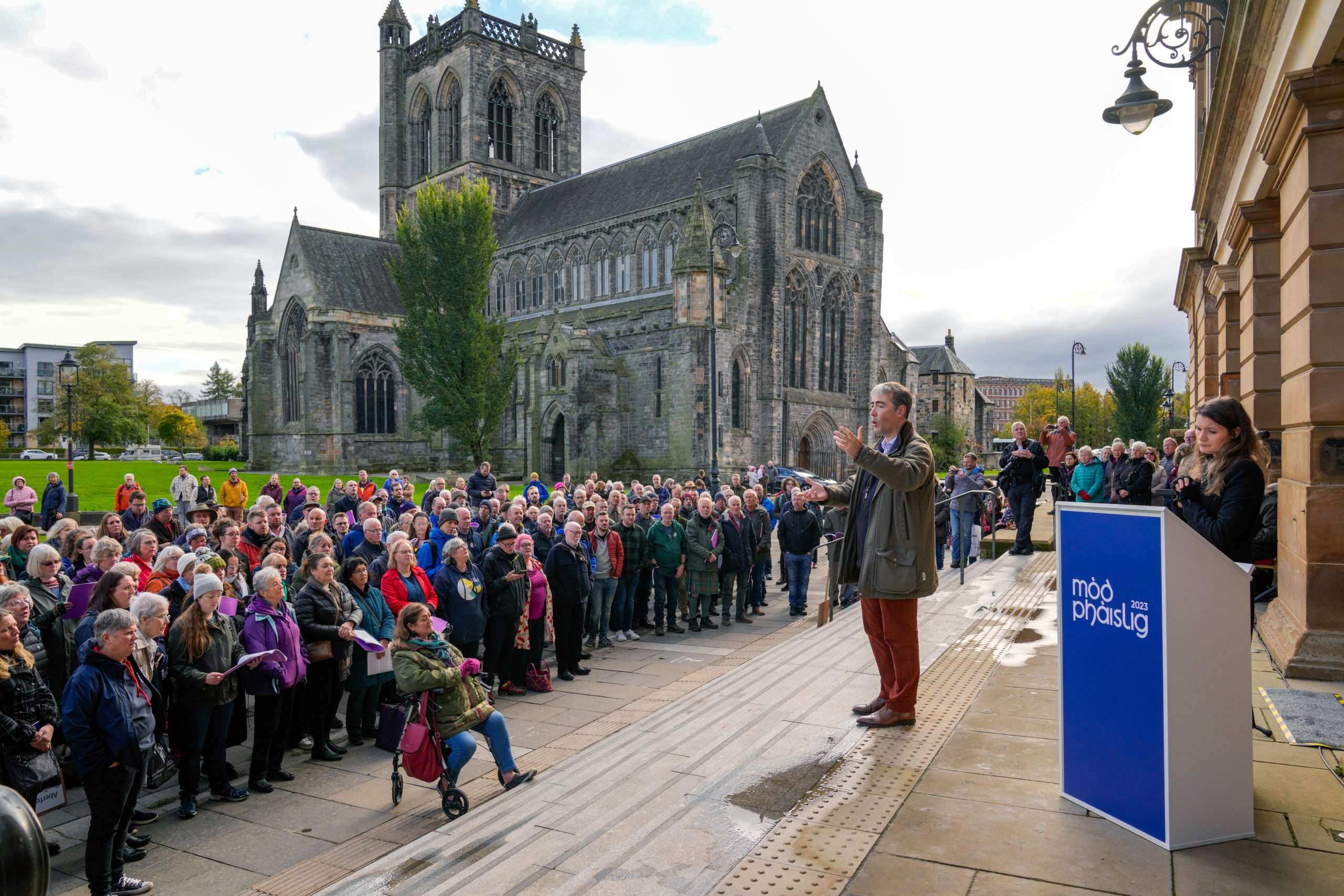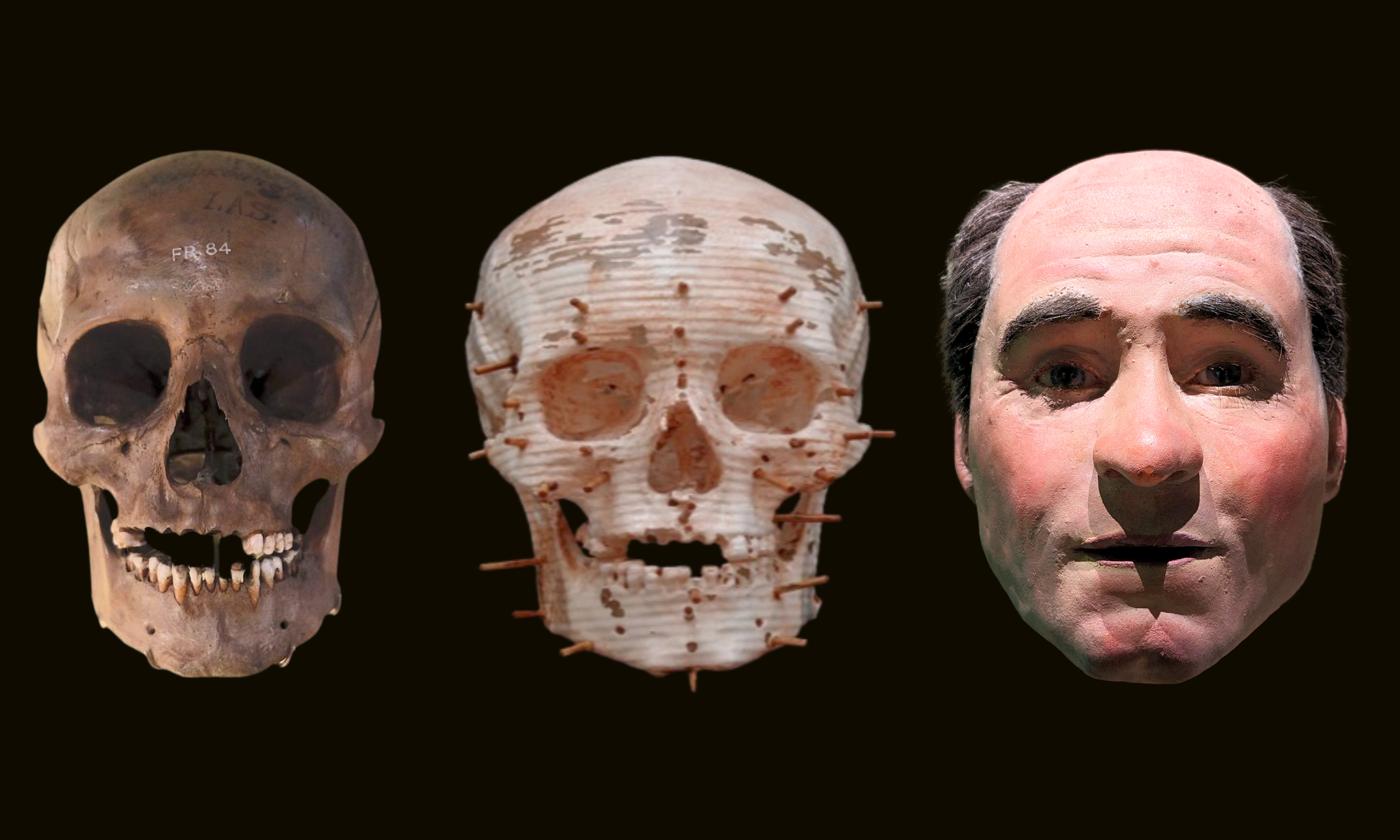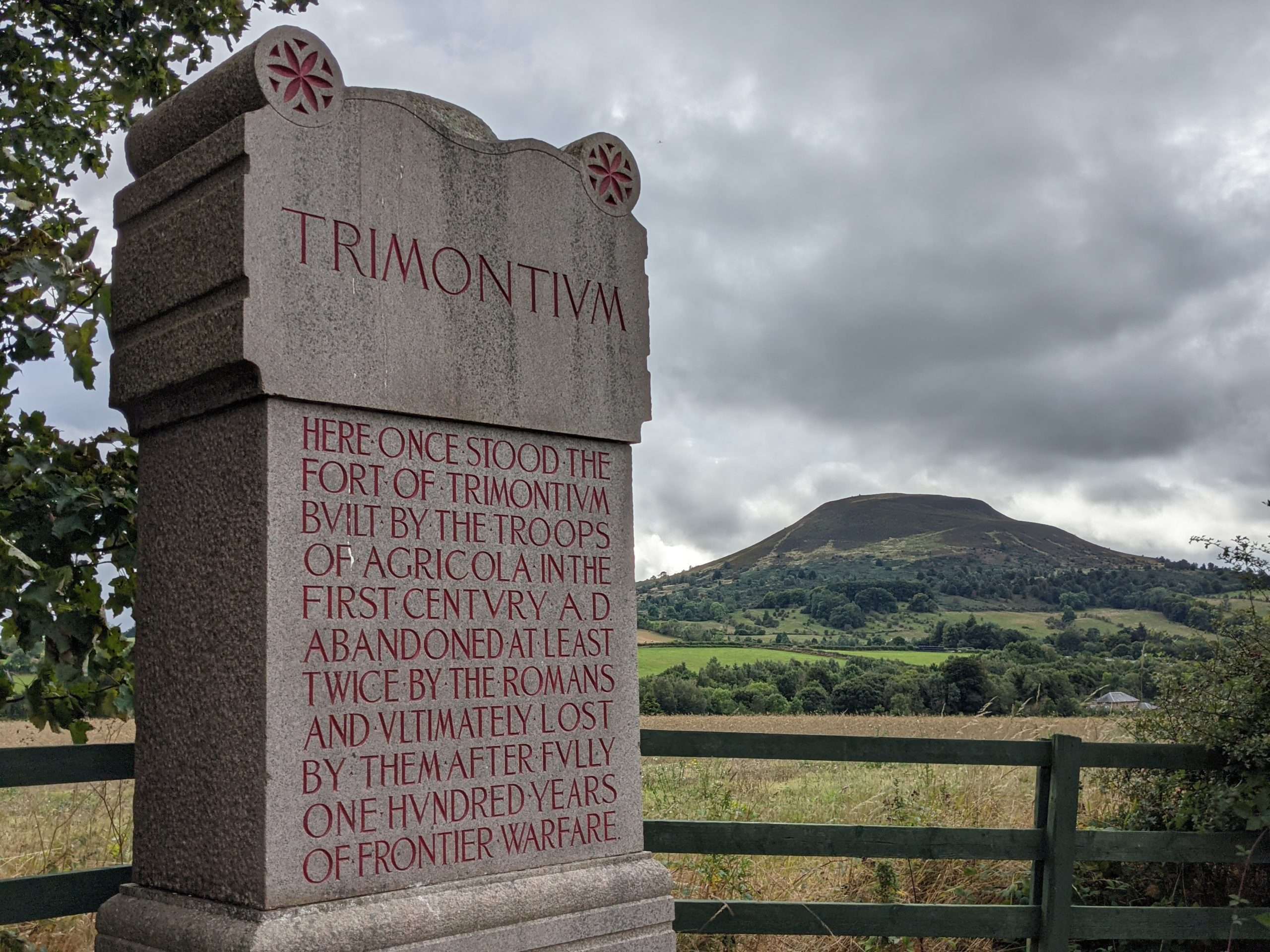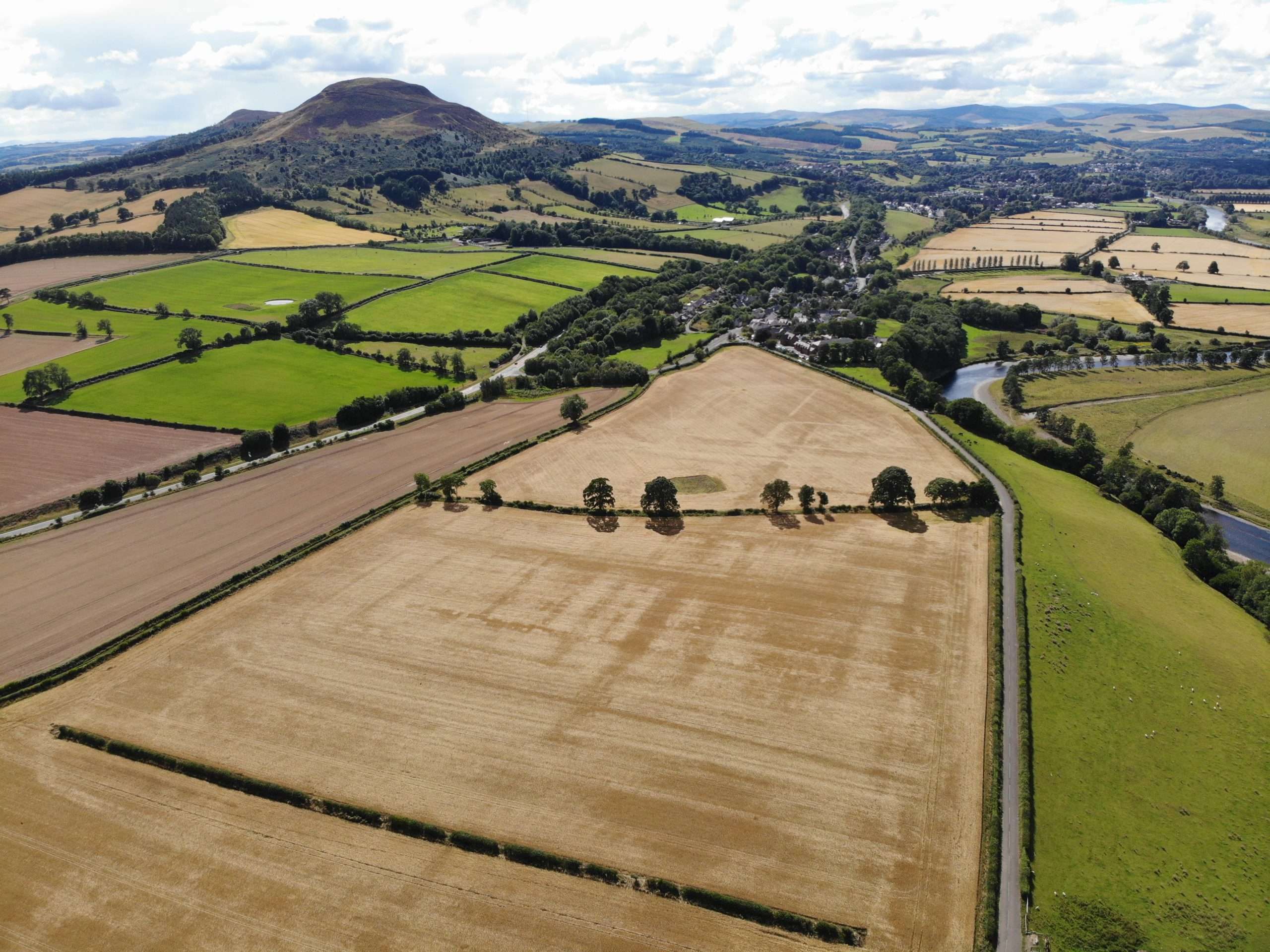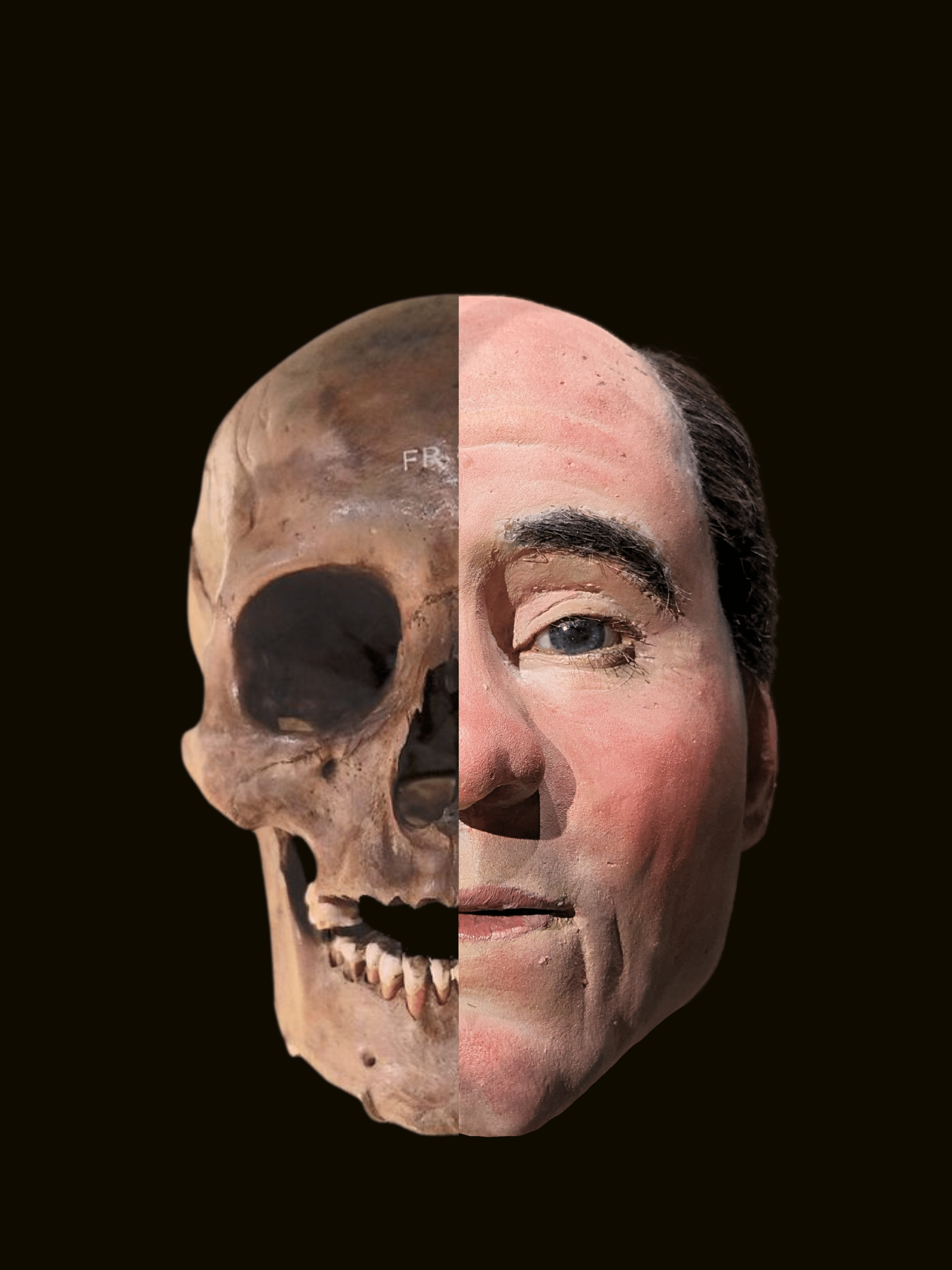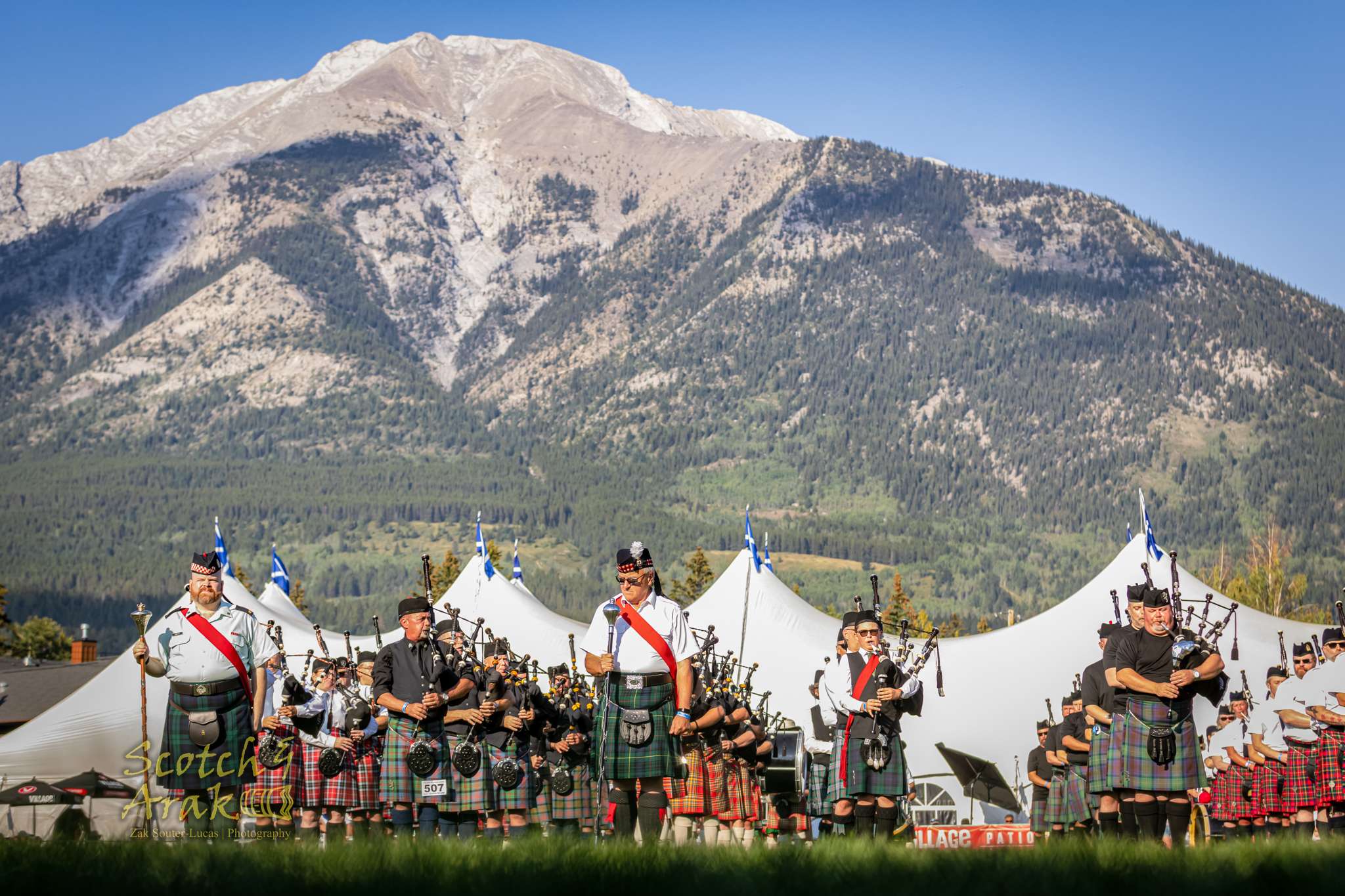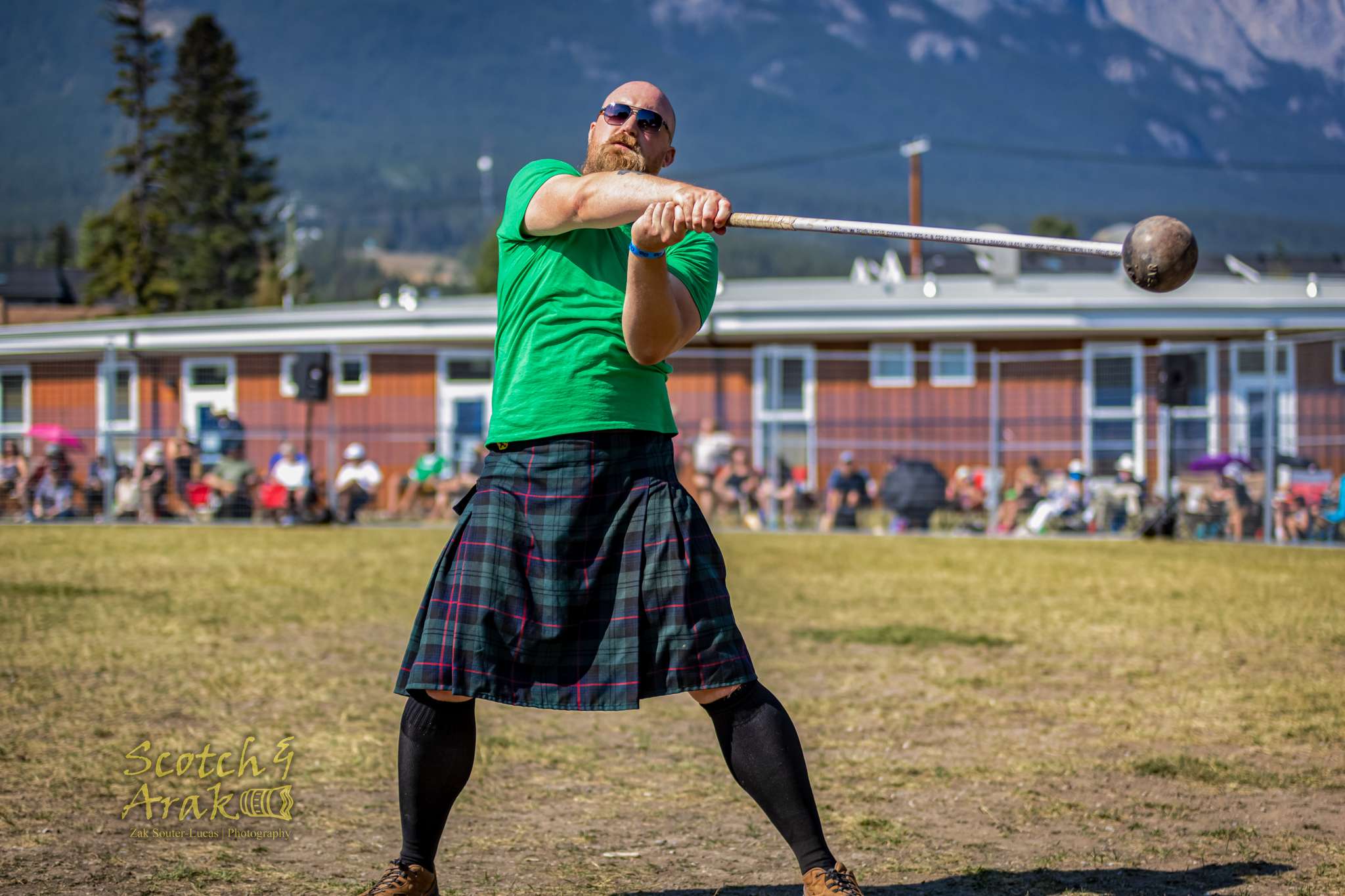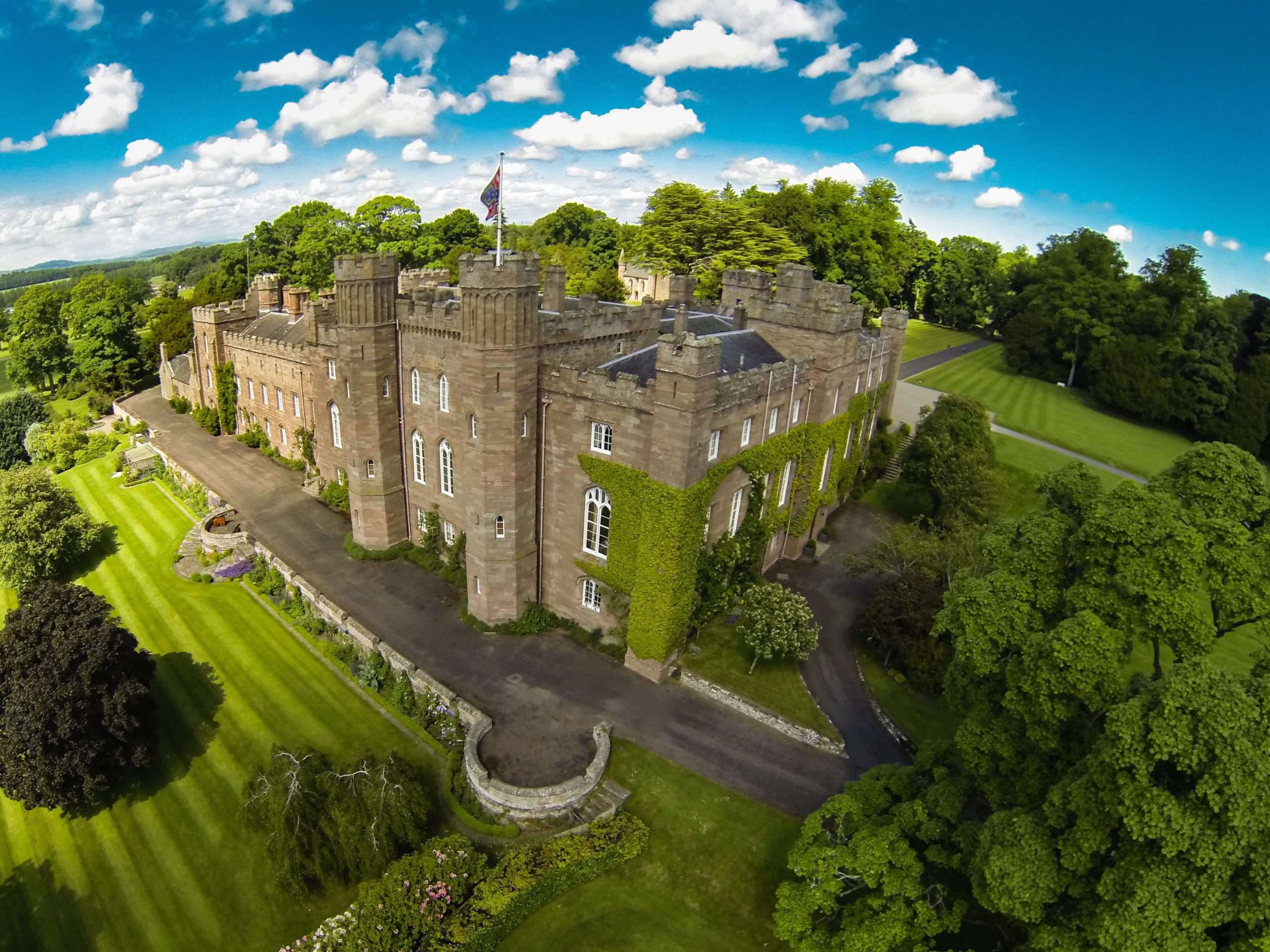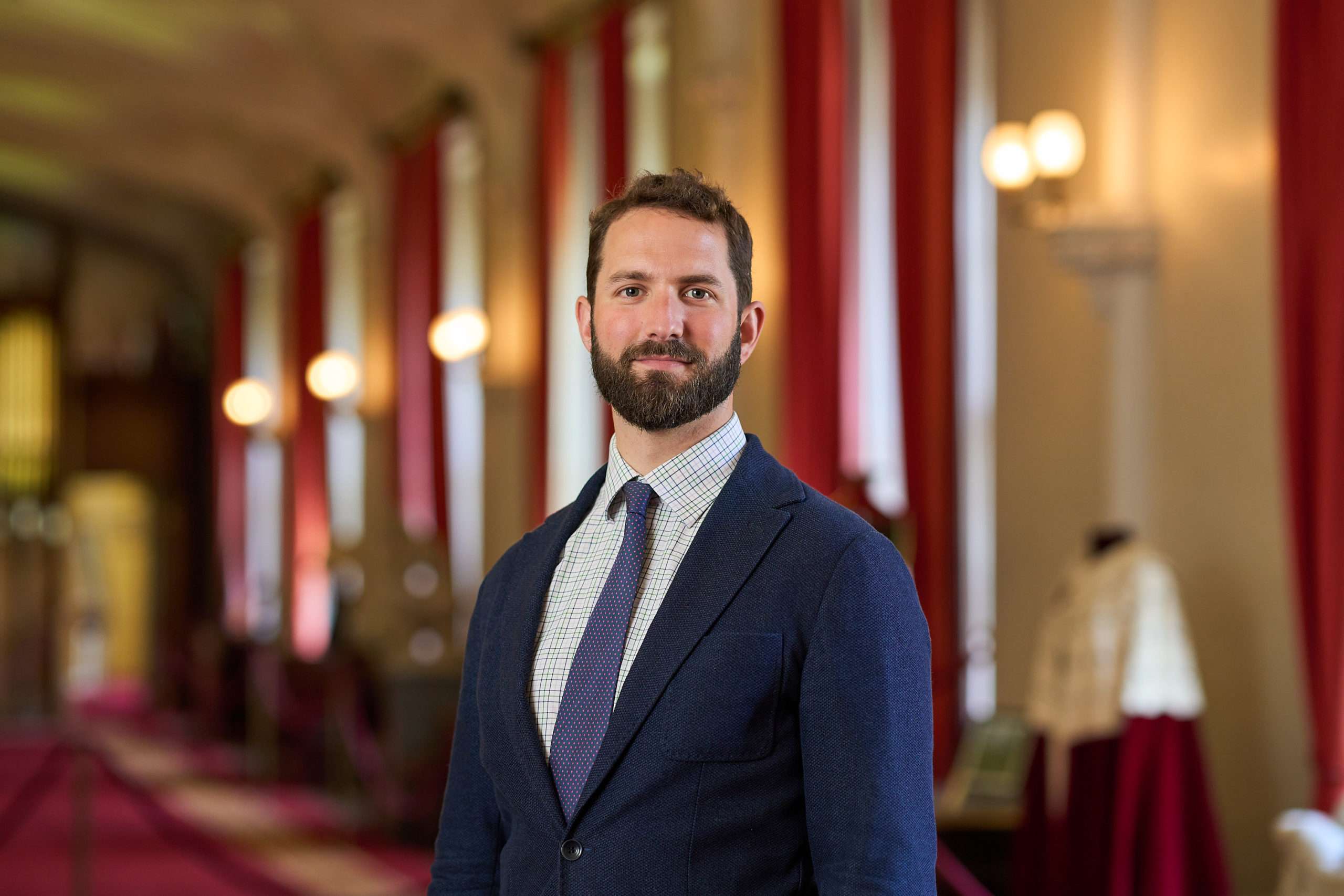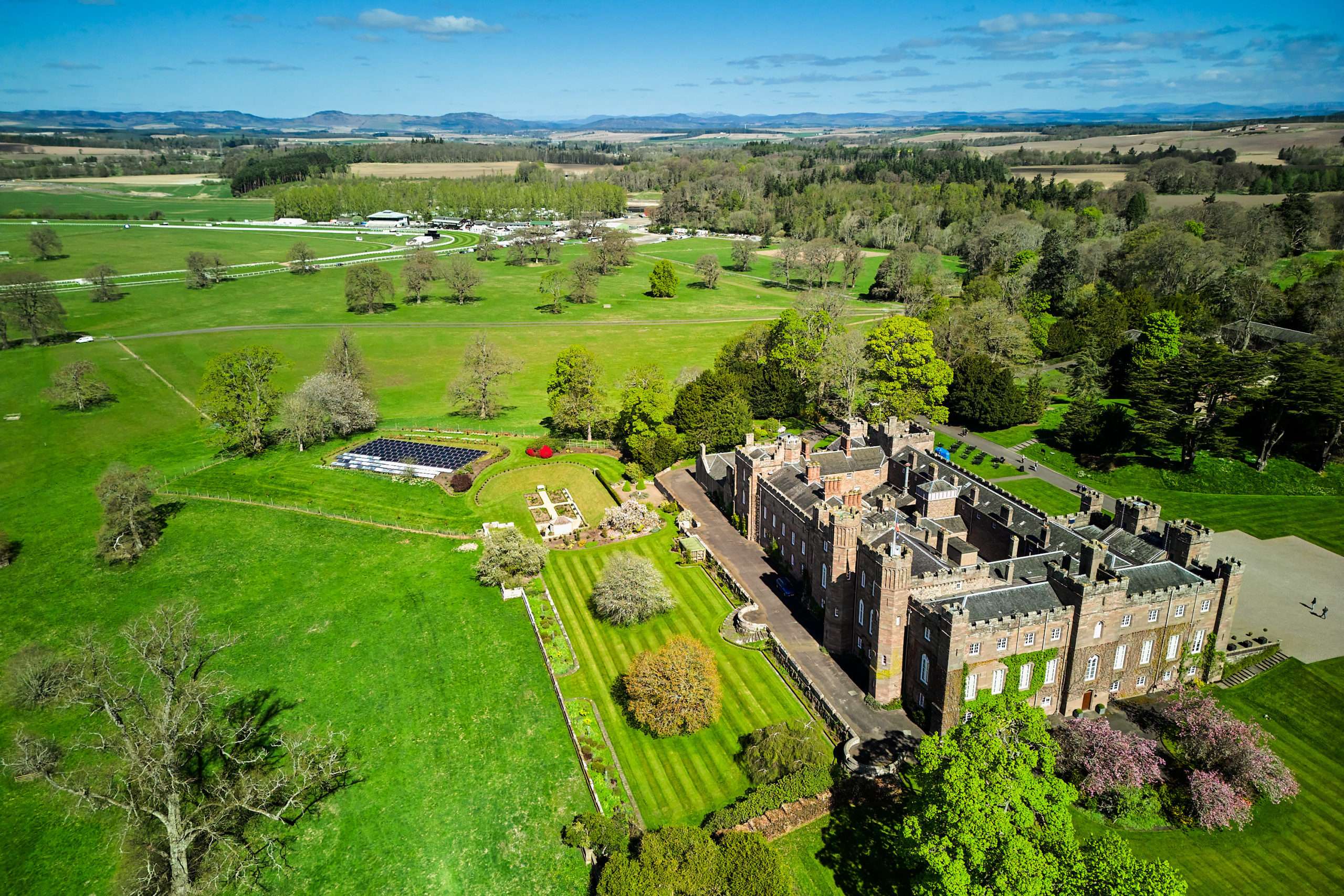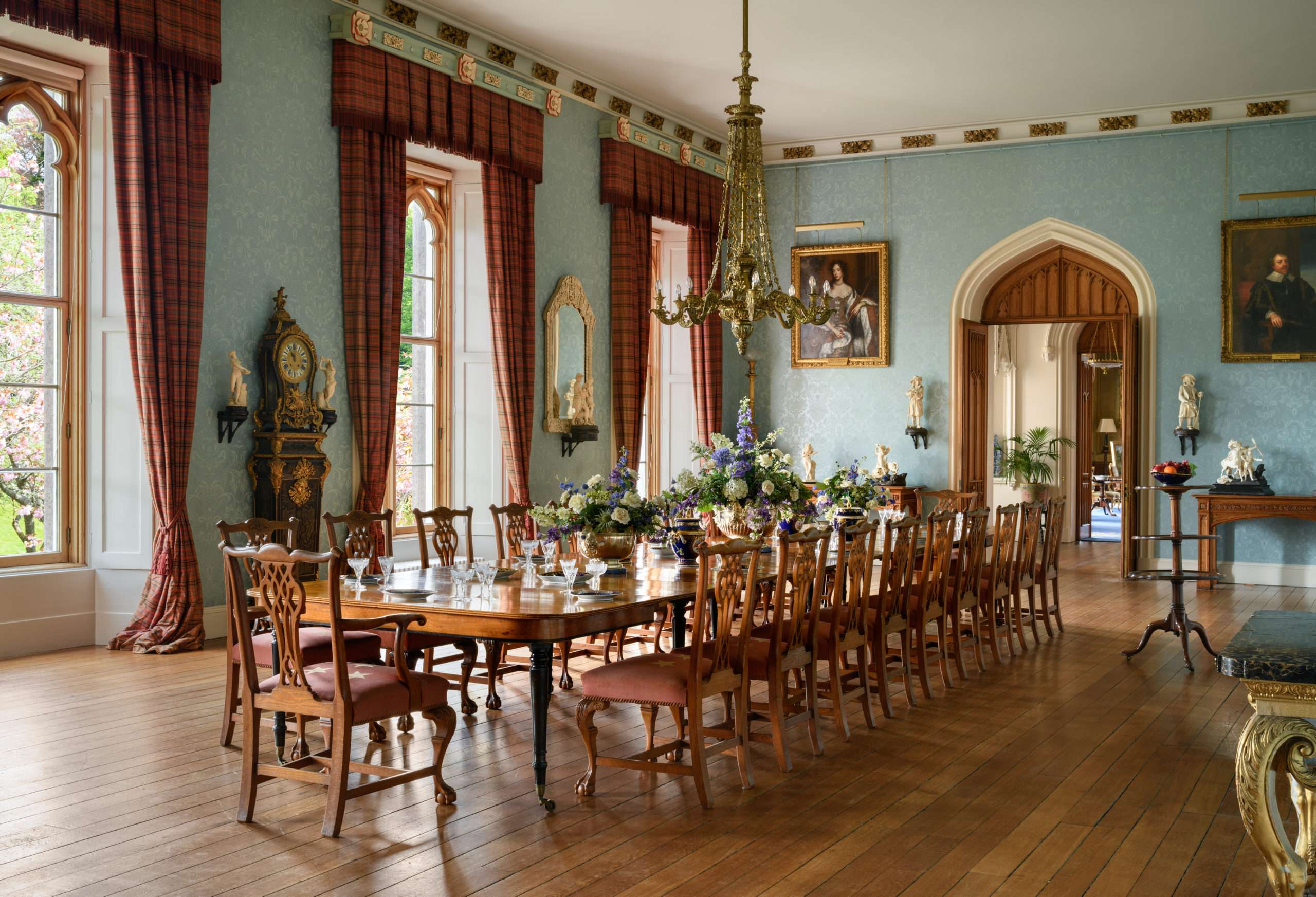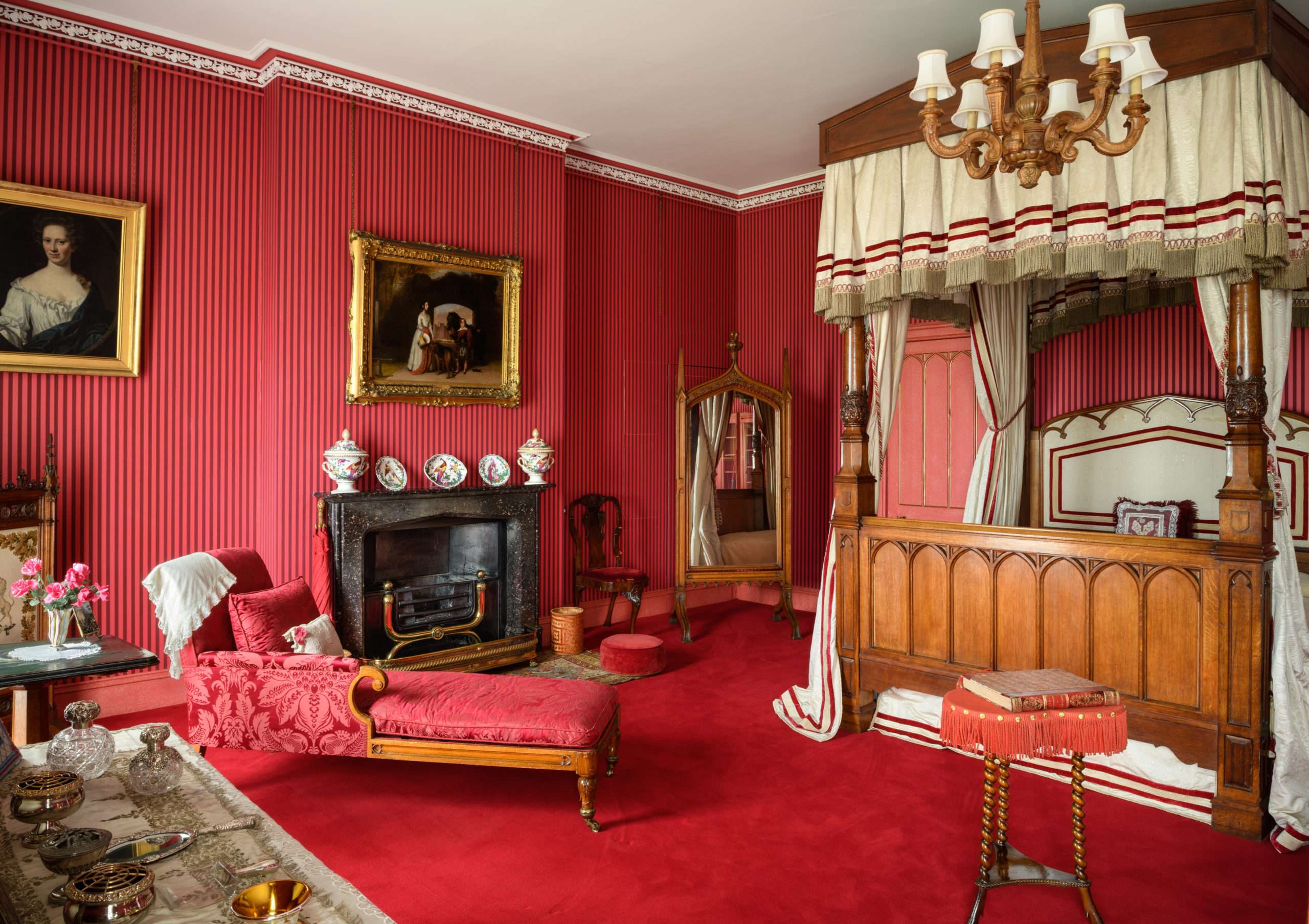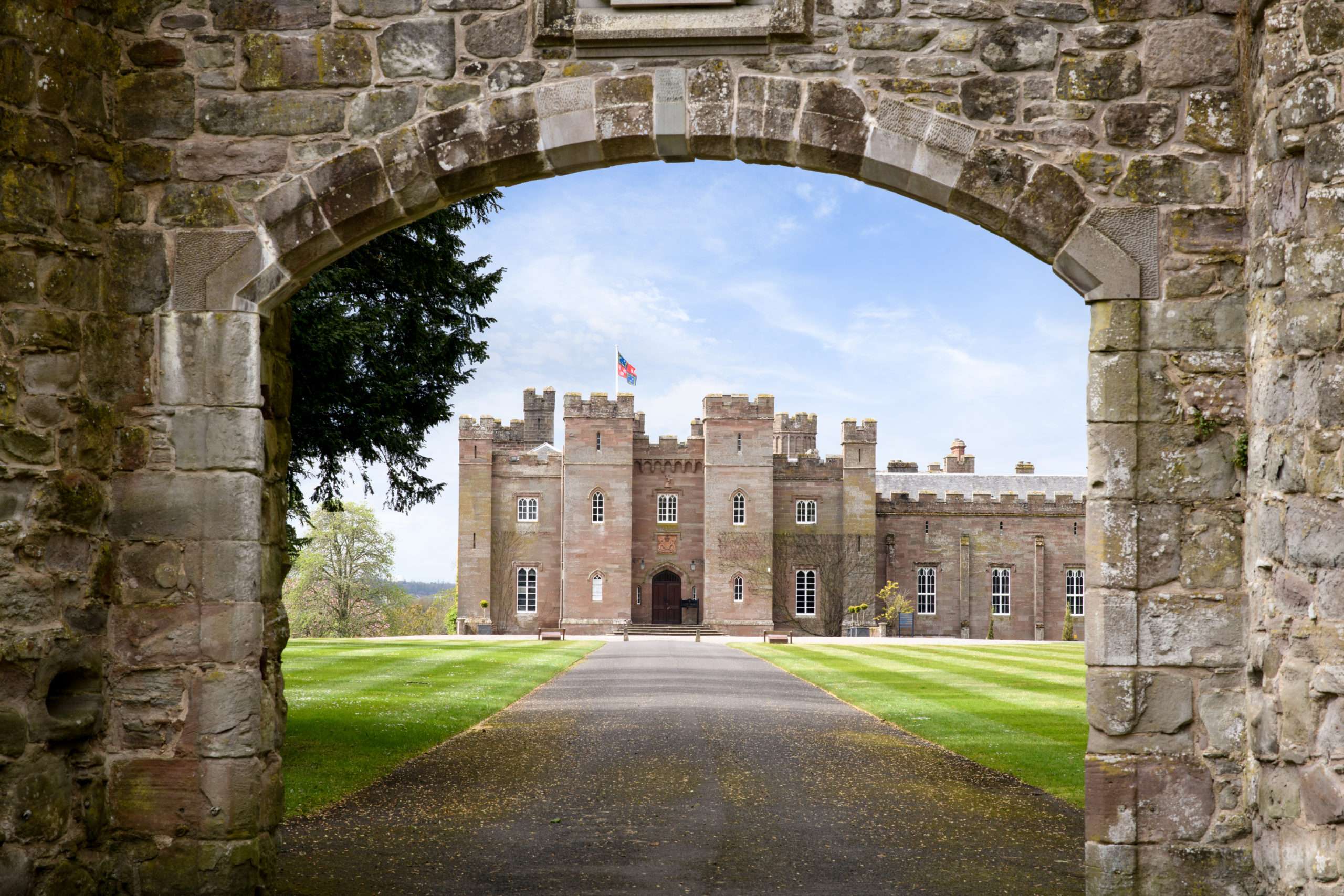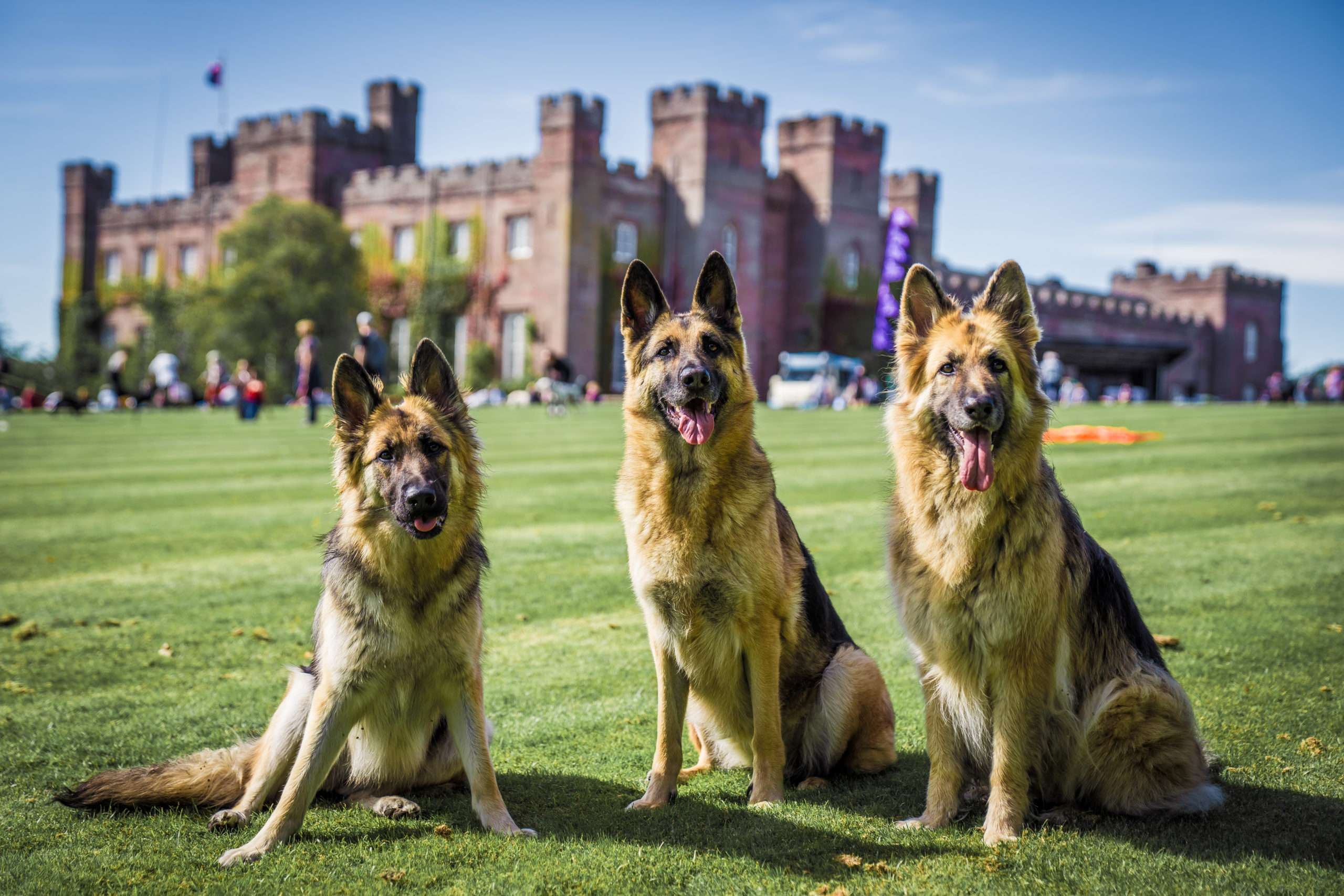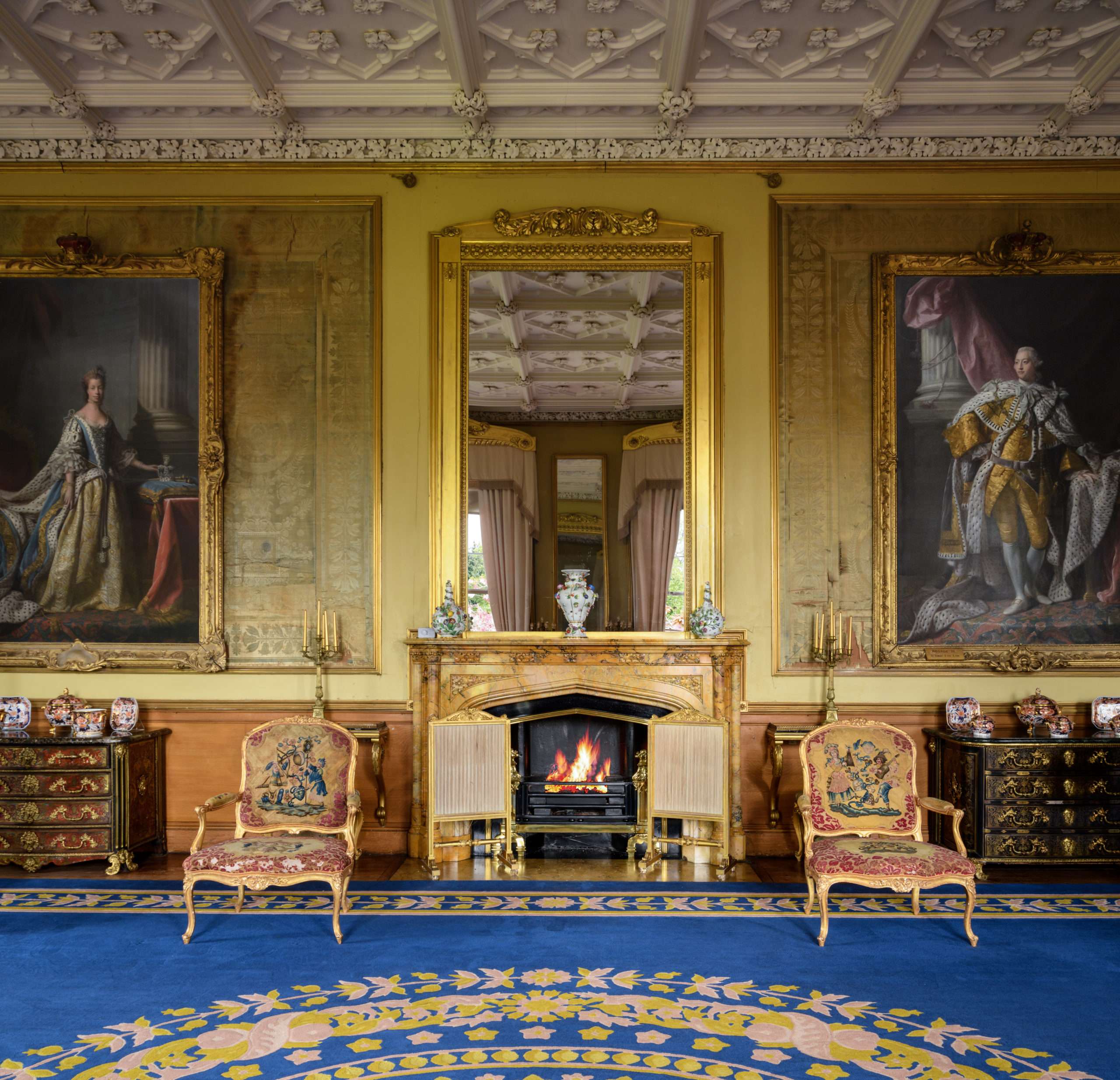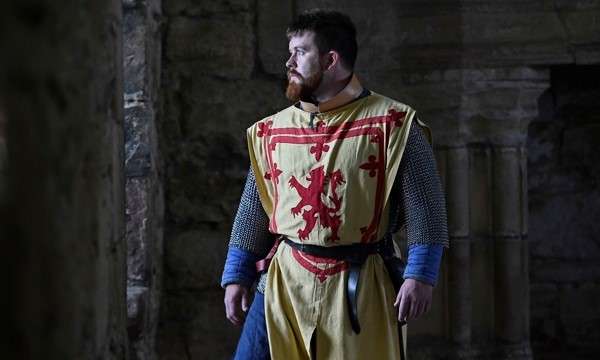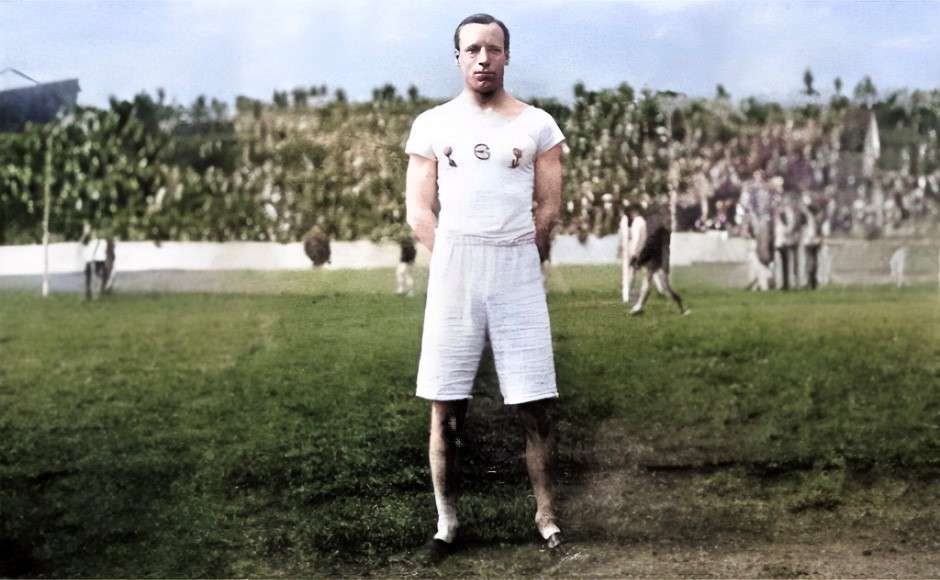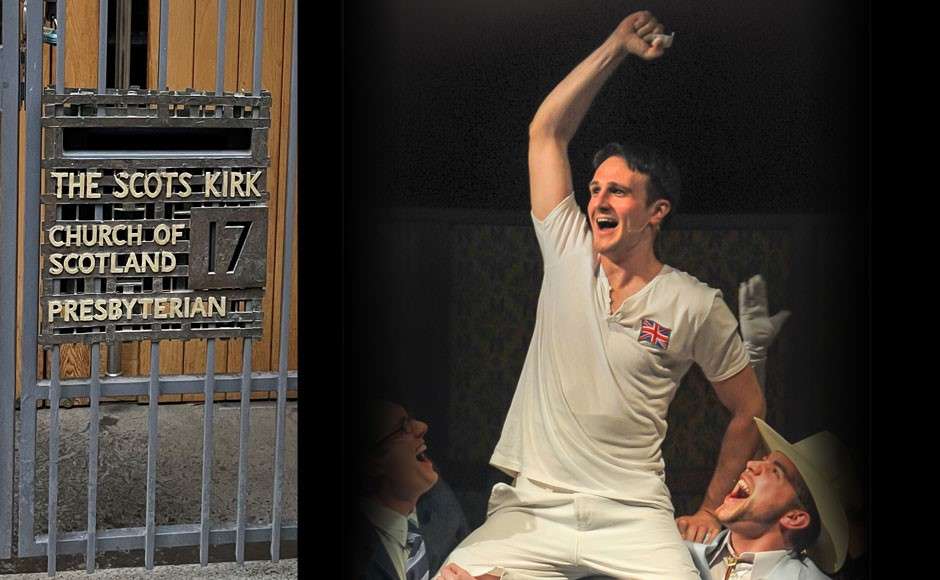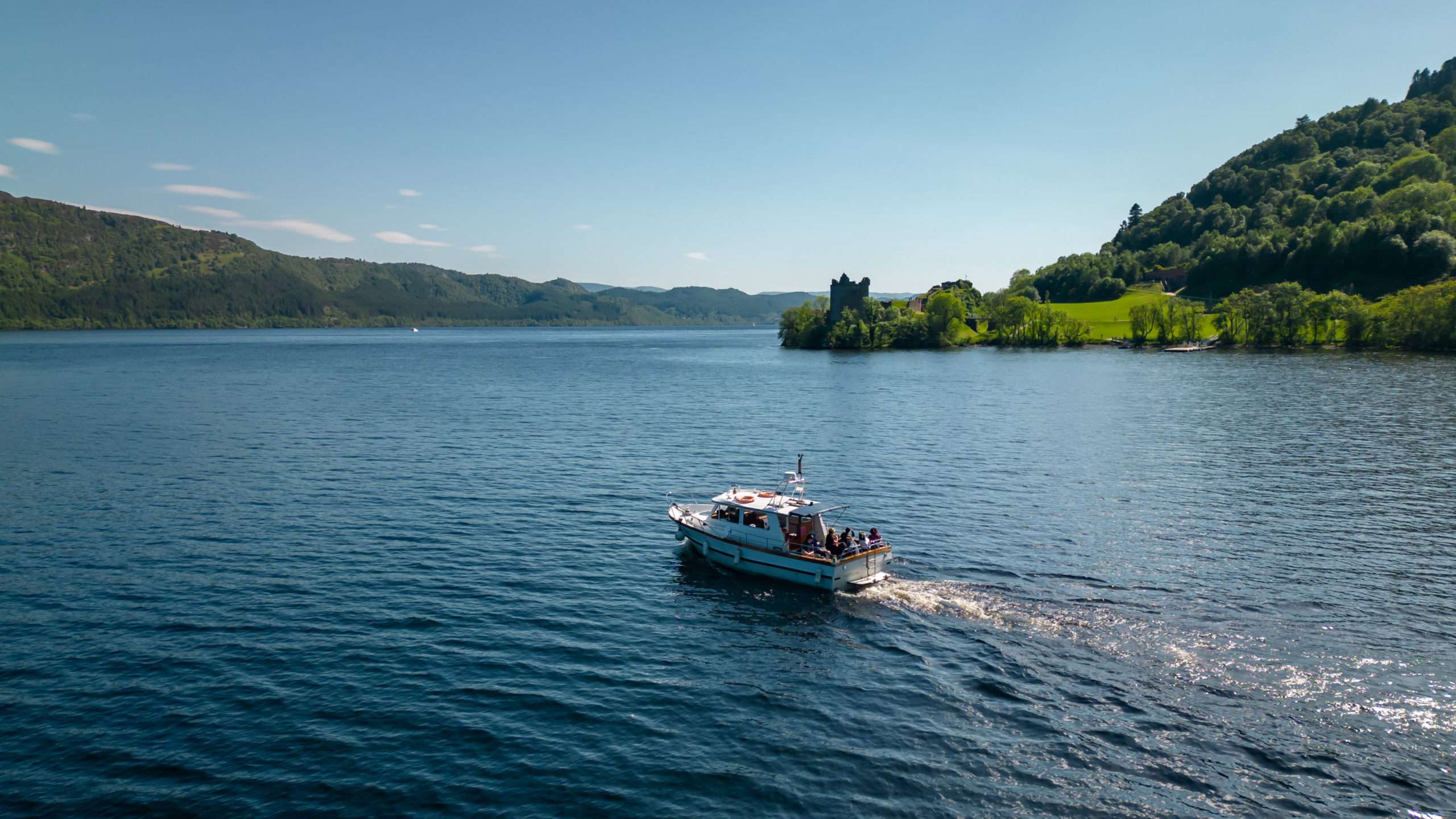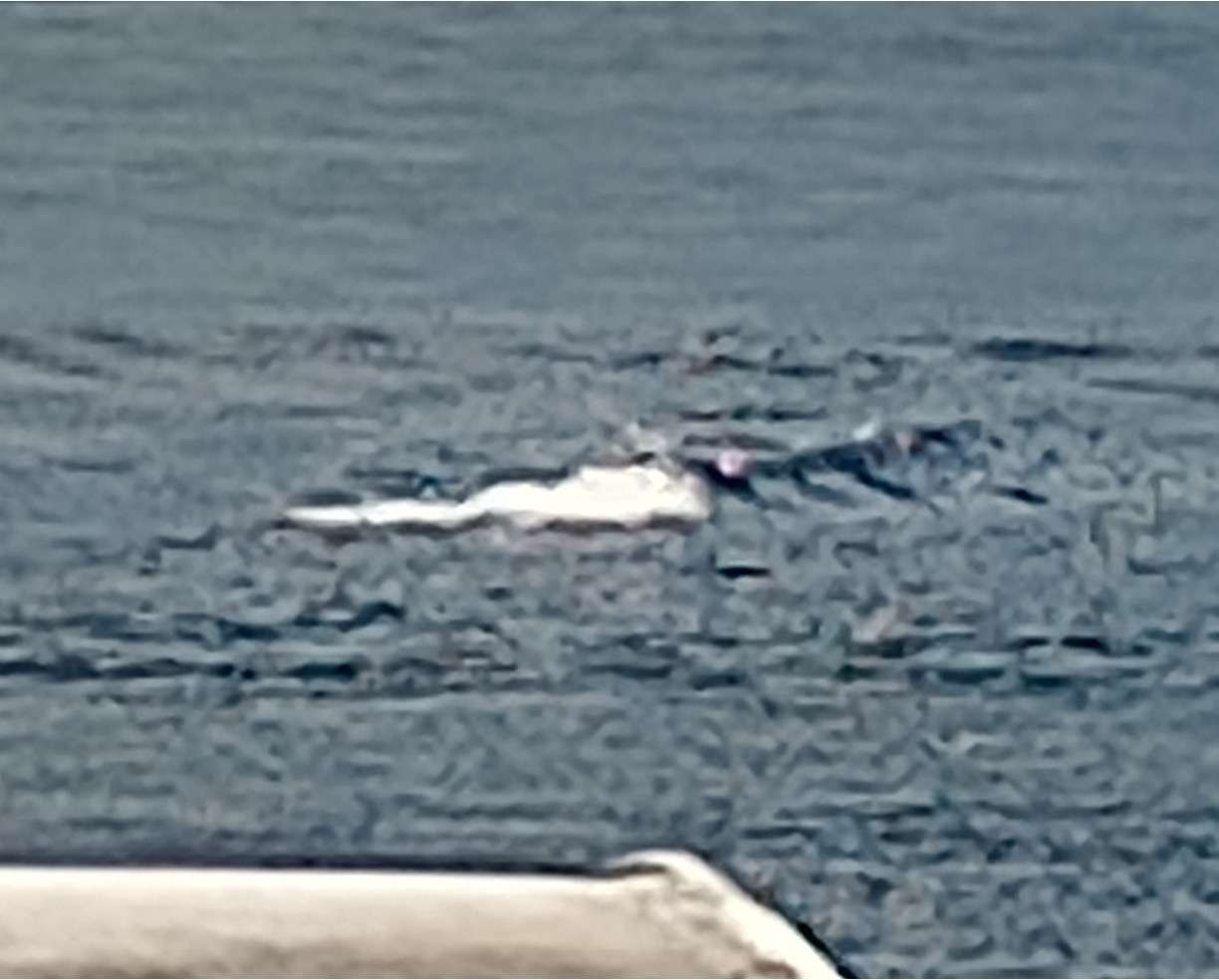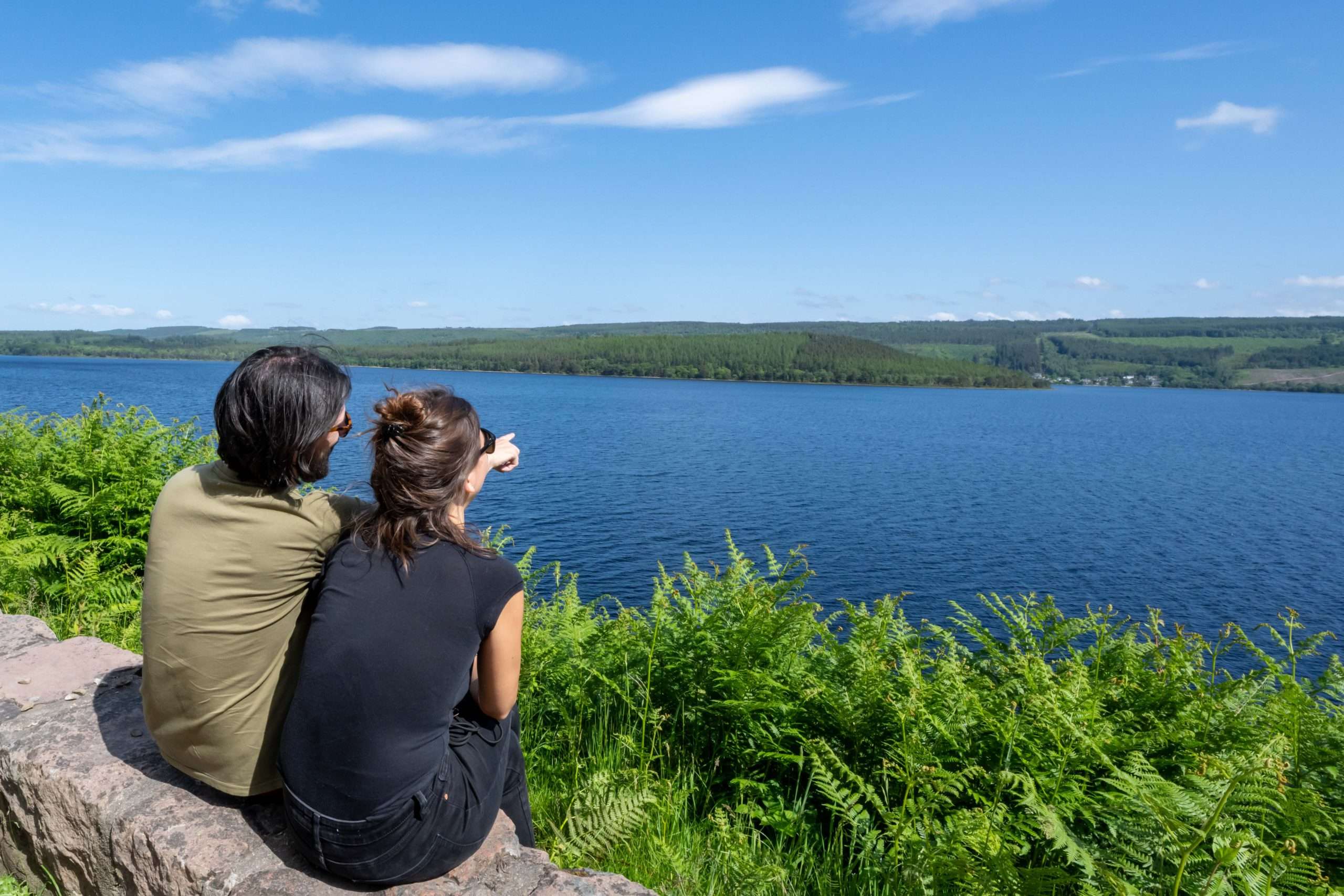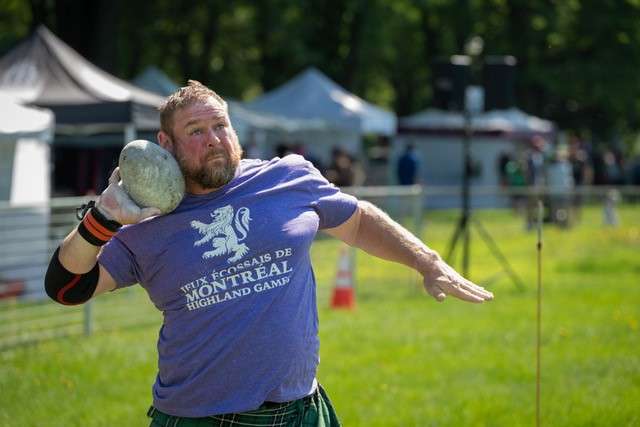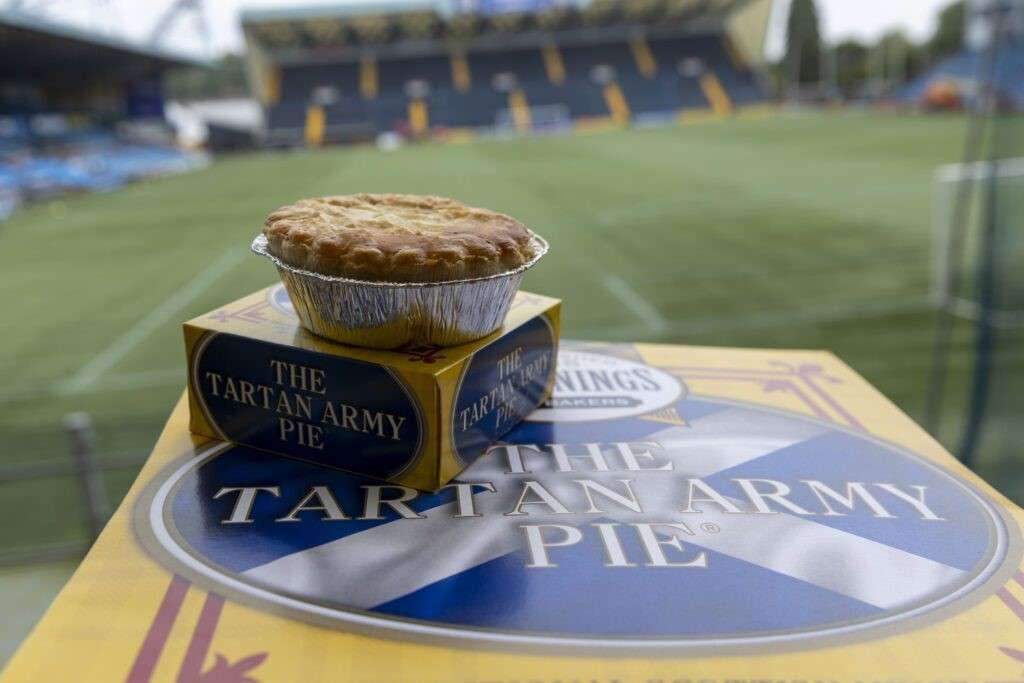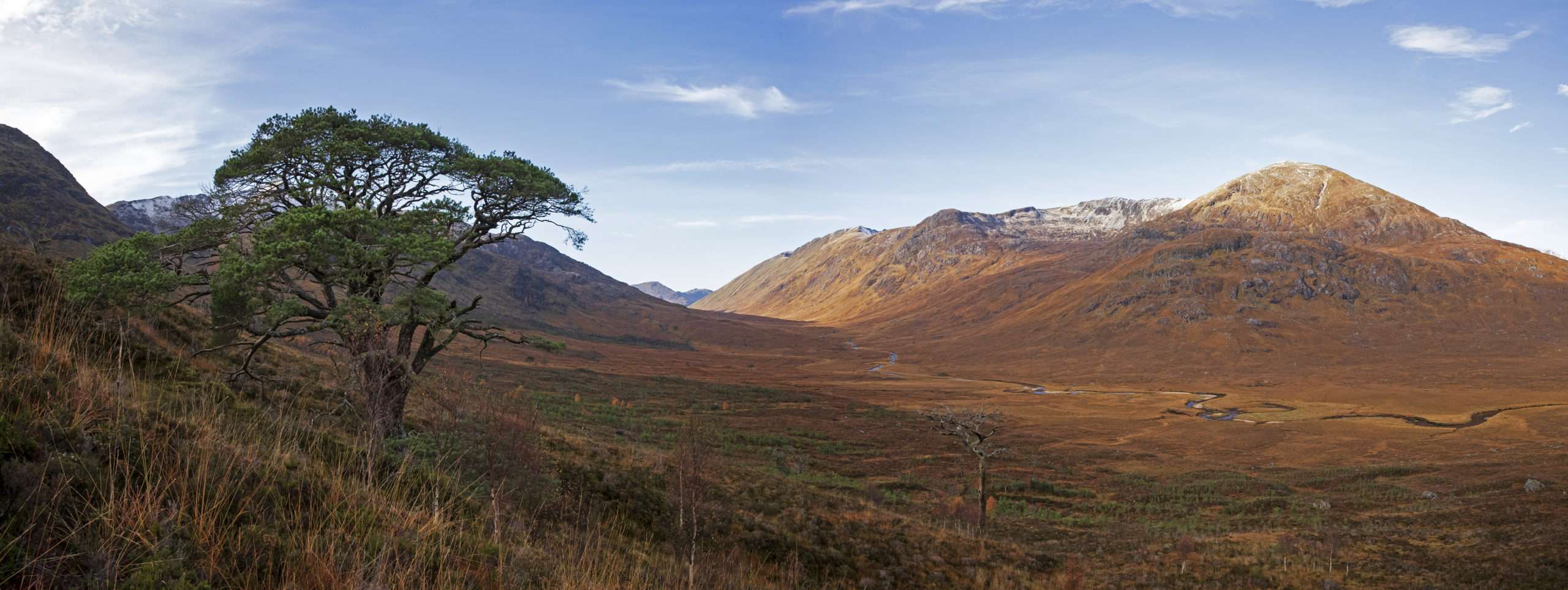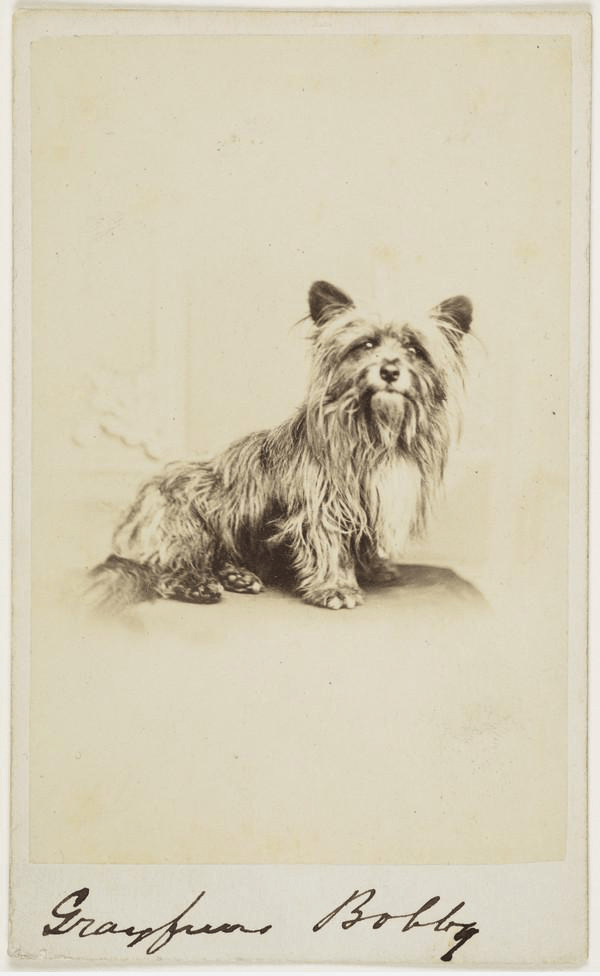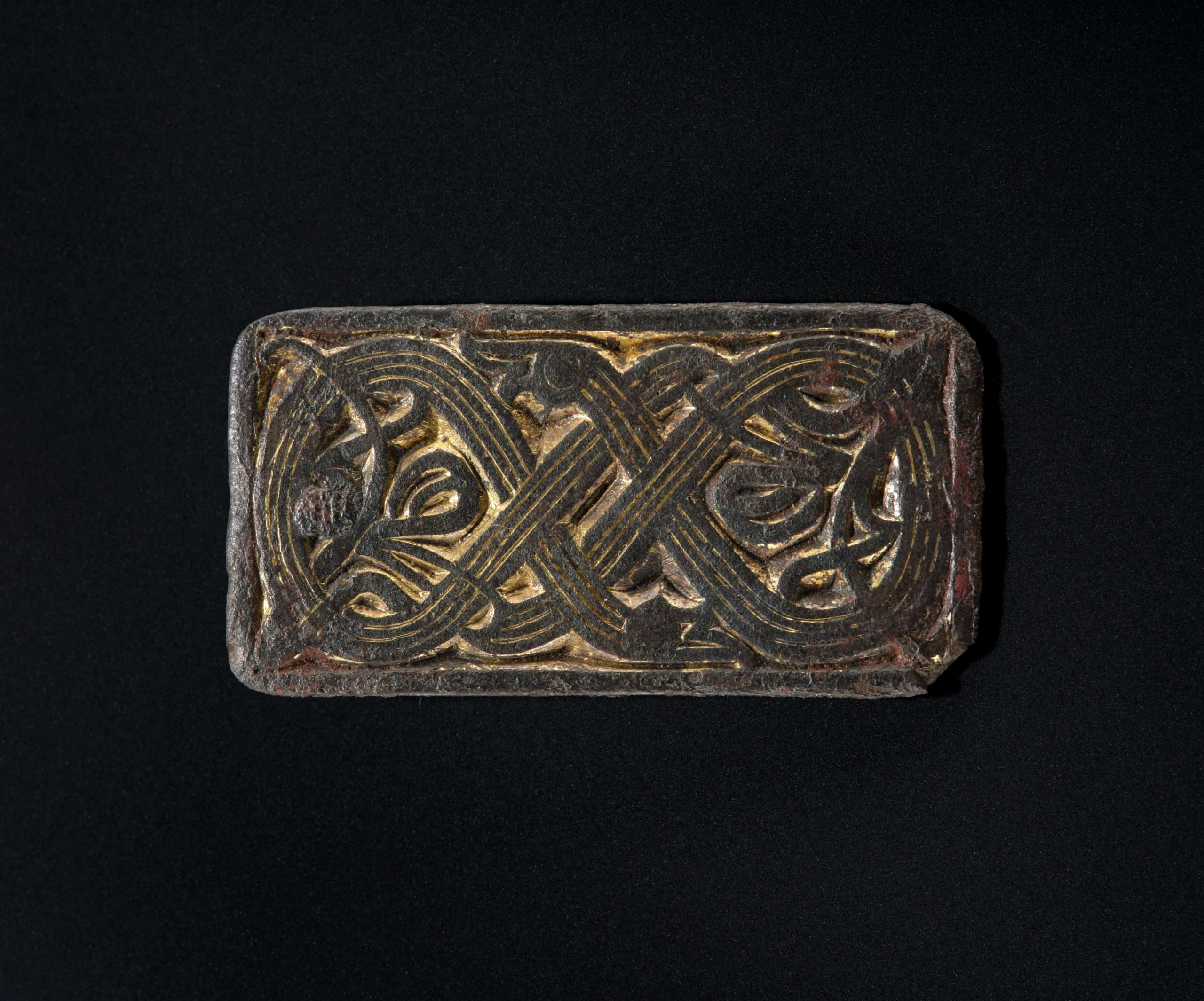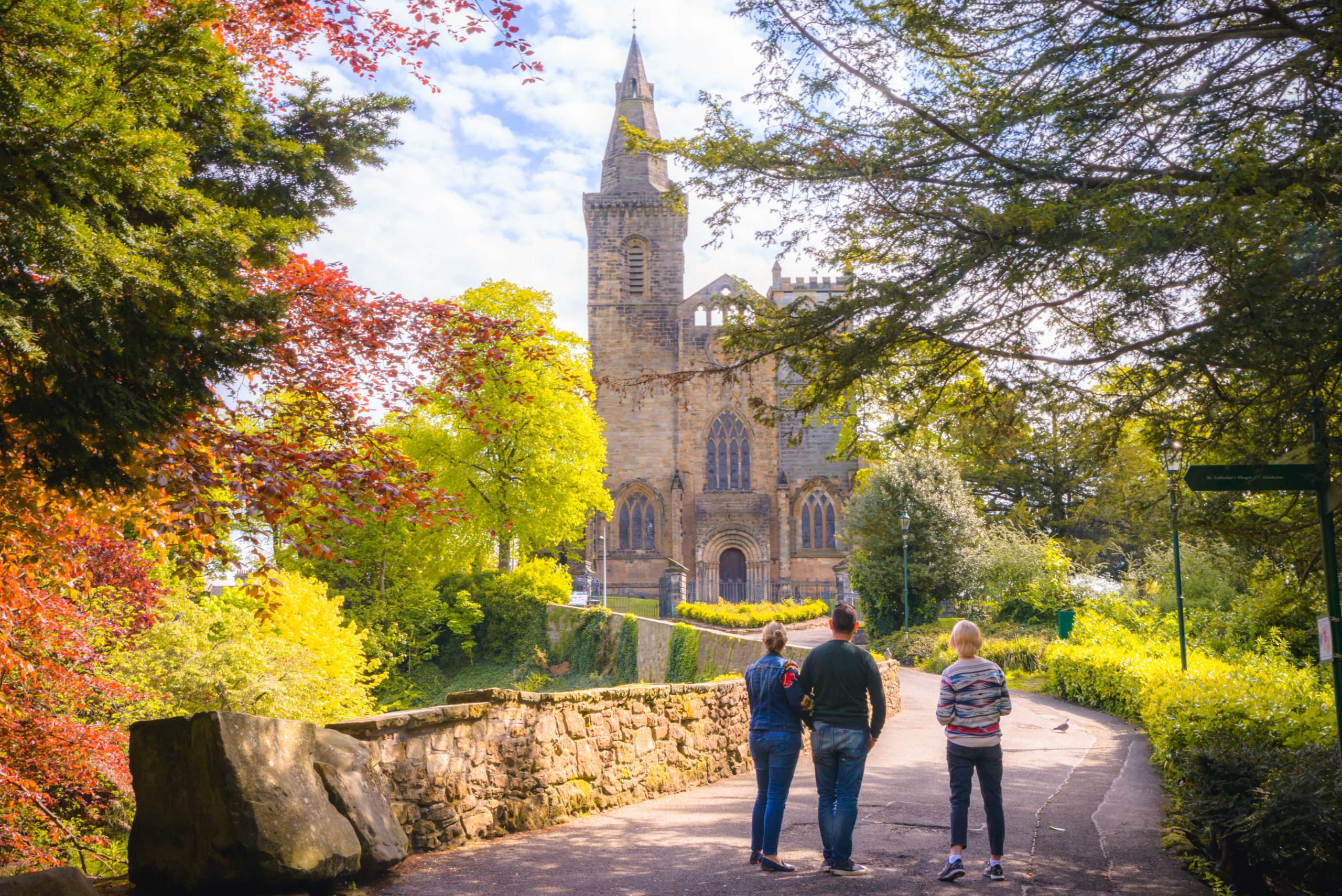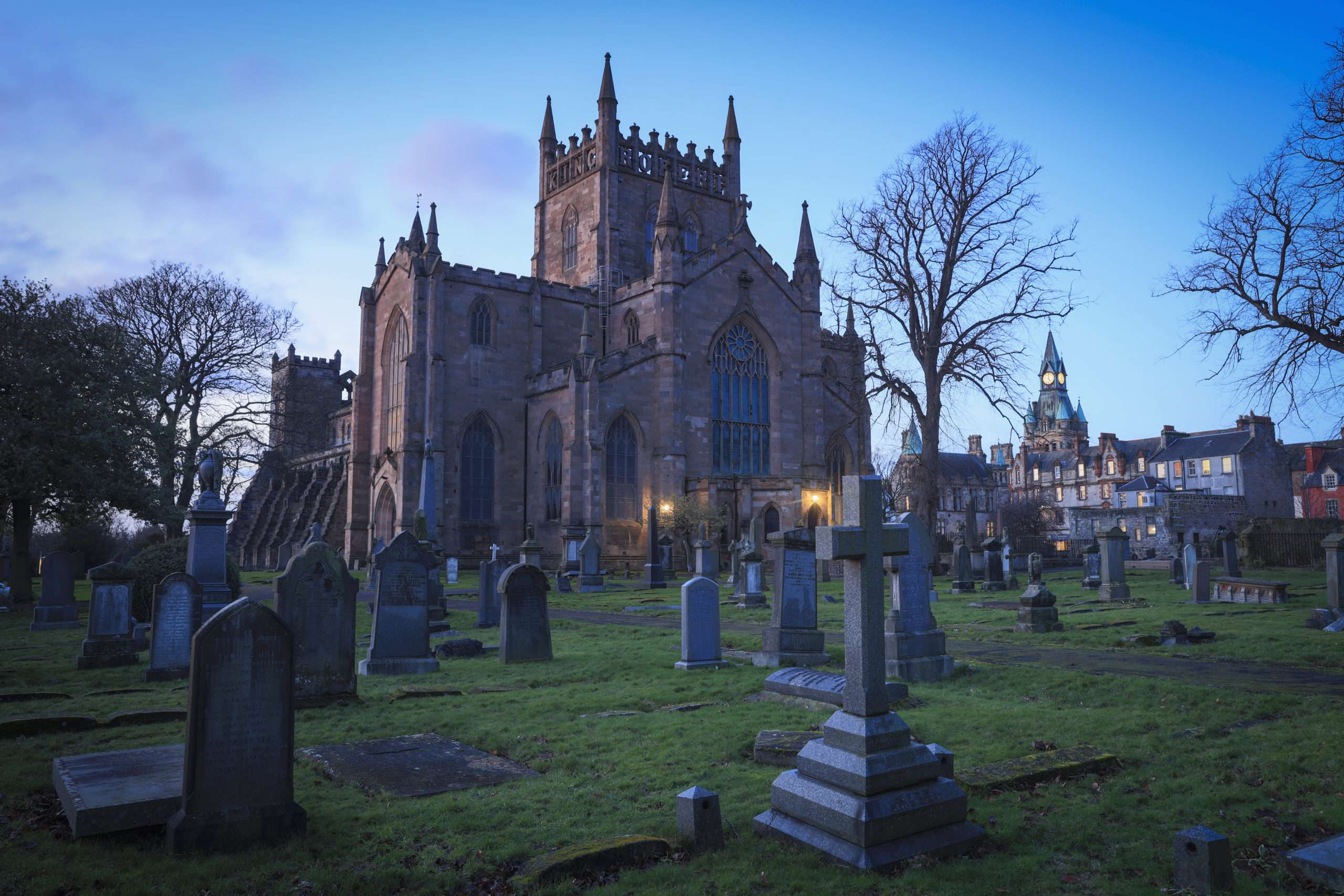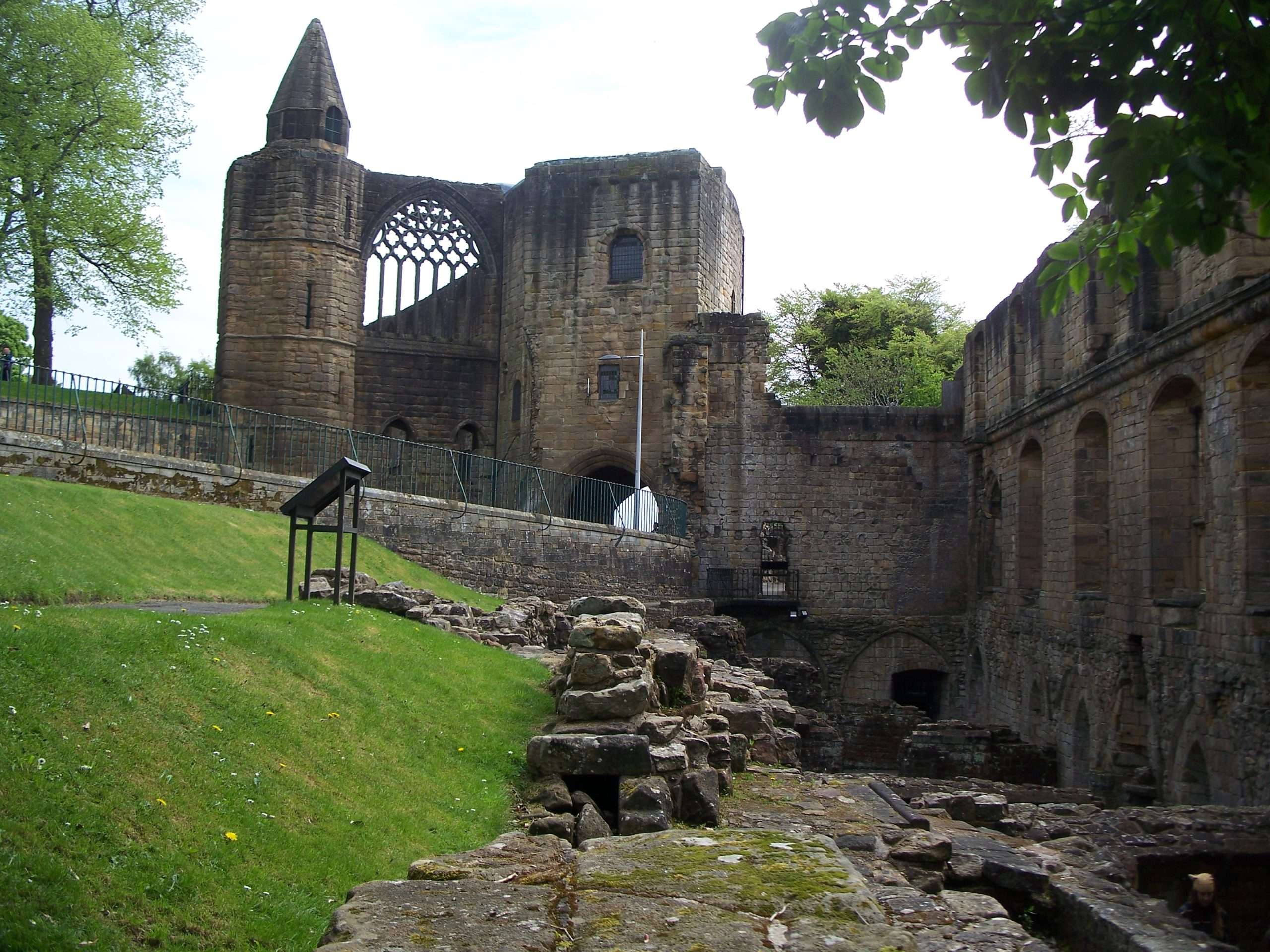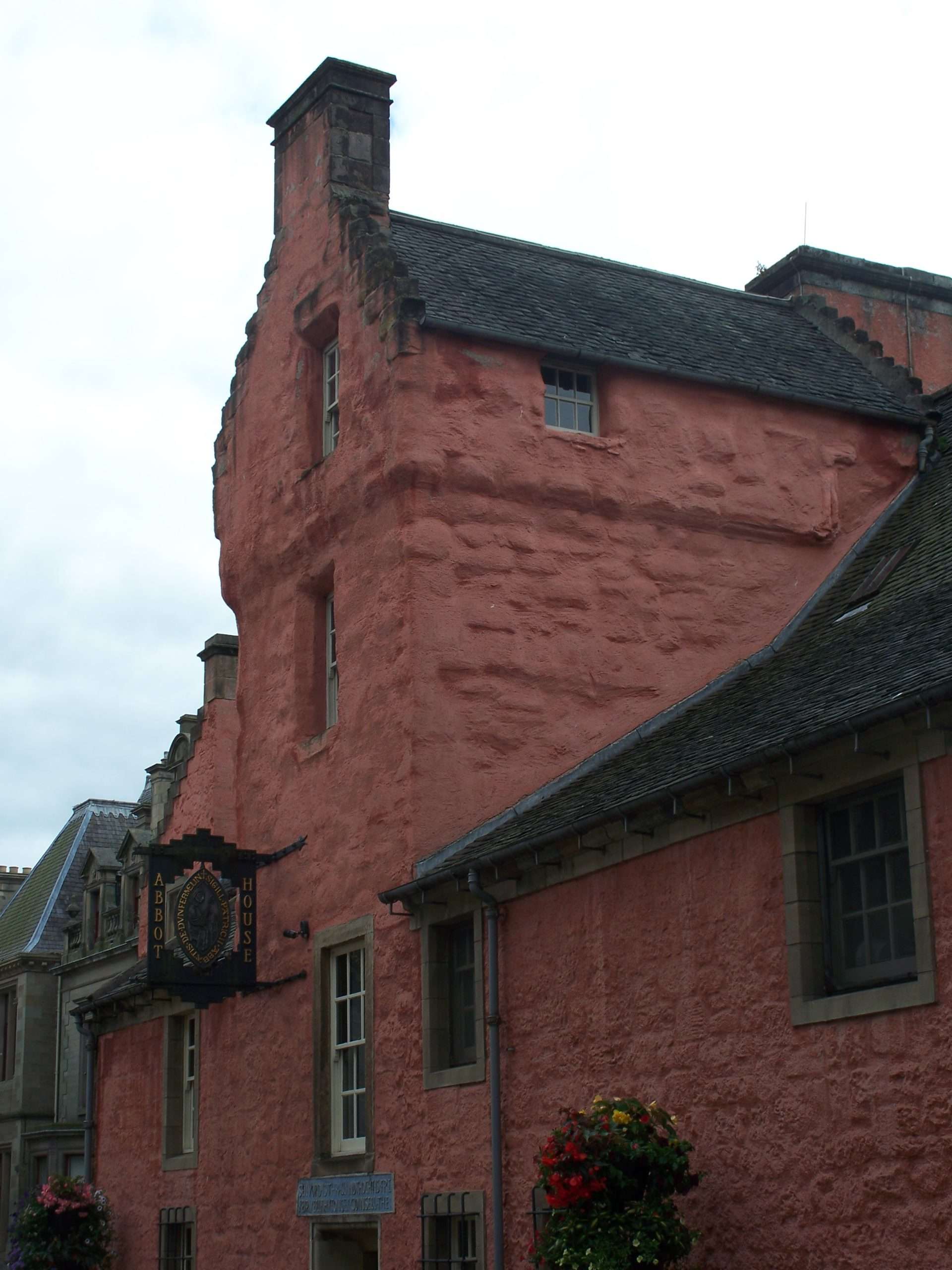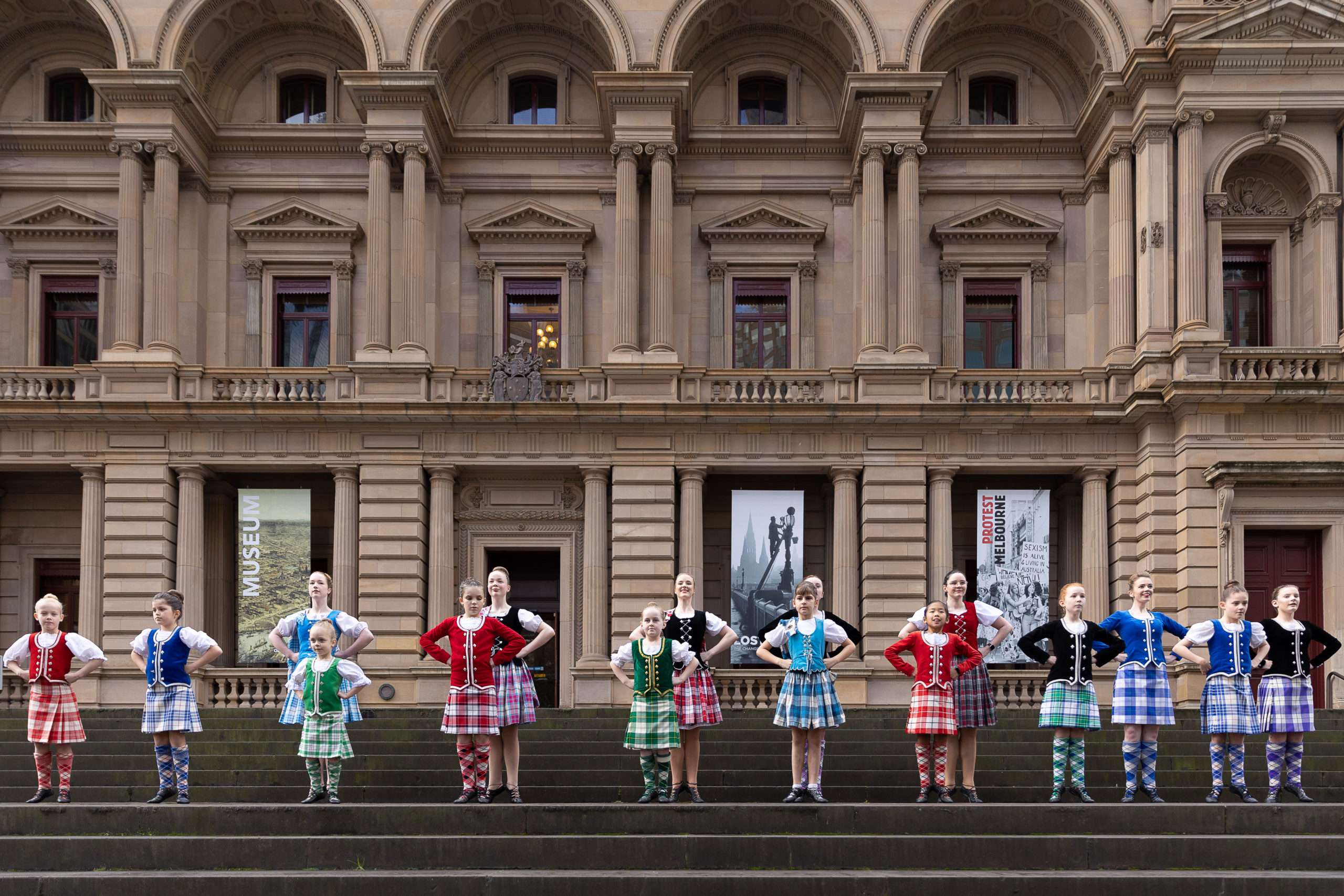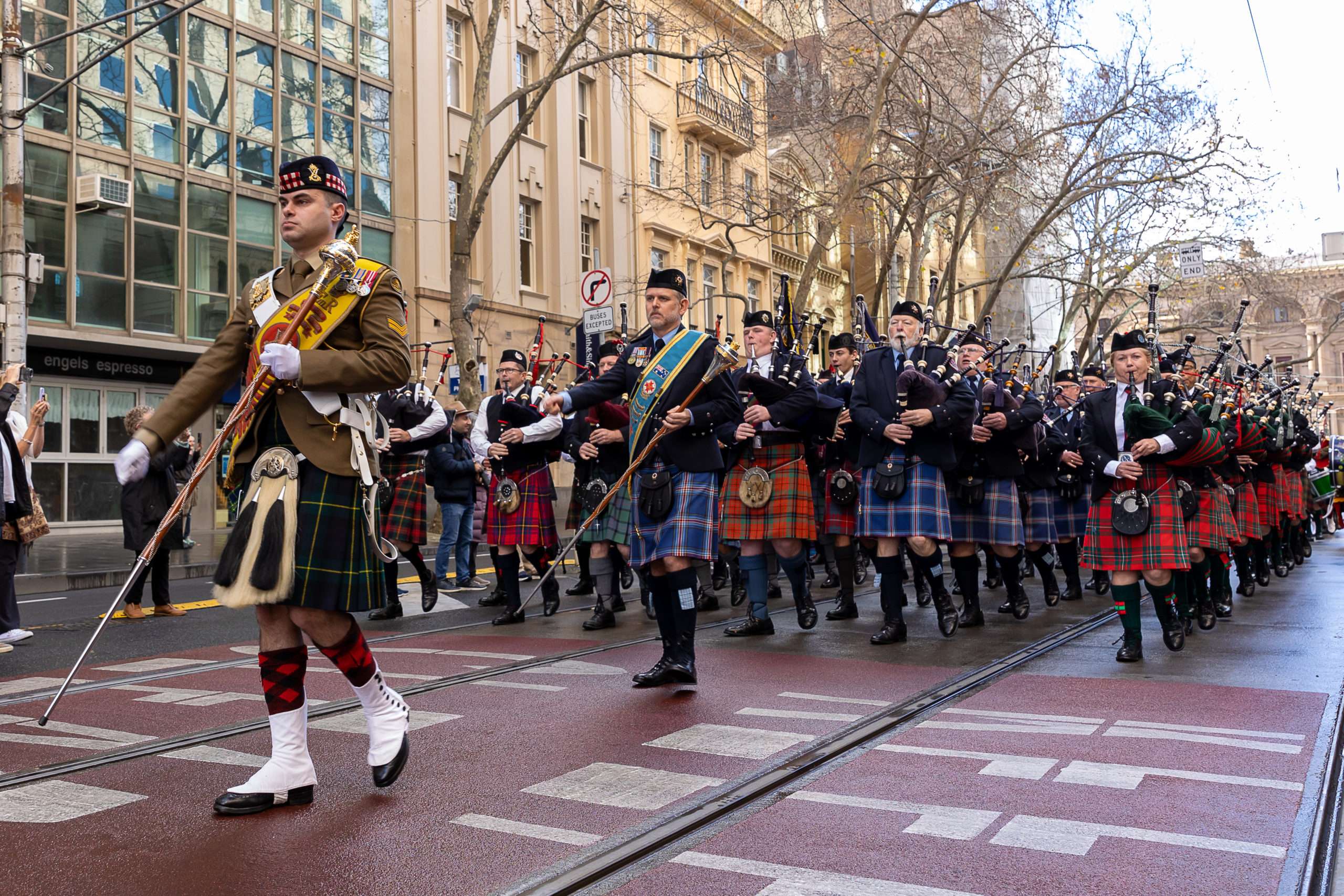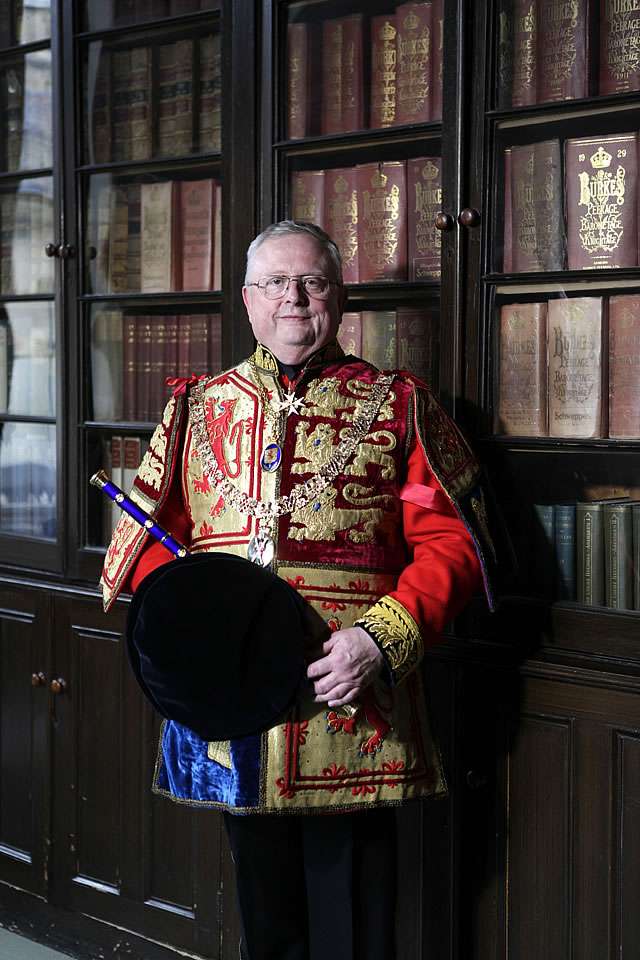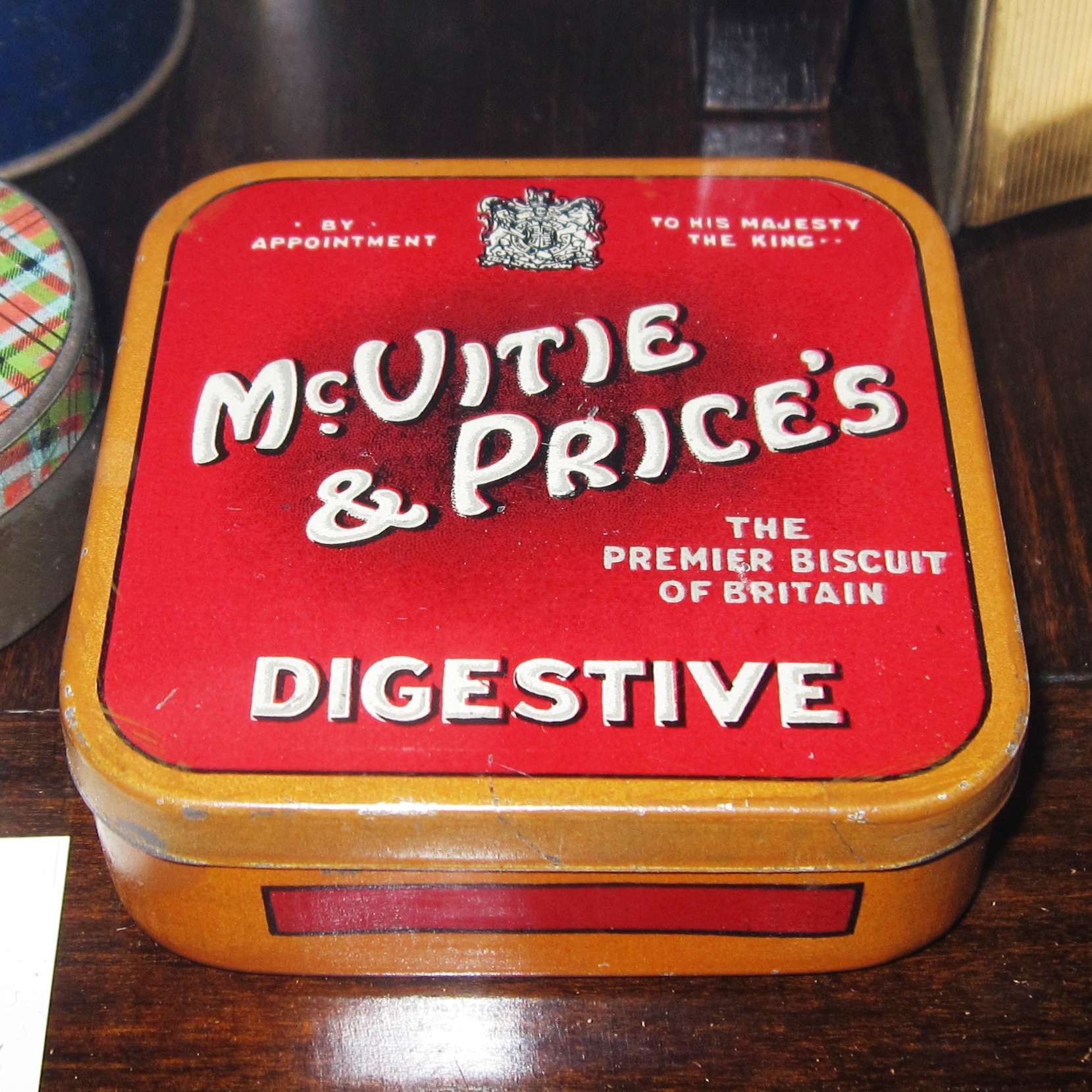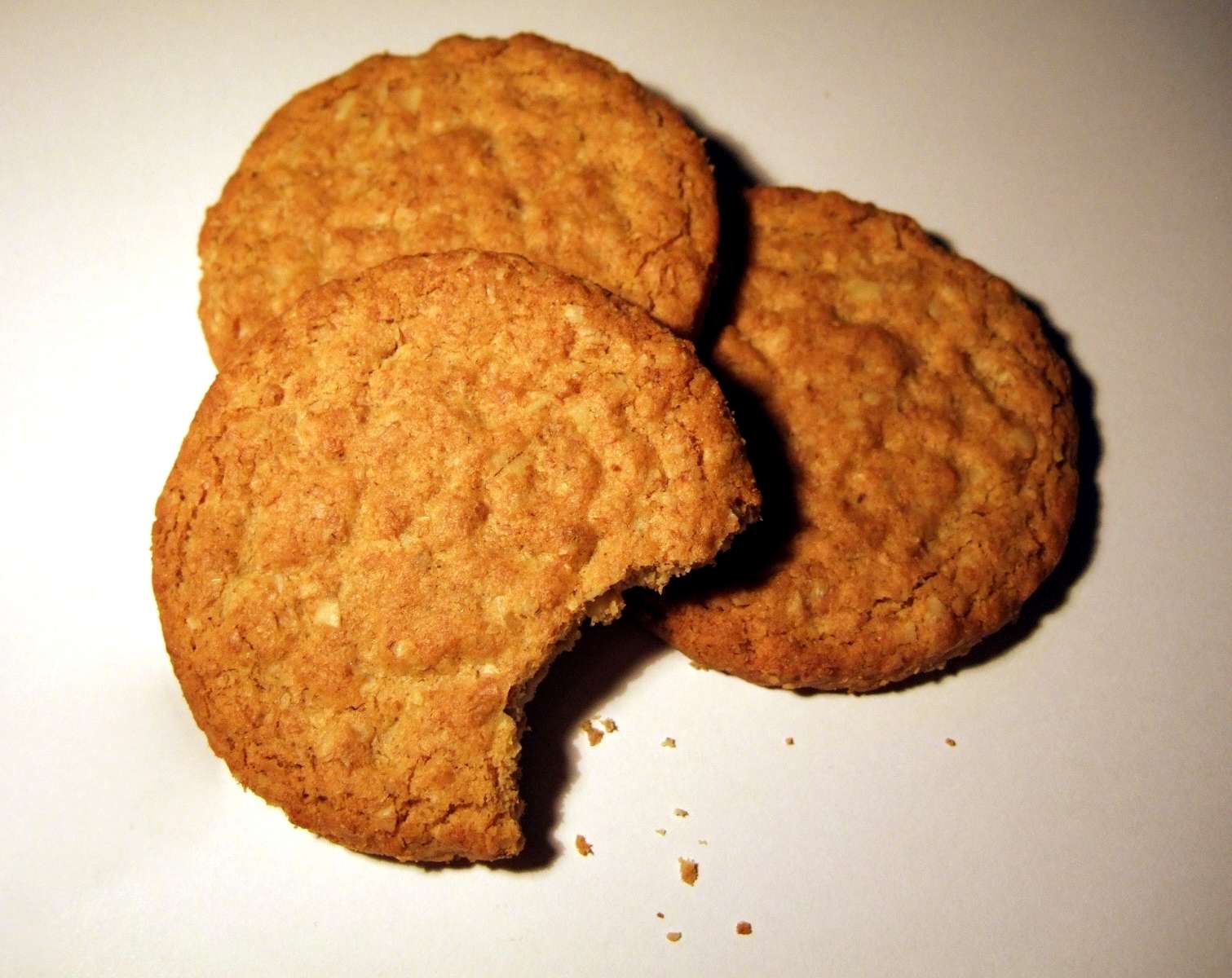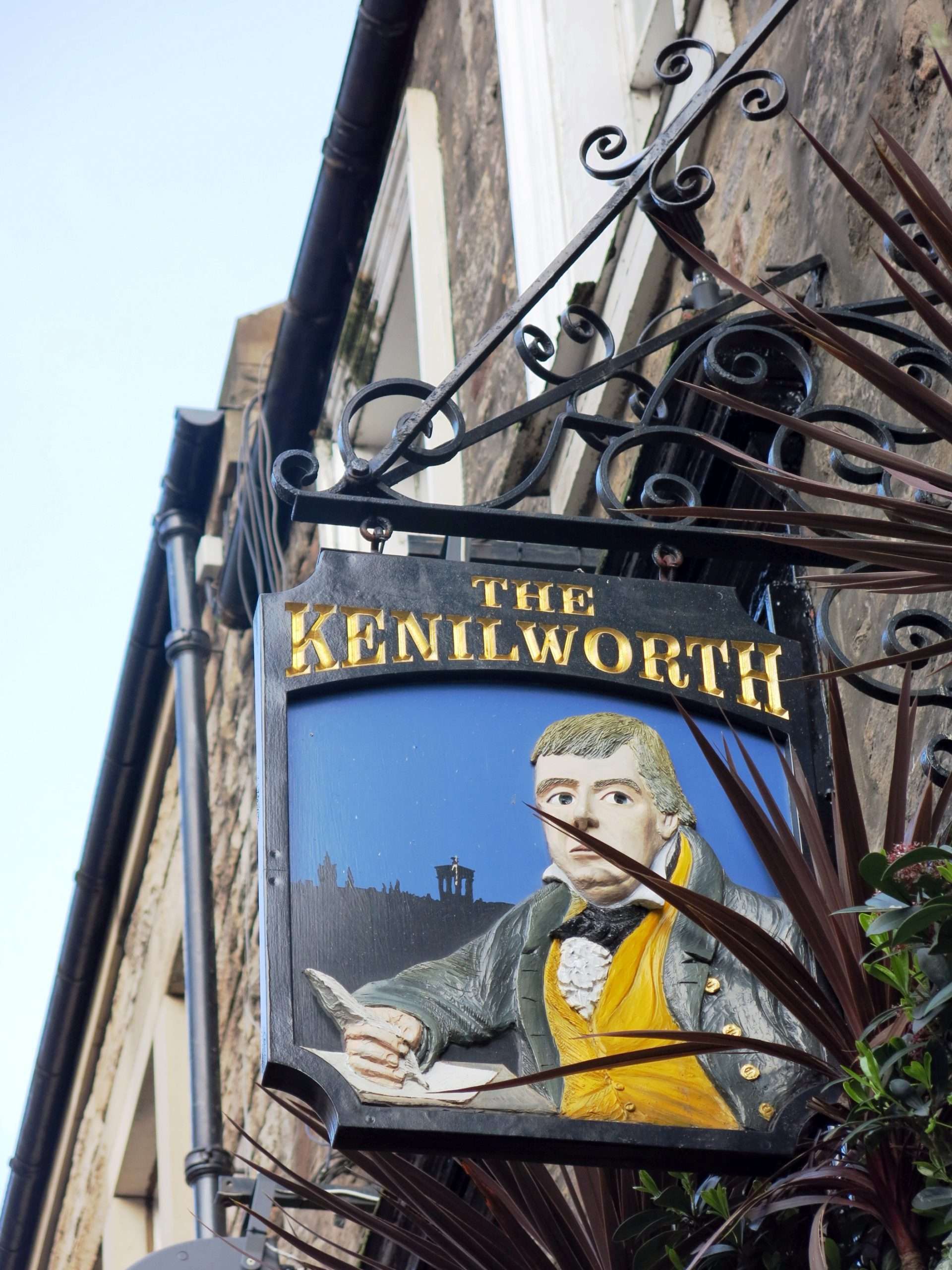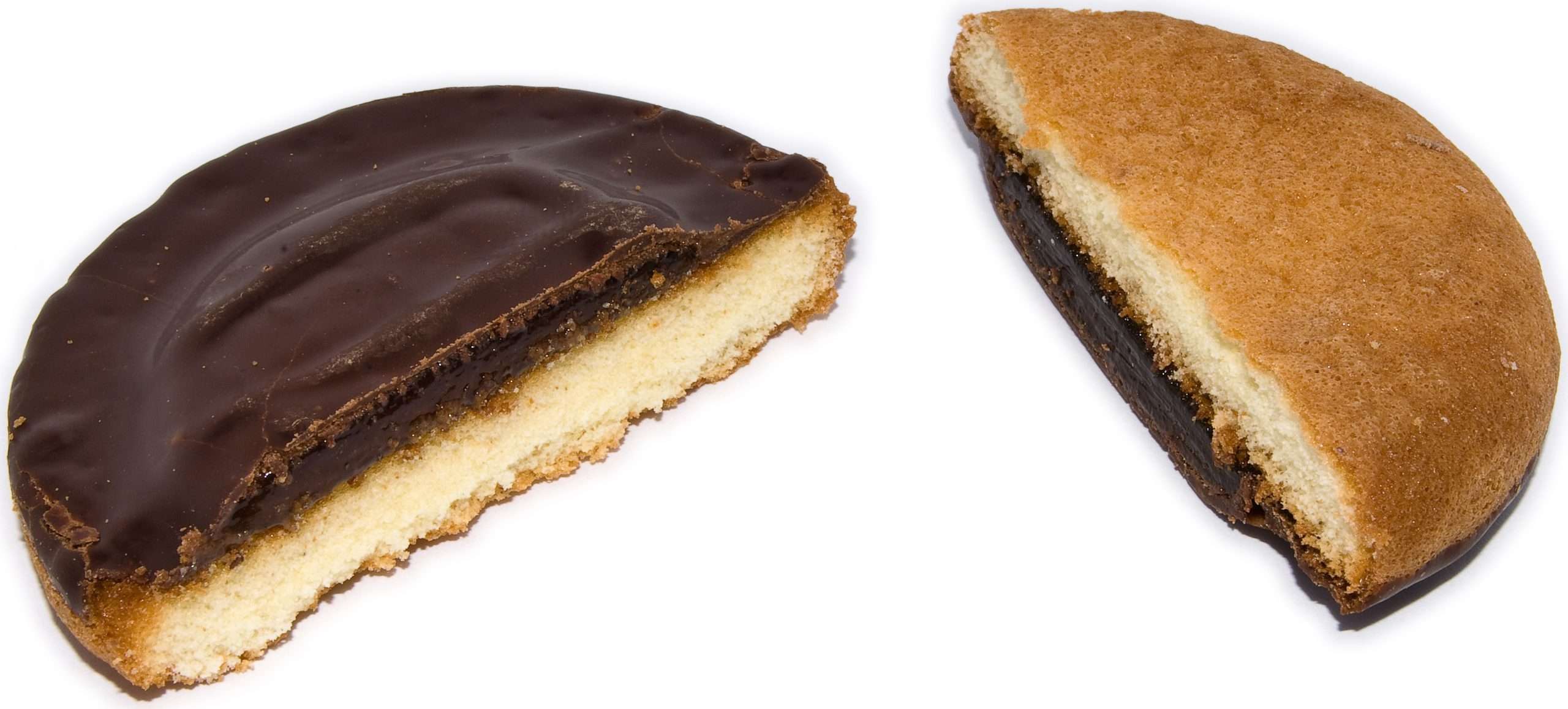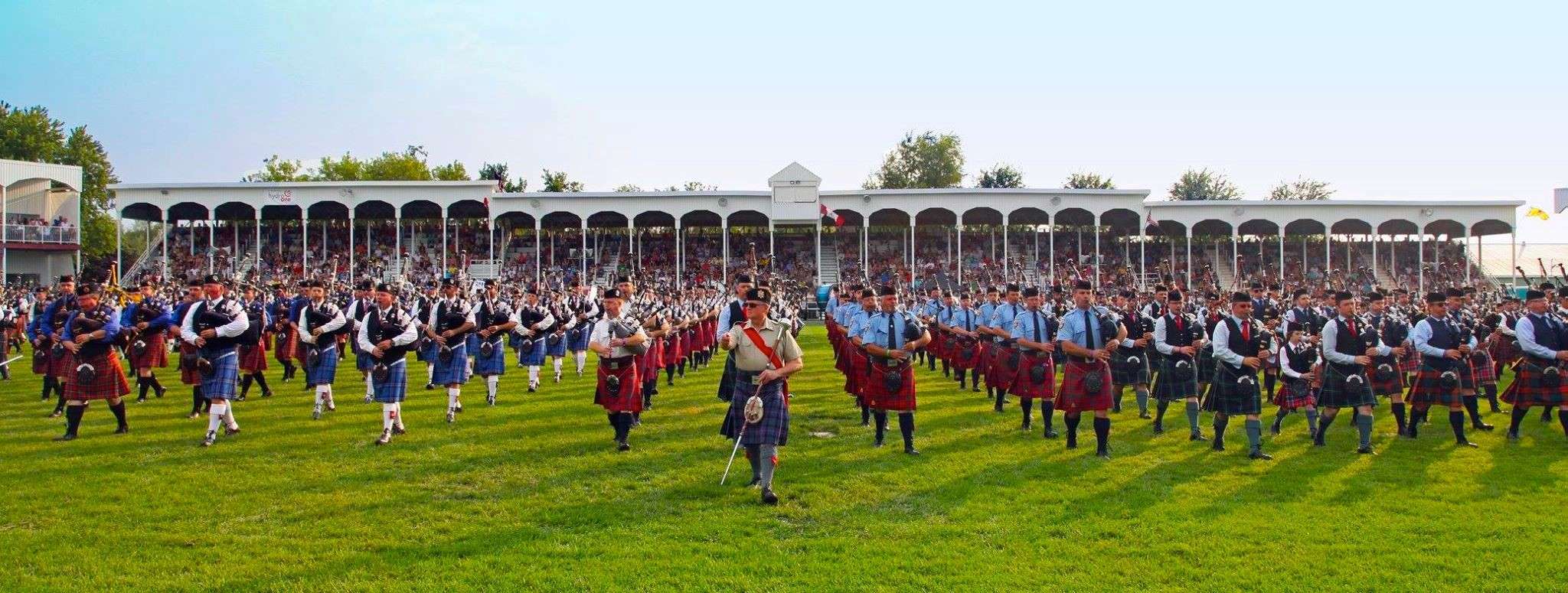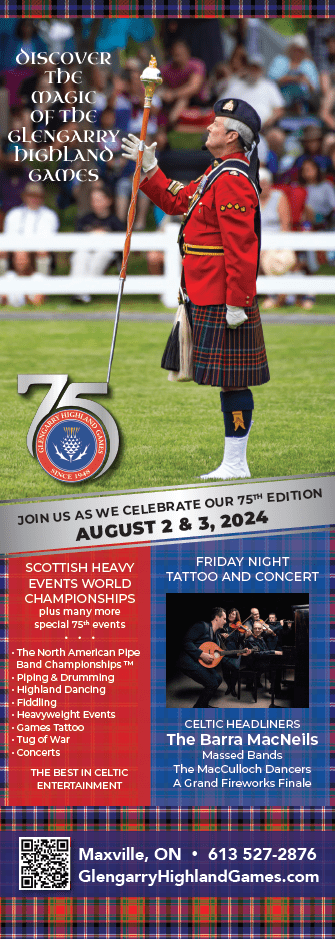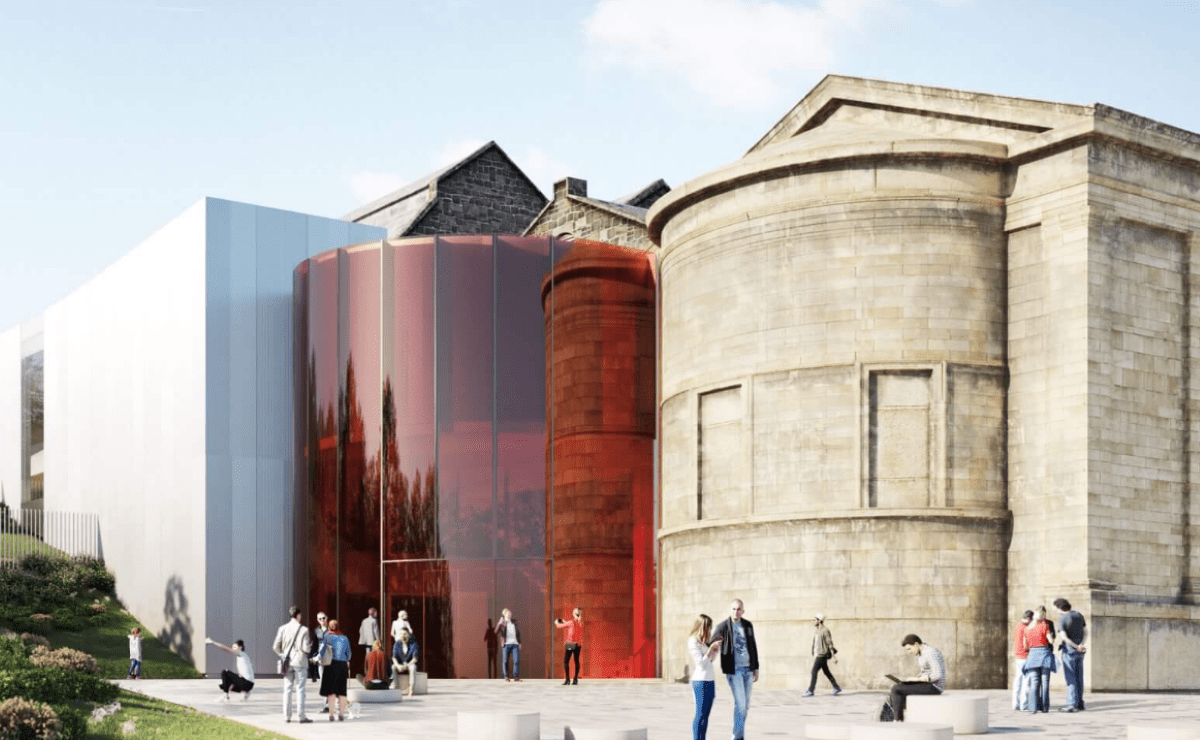The Scottish Banner speaks to Andy Scott
Sculptor Andy Scott was born and raised in Glasgow and is a graduate of the Glasgow School of Art. His works can be seen across Scotland, as well and other parts of the UK and internationally including in Australia and the USA. His most iconic work are The Kelpies, the world’s largest equine sculptures, which are celebrating their 10-year anniversary this year. Andy took the time to speak to the Scottish Banner on the challenges of implementing such a project, creating a landmark for Scotland and how his home of Glasgow forever stays with him.
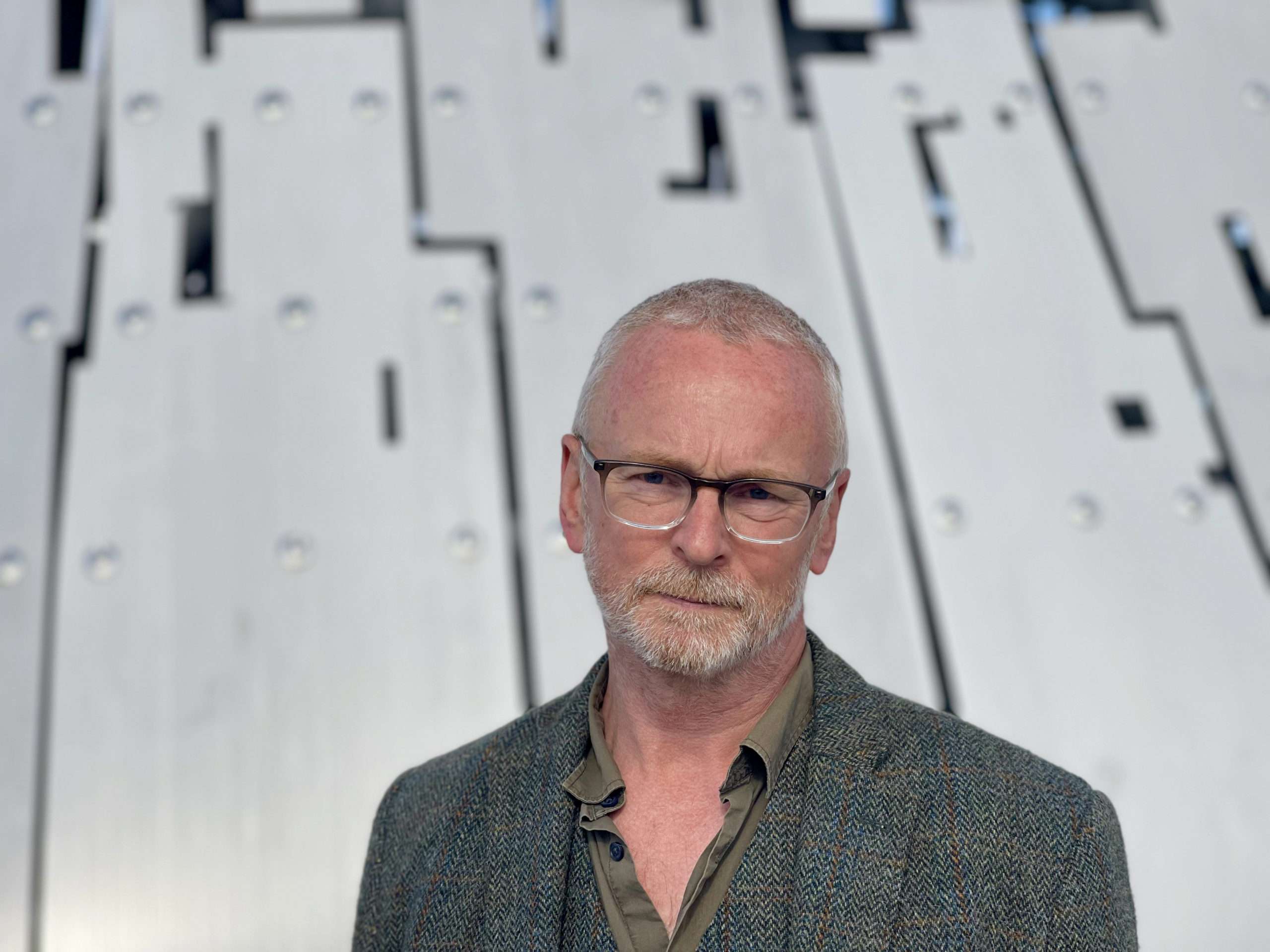
2024 marks the 10th anniversary of The Kelpies. Can you tell us briefly how the concept two landmark 30 metre steel horses in Falkirk came to be?
I was approached by Scottish Canals who wanted to create a large piece on a new development to compliment the already popular Falkirk Wheel. They had wanted something mythological, but I decided to try something to do with horses and the heritage they have played in central Scotland’s industrial past. It took an incredible amount of effort, as you can imagine, and was an expensive project. This all started about 18 or 19 years ago, so it took a long time to come to fruition.
How many logistical challenges did you face drawing up your plans for The Kelpies from your Glasgow work studio to actually implementing the largest equine sculptures in the world?
The easy part was the design stuff and working out how they would look and be created. We engaged an excellent structural engineering company from Yorkshire, and they took over the reigns on many things. We did have the challenges with logistics, infrastructure and bureaucracy. This also was not just the sculptures themselves, but a major parks redevelopment with the creation of The Helix and the whole project was a very complicated undertaking. The creation of the sculptures themselves was not as difficult as some other challenges we had, but we got there in the end, and it was a major triumph, and it was all worth the effort.
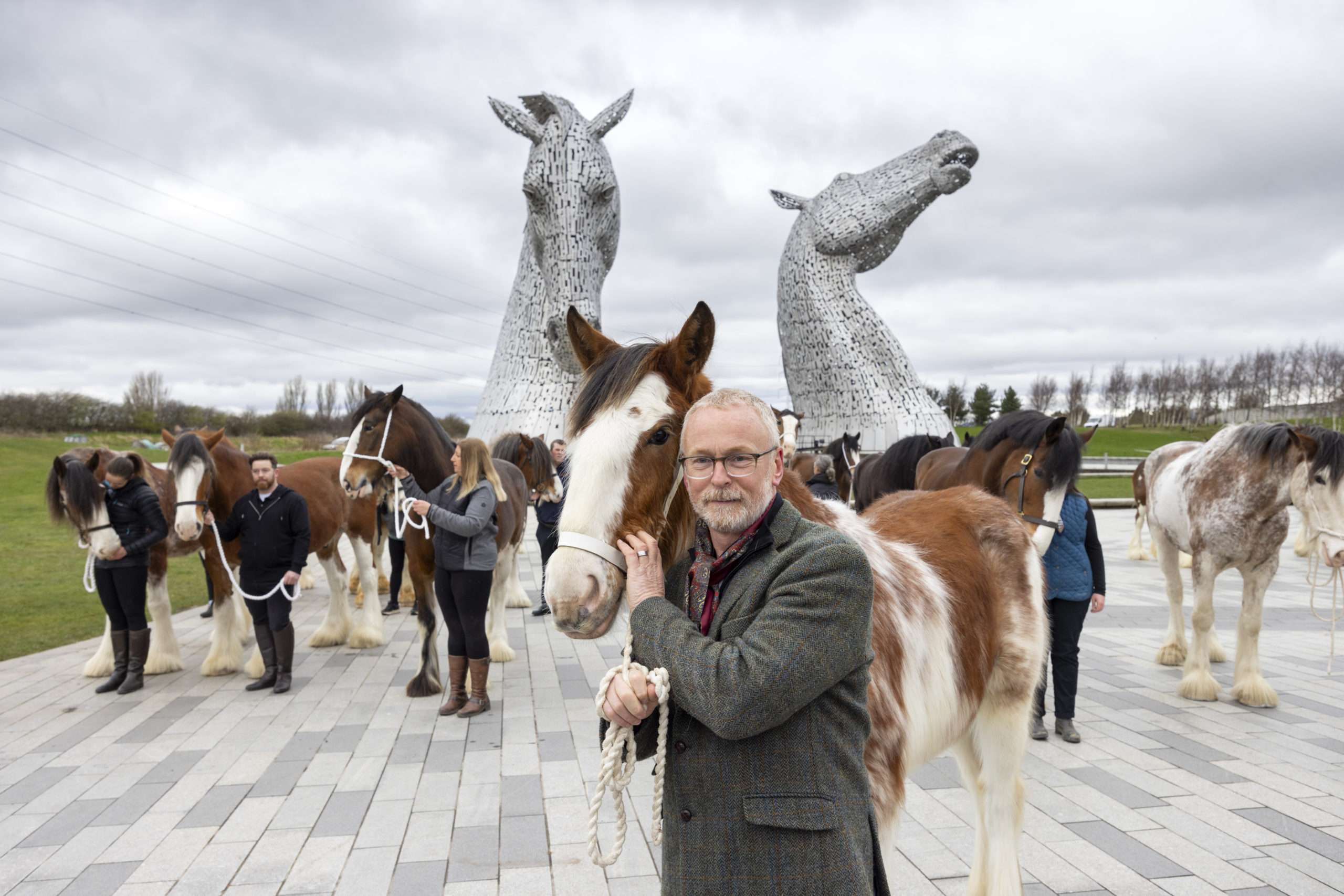
For those who are not aware each statue has a name, can you tell us how the names Duke and Baron came to be?
The names came from when I did the first small scale models of The Kelpies. When I was fine tuning those early models, I was fortunate to have two Clydesdale horses called Baron and Duke come and visit me at my studio in Maryhill in Glasgow. As Baron and Duke were my models for the project their names were inherited, and it is a lovely they have now been immortalised in this way.
The Kelpies have been seen by millions of people and are now one of Scotland’s iconic attractions. How does that make you feel to know your work has had such a positive impact on Scottish tourism and culture?
It really makes me feel really proud. Of course it was not just me that was behind this project, there were hundreds of people, and I am simply the figurehead. I feel like I just scored the winning goal as there was a whole team behind me. There is almost a day that does not go by where we do not get to see pictures of The Kelpies, it is so popular with photographers in Scotland and that makes me so proud to have been part of this unique project. I am immensely proud how The Kelpies have been received by the people of Scotland and beyond. I am also particularly proud of how the people of Scotland and in particular the Falkirk and Grangemouth area have embraced The Kelpies and really taken them to their hearts.
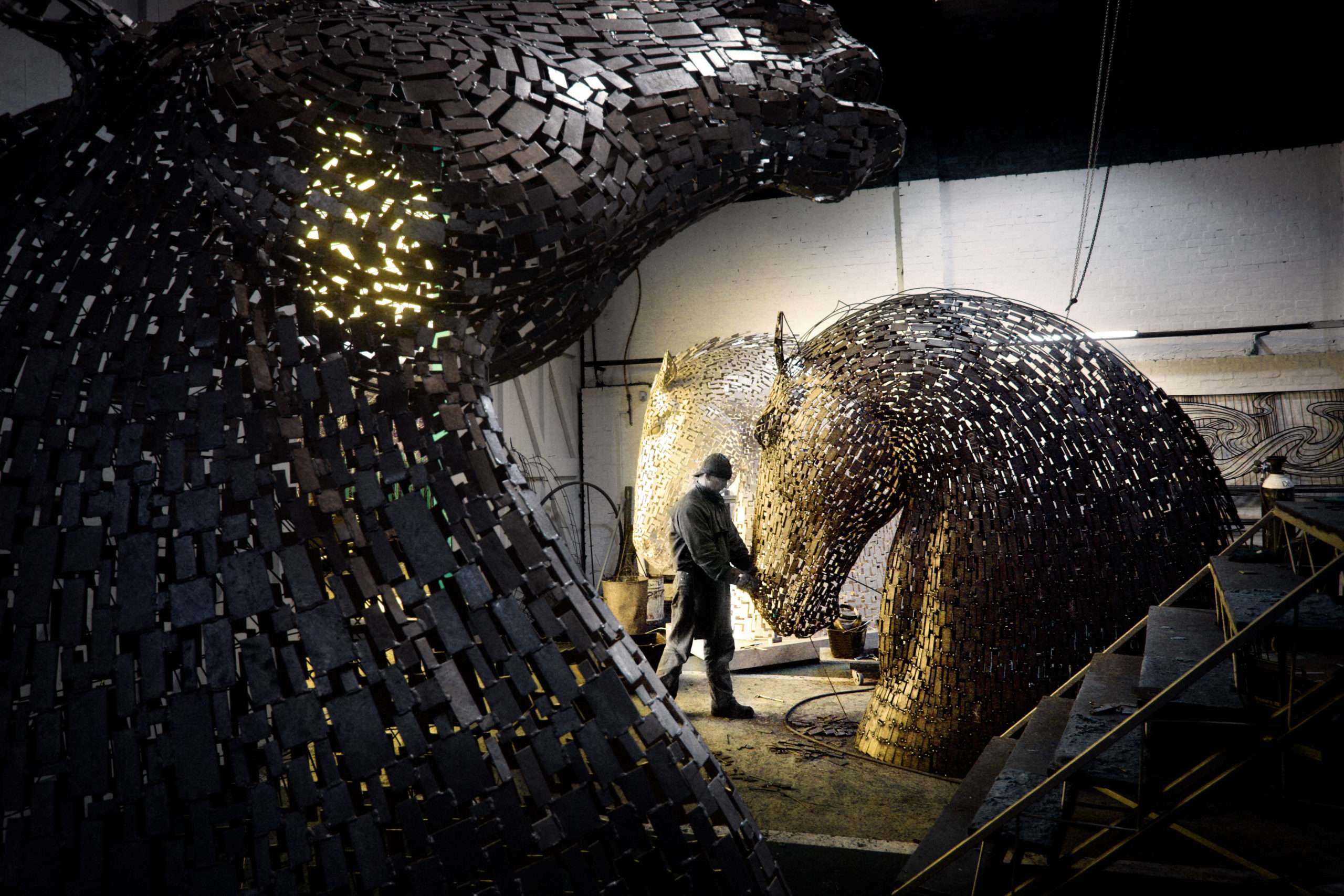
You are most known and celebrated for The Kelpies, however that project was by far you’re most challenging. Knowing what you know now of what you went through to complete The Kelpies, and also how well they have now been received across the world, would you do it all again?
I think the answer to that would be never say never. It really did have challenges, but then again, any big project does. We had many hurdles to get through, but we also had an amazing team helping to push the project as we went. I think if the right elements were in in place I could, and you never know what the future holds. I look back at how the project went and for my career it was quite the achievement.
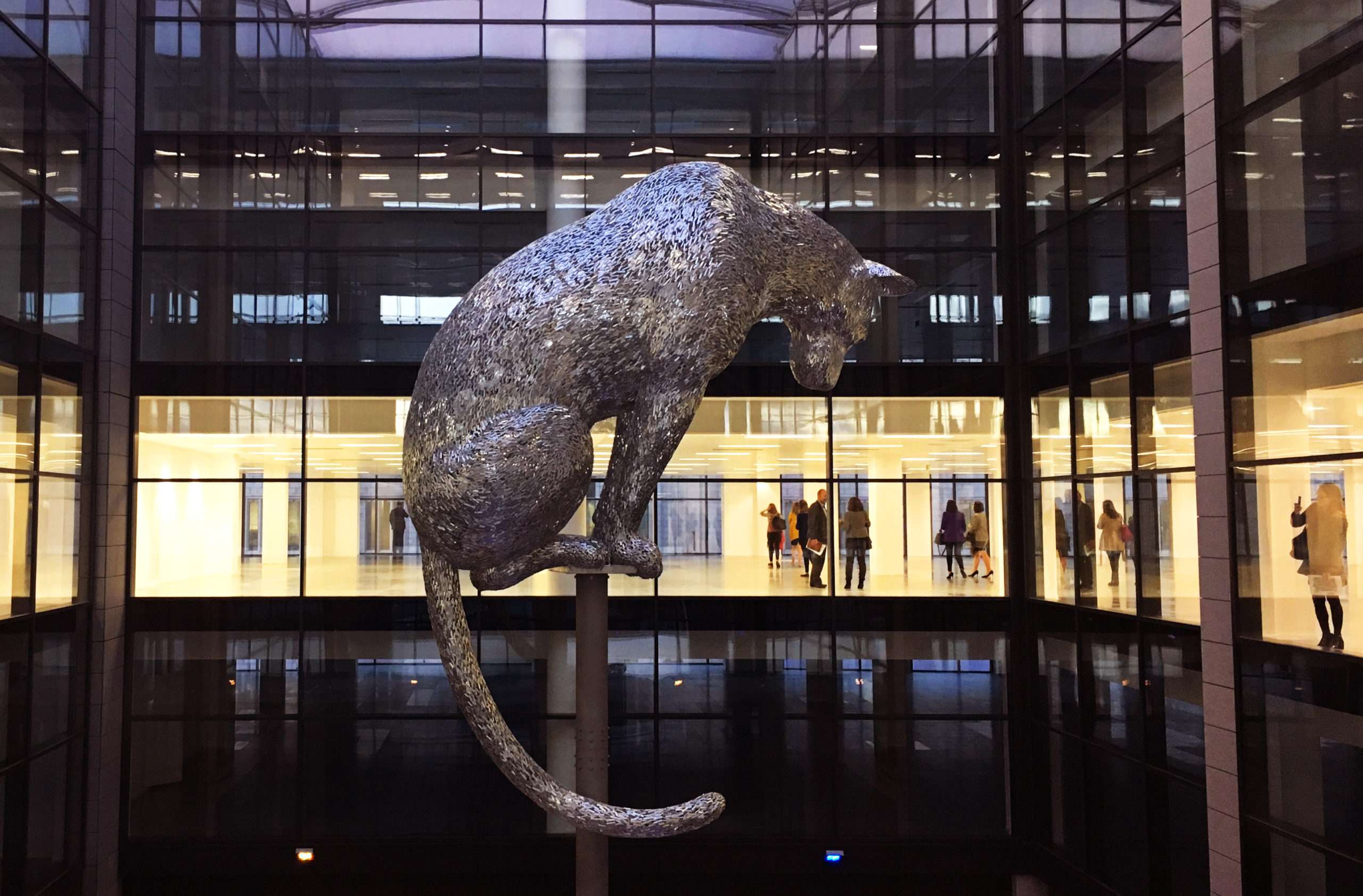
Outside of The Kelpies you have created many amazing pieces which include animals, what is it about recreating animals that inspires you so much?
I do like to work with animals, and I think most people can relate to animals at some level. There is a stronger connection for many with an animal, or a human form, than an inanimate object. I try not and over analyse it too much, but I have done many animal works and horses have clearly been a theme of my work. I feel an animal or human encourages more interaction with the audience. Using animals can have more meaning than you may think, in Aberdeen I did a leopard sculpture which some may know that the leopard is a heraldic symbol of Aberdeen, and it has been a part of the city’s history for centuries and some may just think it is a sculpture of a cat. But that is art. My head is bursting with all kinds of ideas, and some will never come to light, but I think many artists can relate to that.
You clearly thrive working with steel. What is about steel that you find so compelling to create with?
I am not sure it may be just the way I am made. Coming from Glasgow with all that industrial shipbuilding heritage it may just be in my DNA. Over the years I have worked with steel and really enjoyed it. I find it nearly a more gentle and easier thing to work with and it really does provide great results.
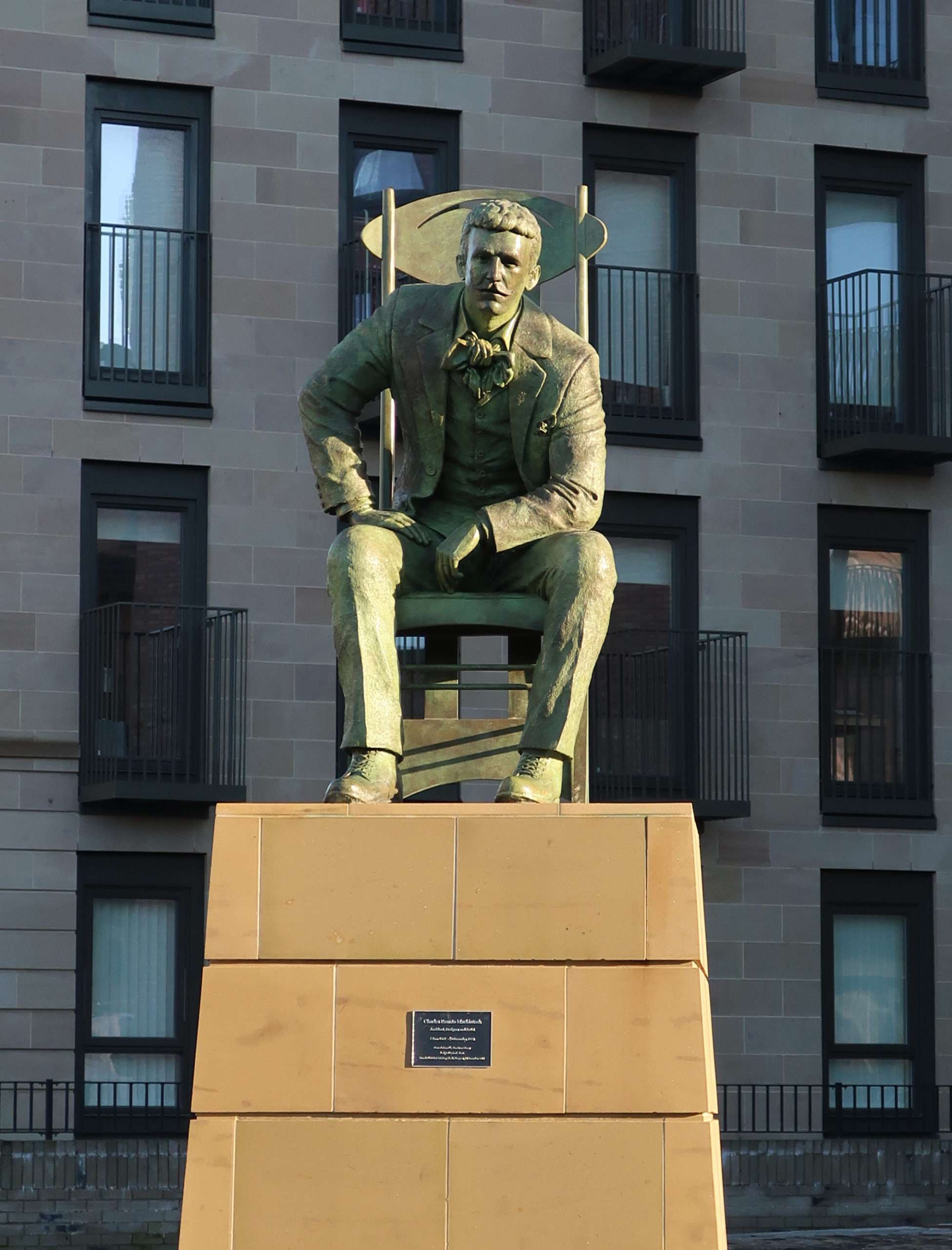
You are a proud son of Glasgow, what is it about your home city you love and now miss as you live in the USA? Also, as a graduate of the Glasgow School of Art how did it make you feel to make the world’s first public statue of the school’s creator and Glasgow icon Charles Rennie Mackintosh?
I now live in California but get back to Glasgow from time to time and I always know it is where I am from. I still have family there and great friends and I am very proud of the city. The architectural heritage of the city is incredible, the Victorian and Edwardian, and never leaves me. There is also a great art scene, music and there is great pubs and food there. Glasgow will always be with me, I sometimes think if they cut me open some the River Clyde will simply run out of me, plus I have a Glasgow accent so there is not getting rid of that!
It really was amazing project to do the Charles Rennie Mackintosh statue. Being a graduate of the Glasgow School of Art, this project created an extra layer of excitement for me. I had a hard time getting that one off the ground as Glasgow City Council nor the Glasgow School of Art were interested in it. The artwork was in fact commissioned by the Sanctuary Group, a social housing provider, to mark the regeneration of Anderston in Glasgow. This statue is long overdue, and I was really pushing to do him and his wife. Sadly, my client’s budget could only go so far but I hope we can also do Margaret Macdonald one day as she also did so much for Glasgow and art.

Main photo: The Kelpies at night. Photo: VisitScotland/Kenny Lam.

